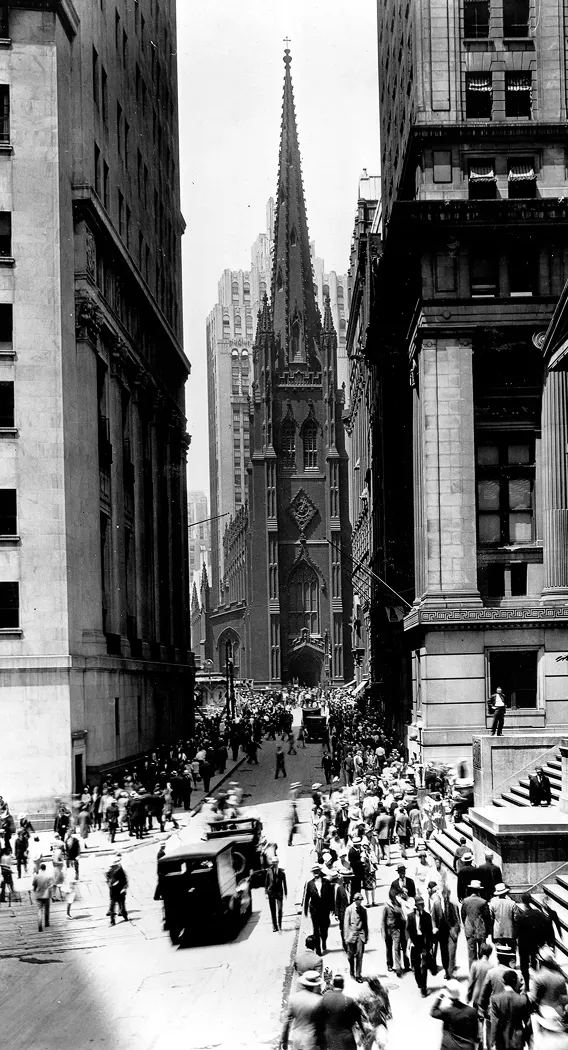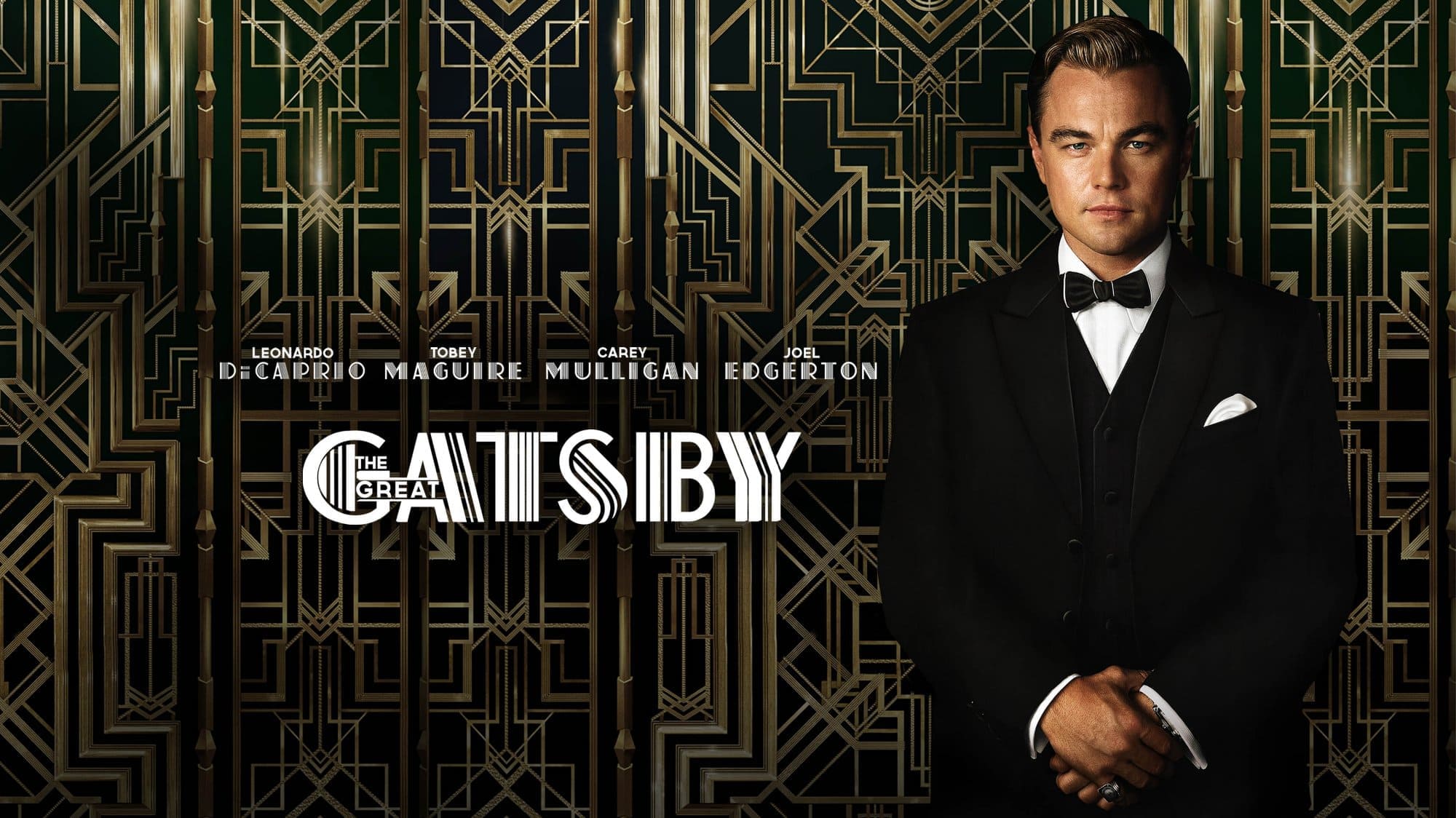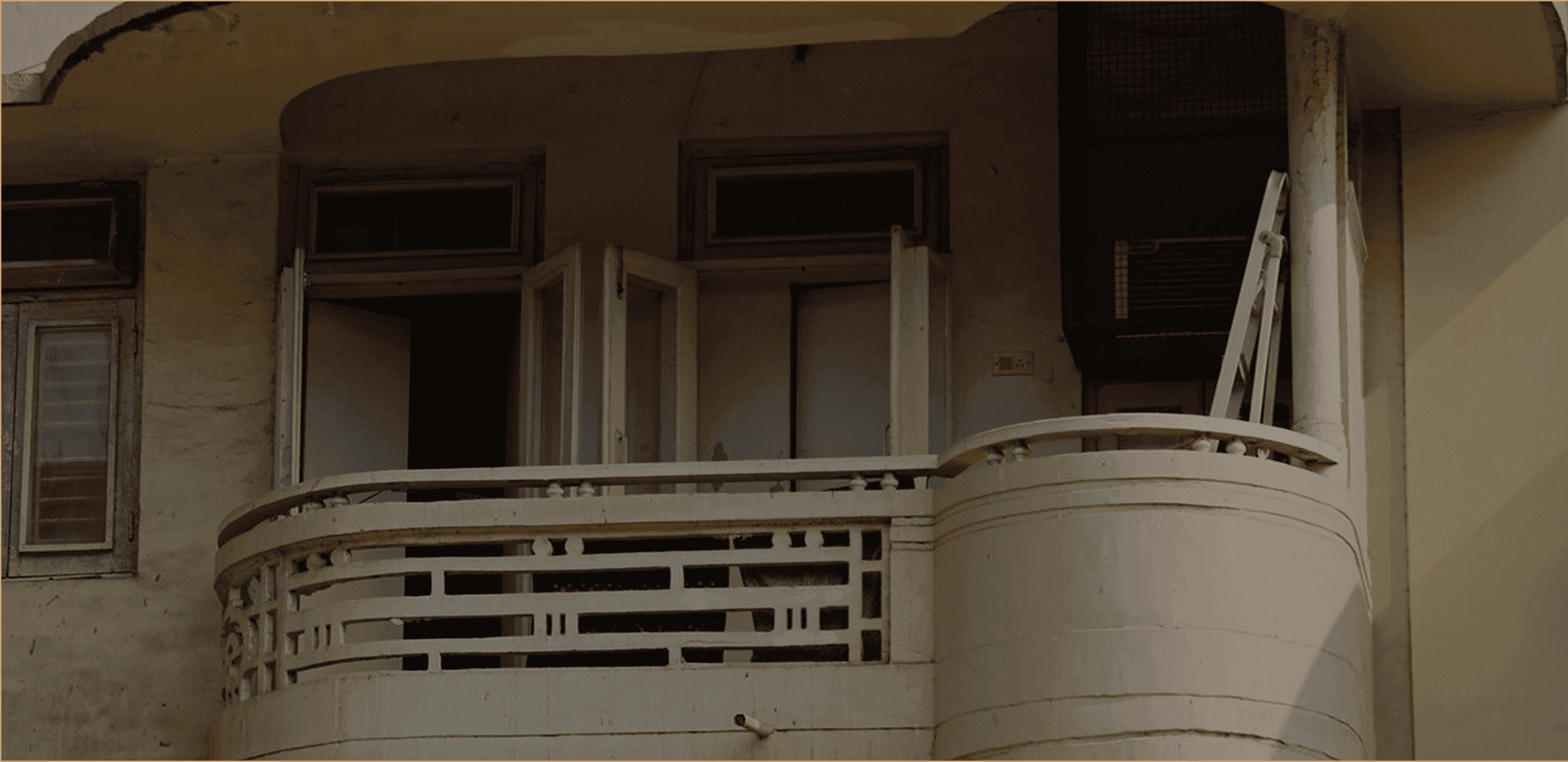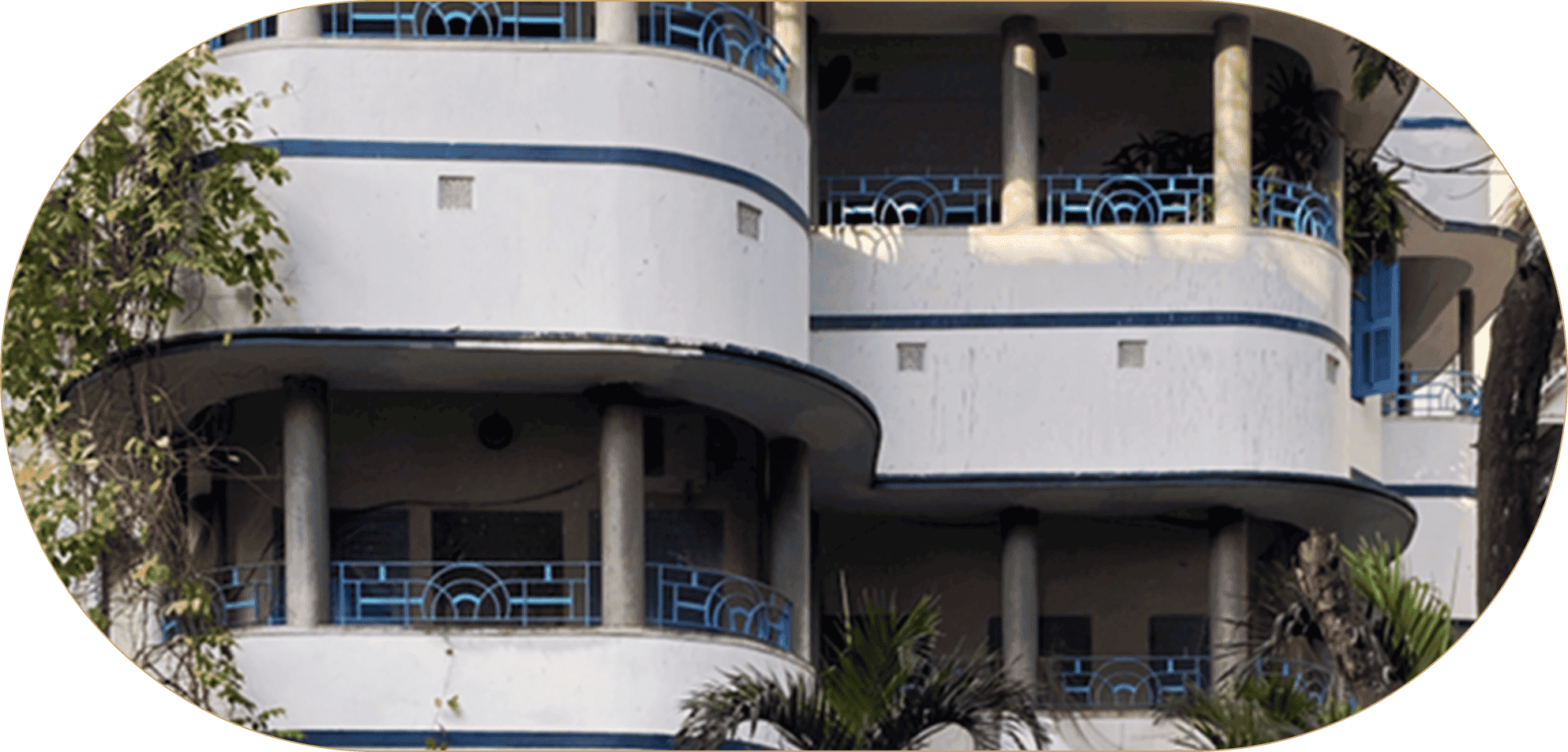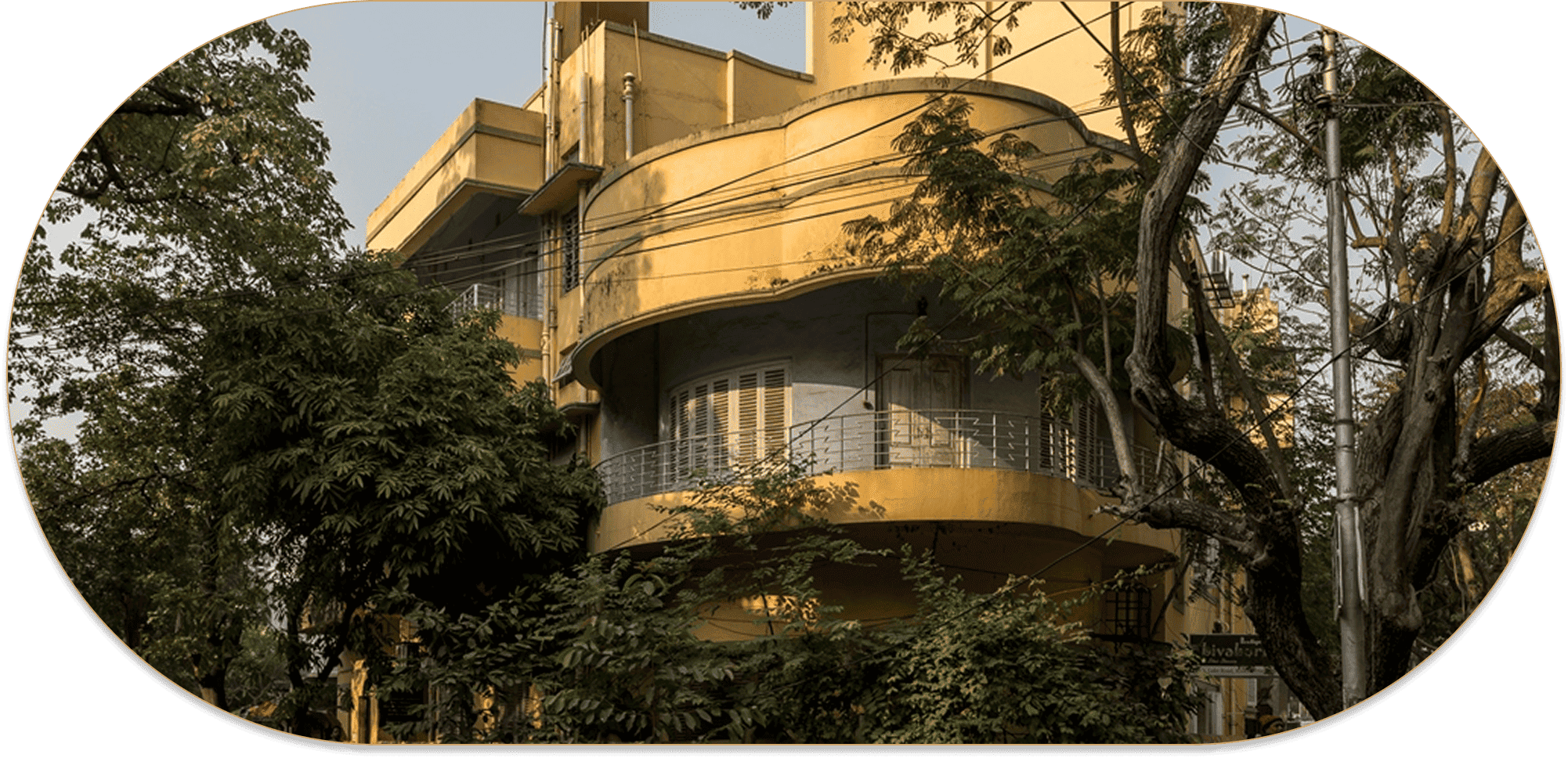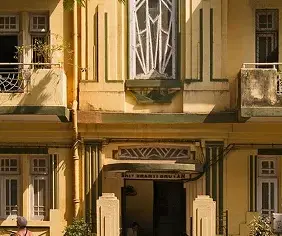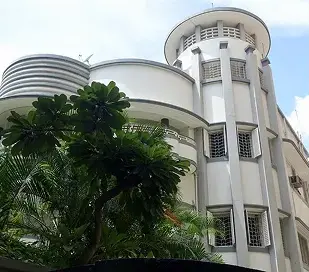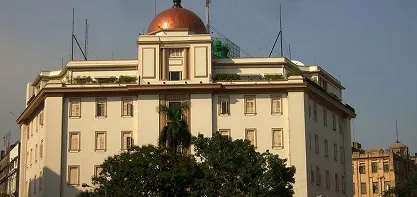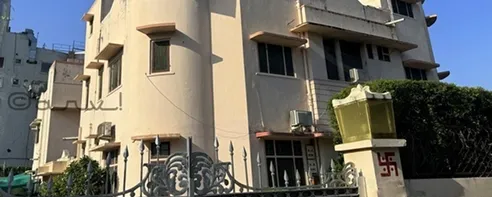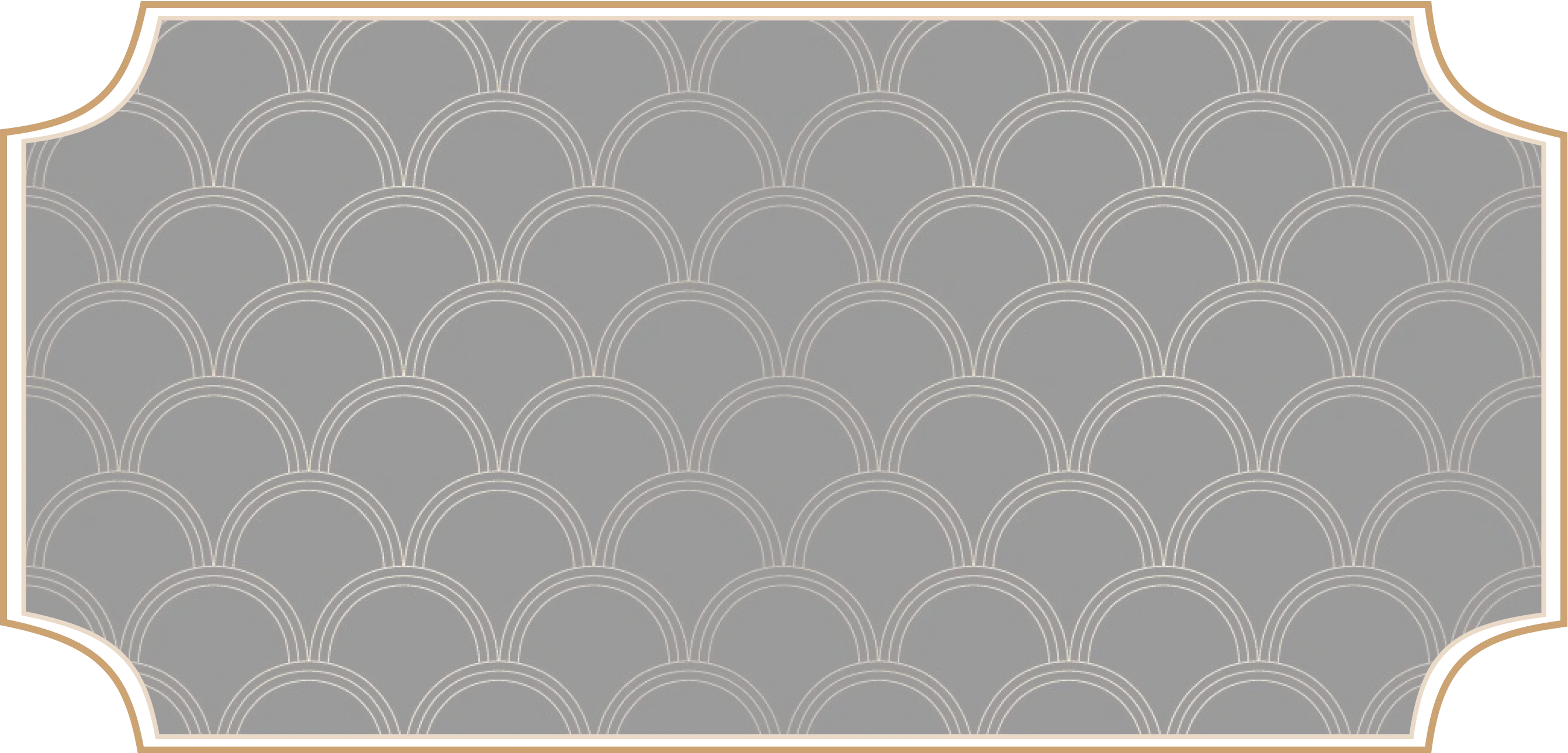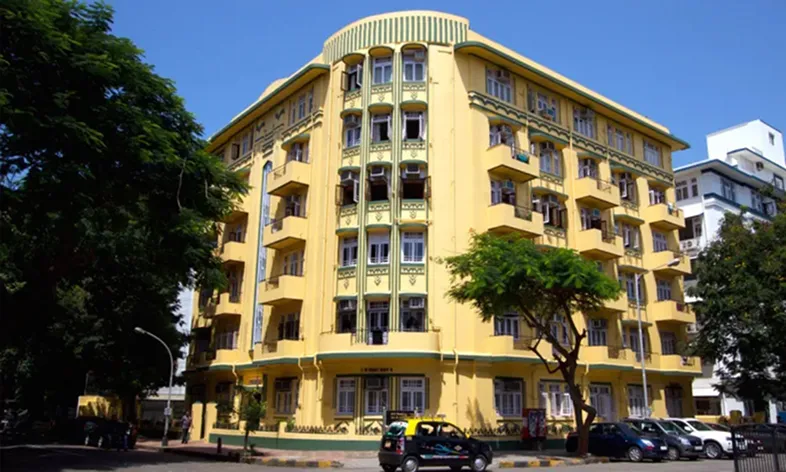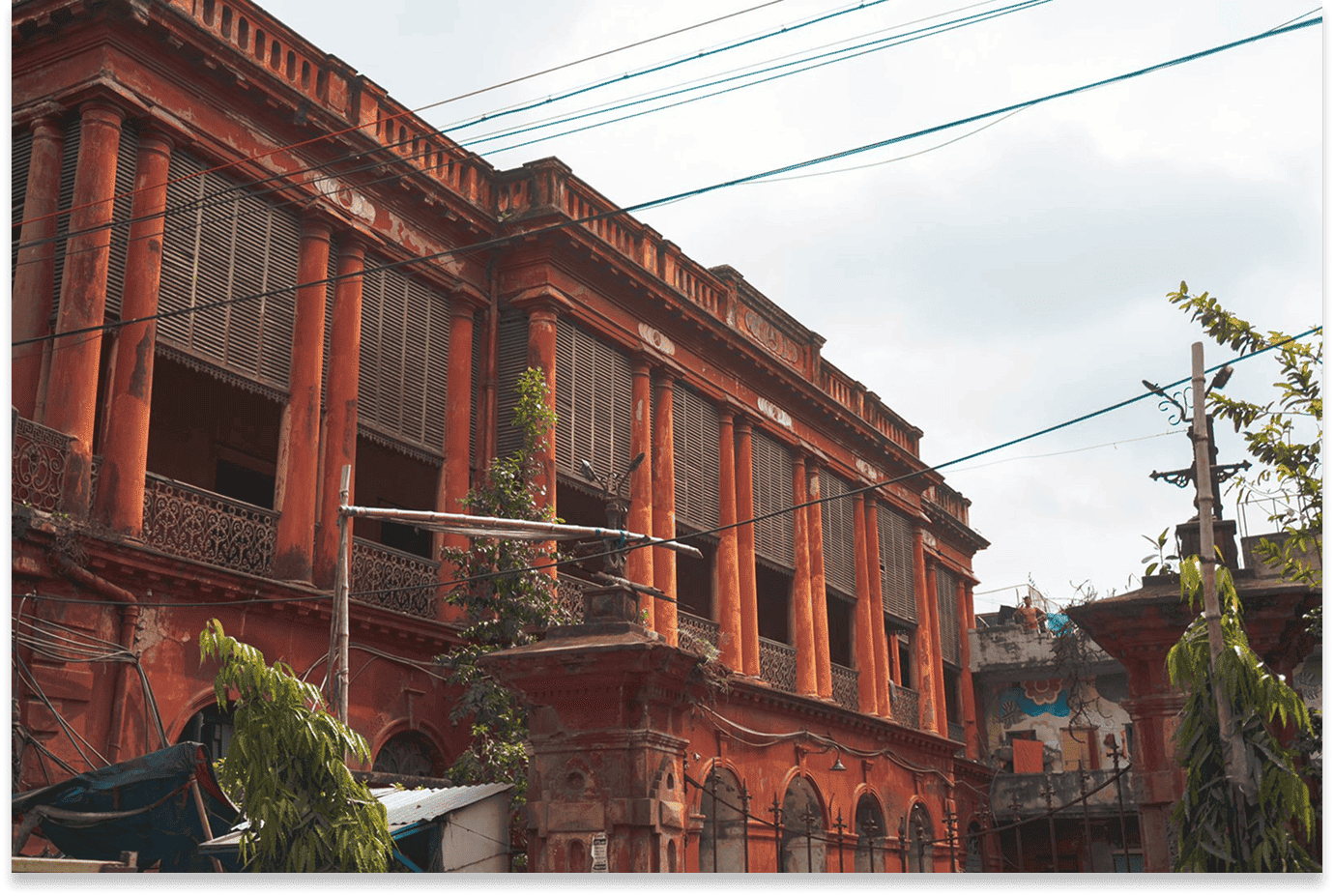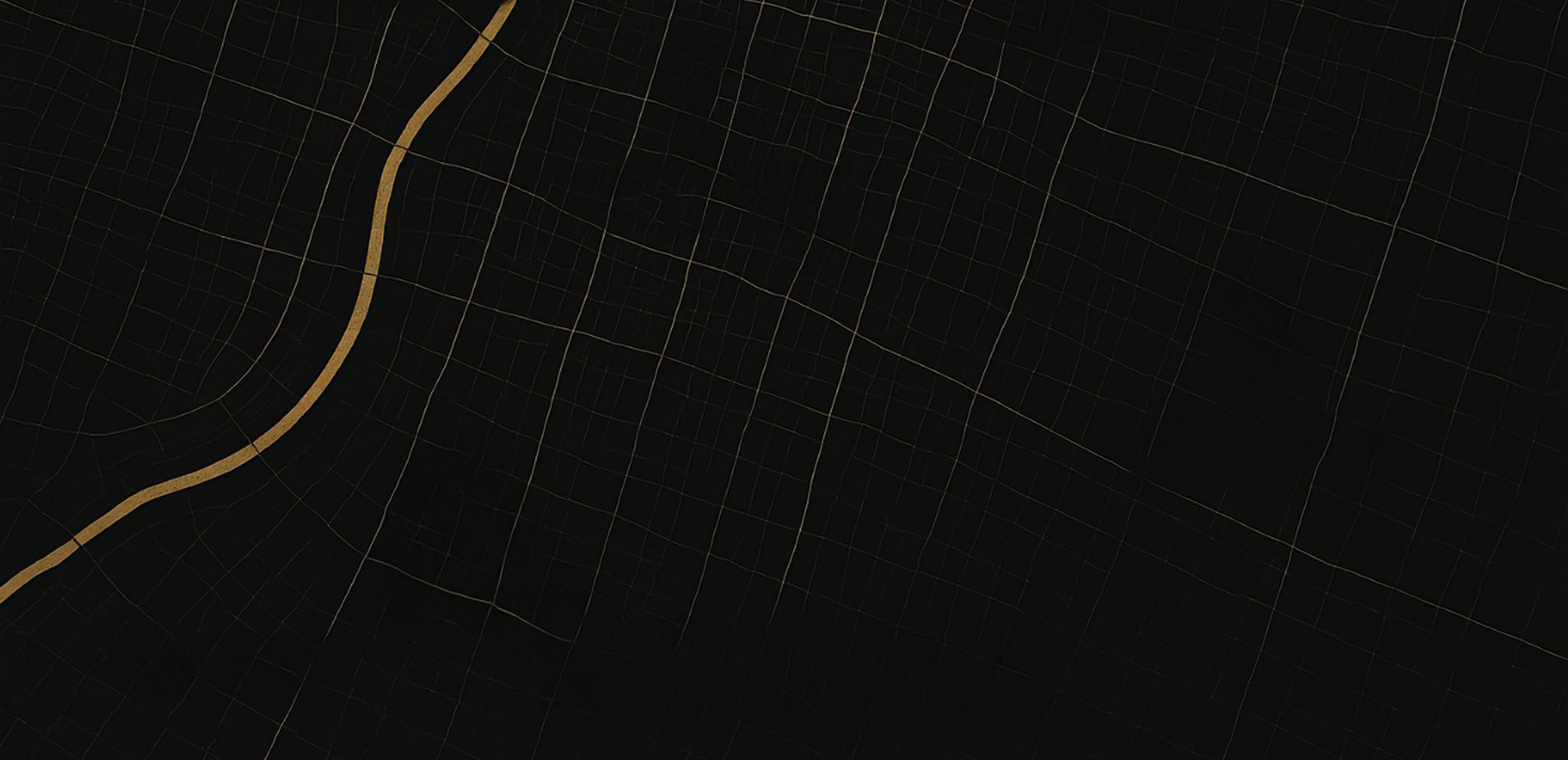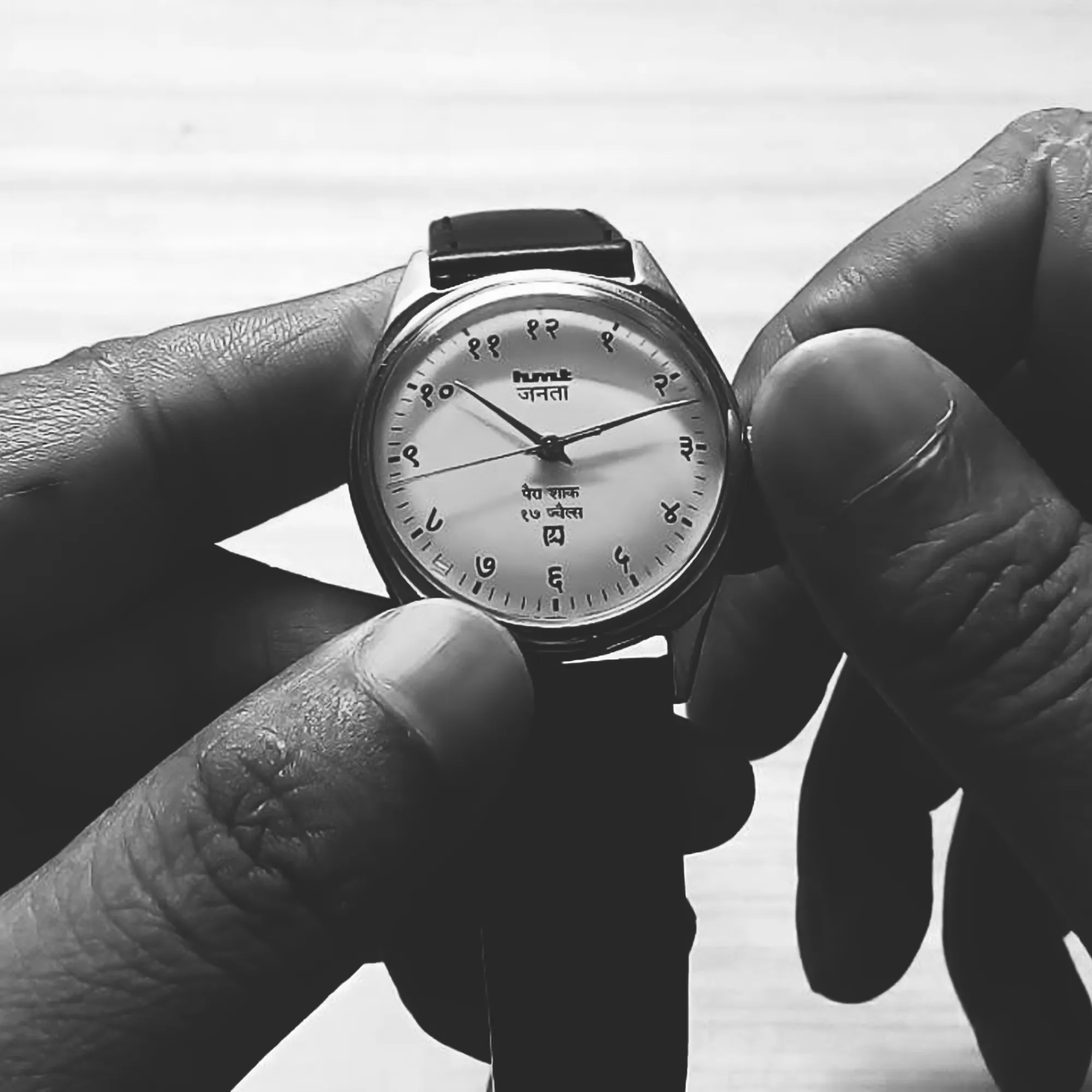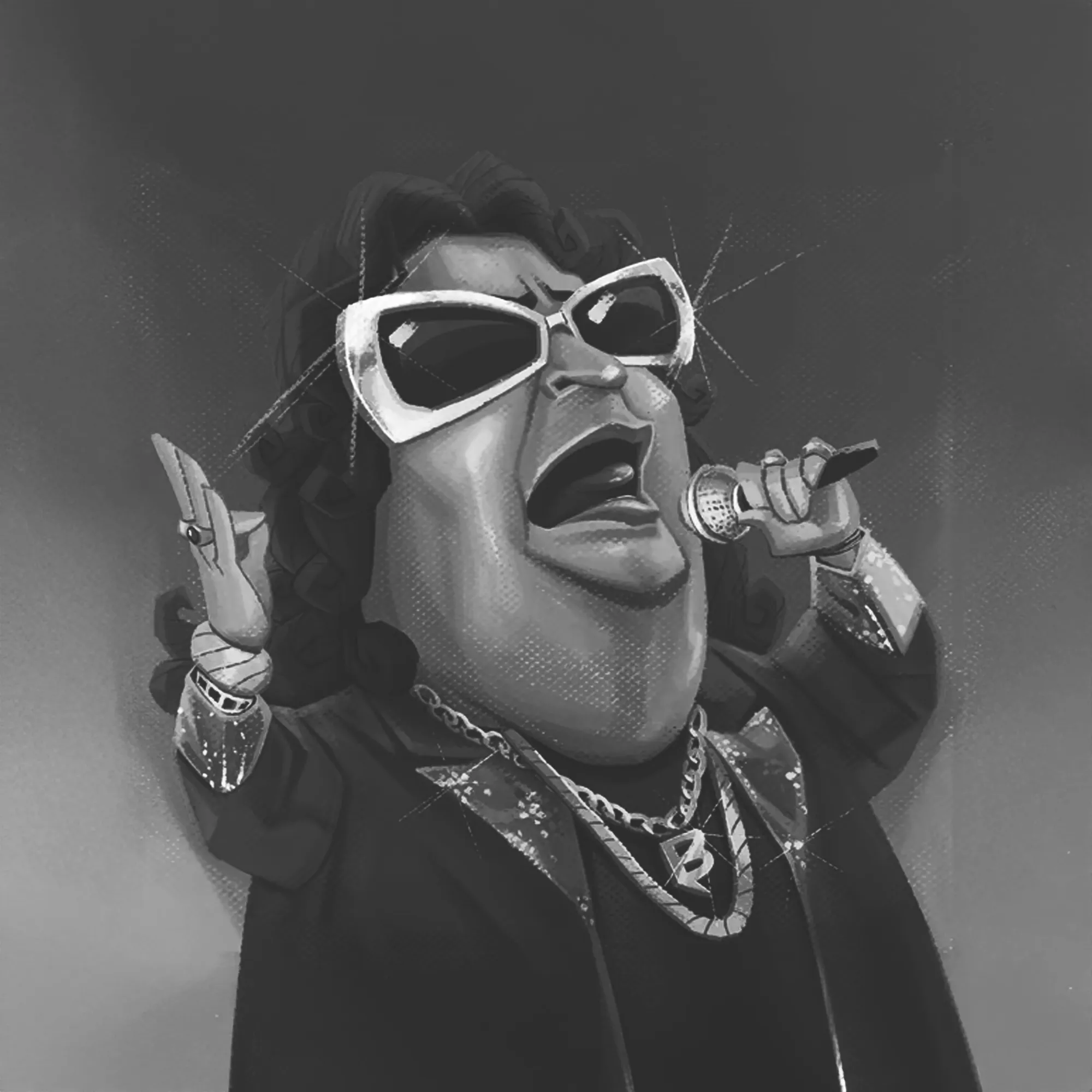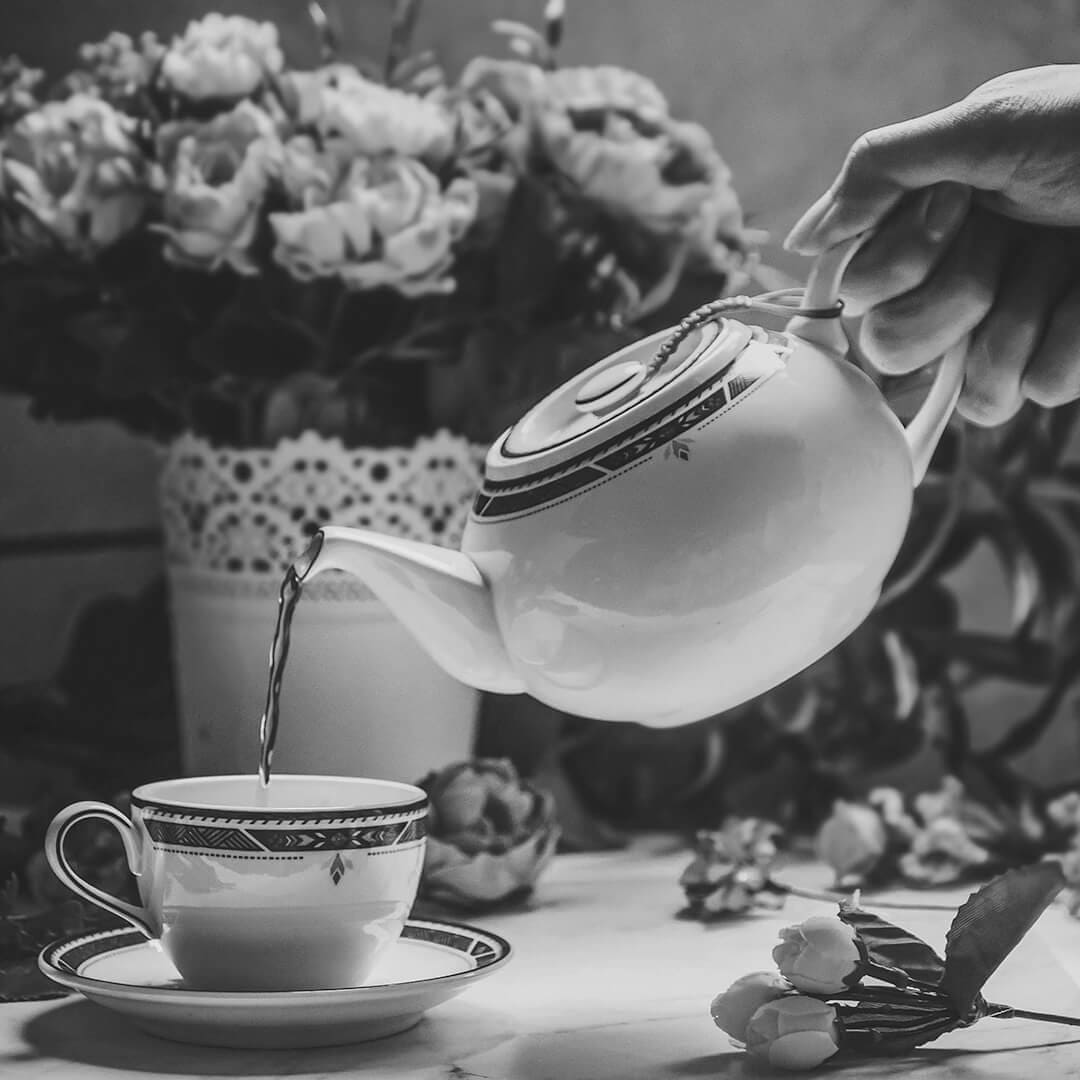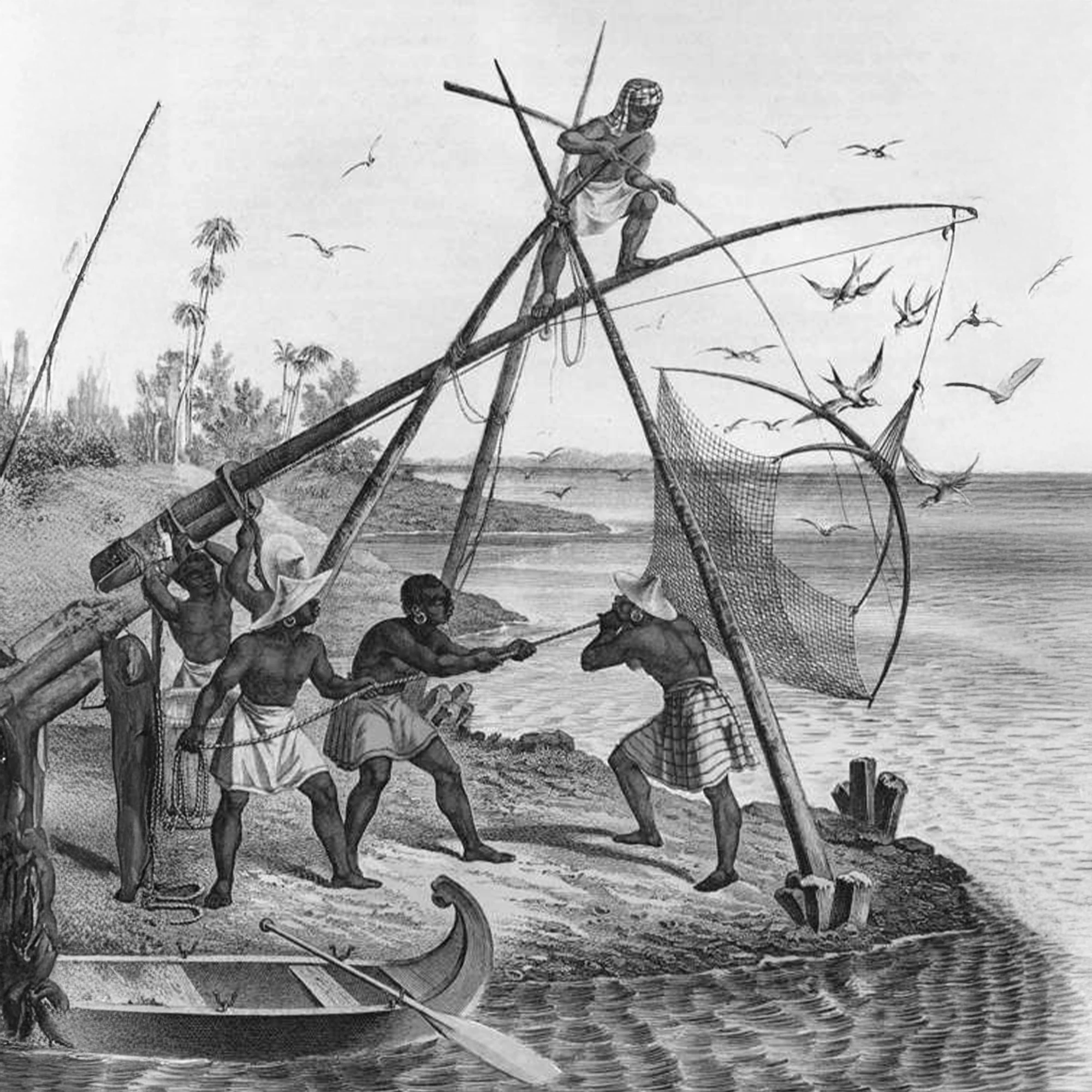





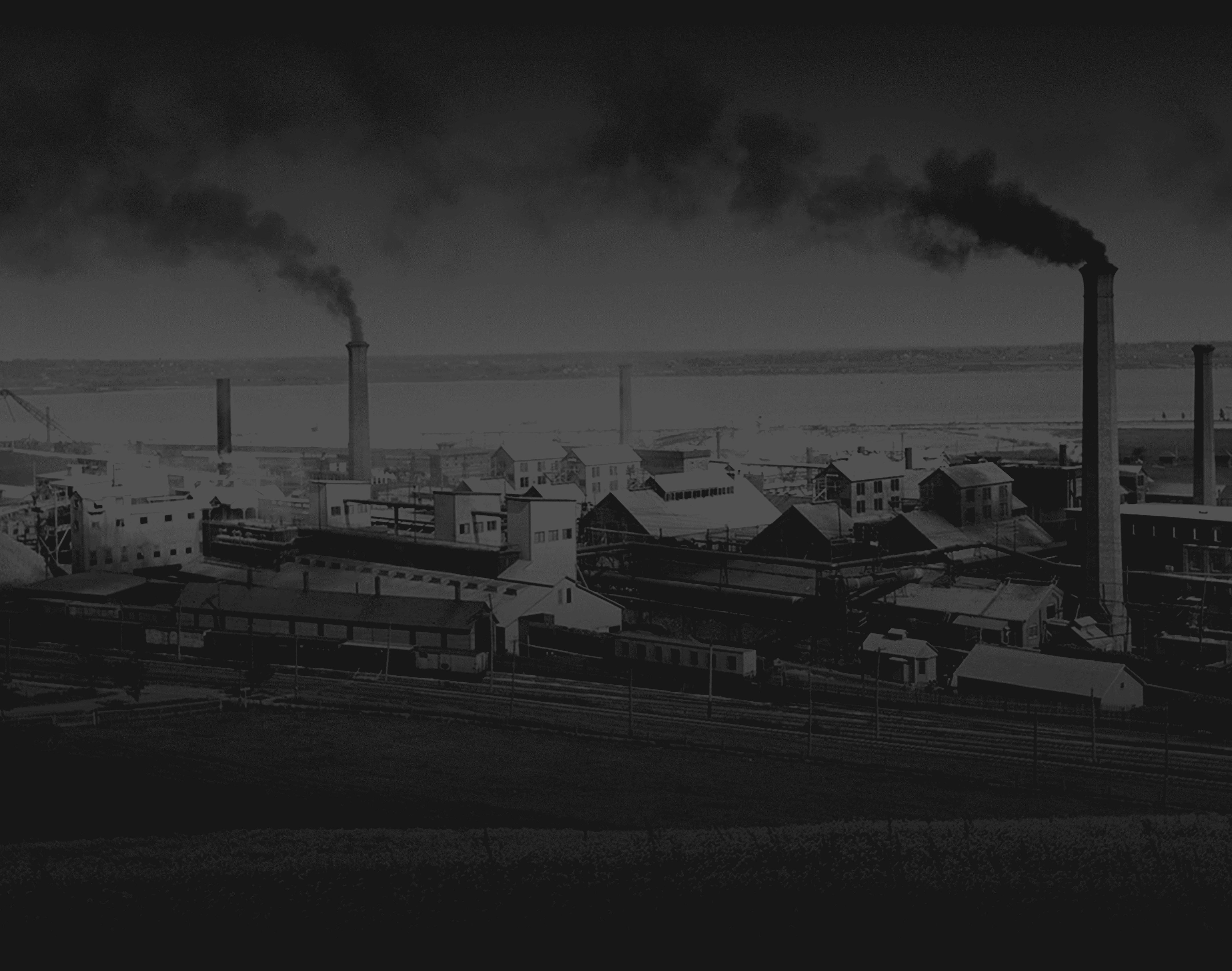
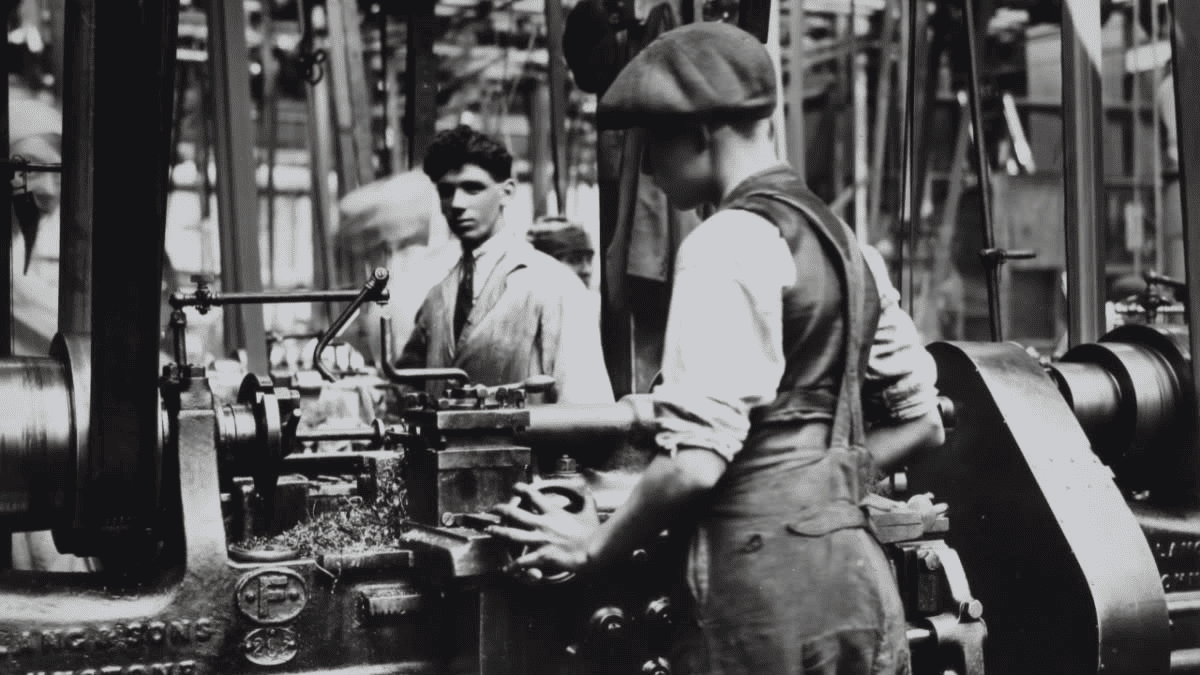
SYMBOLISM
VIENNA SUCCESSION
NOUVEAU
These were some of the prominent art movements of the time which were a reaction to the late 19th-century industrial progression.























































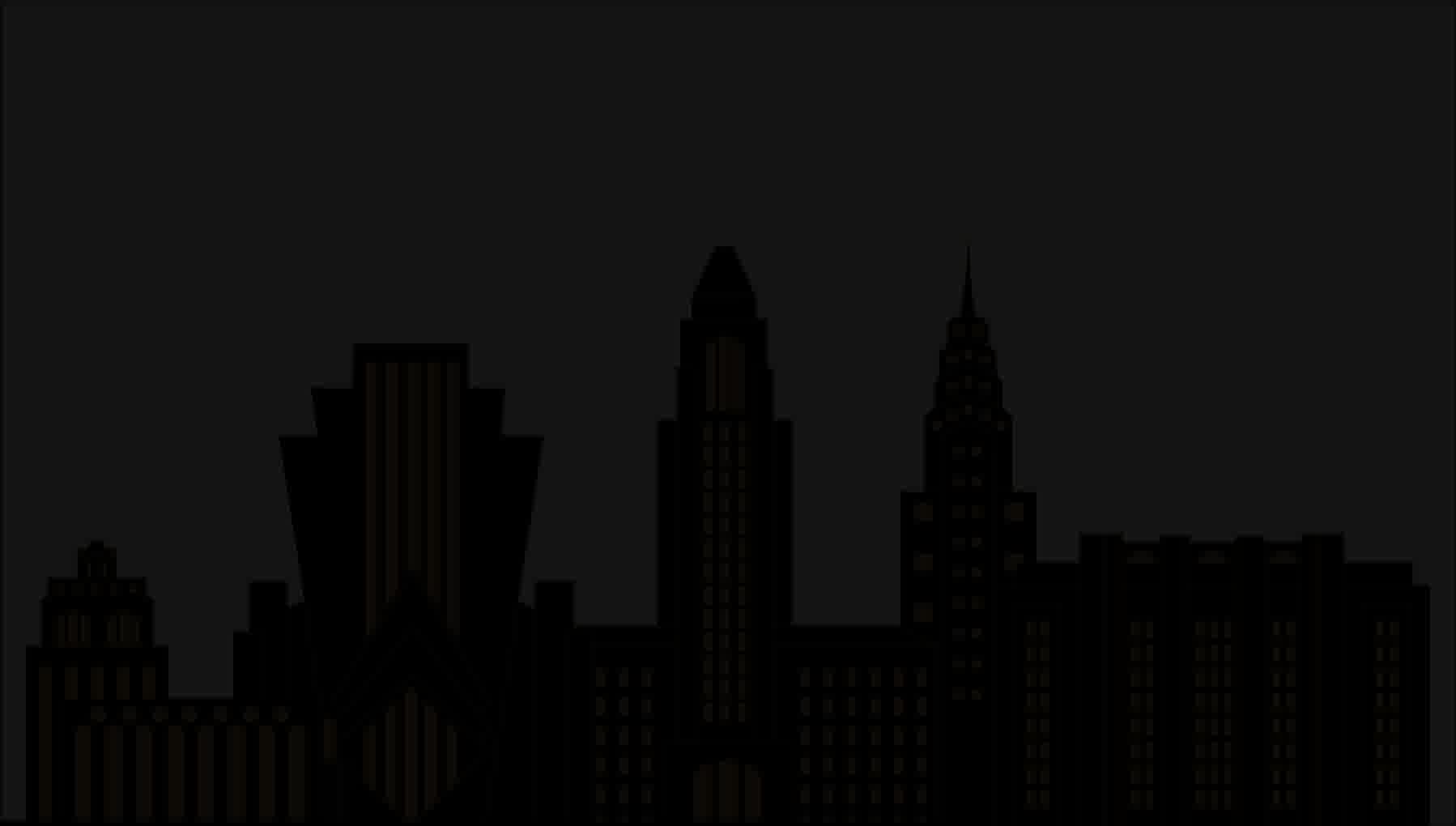
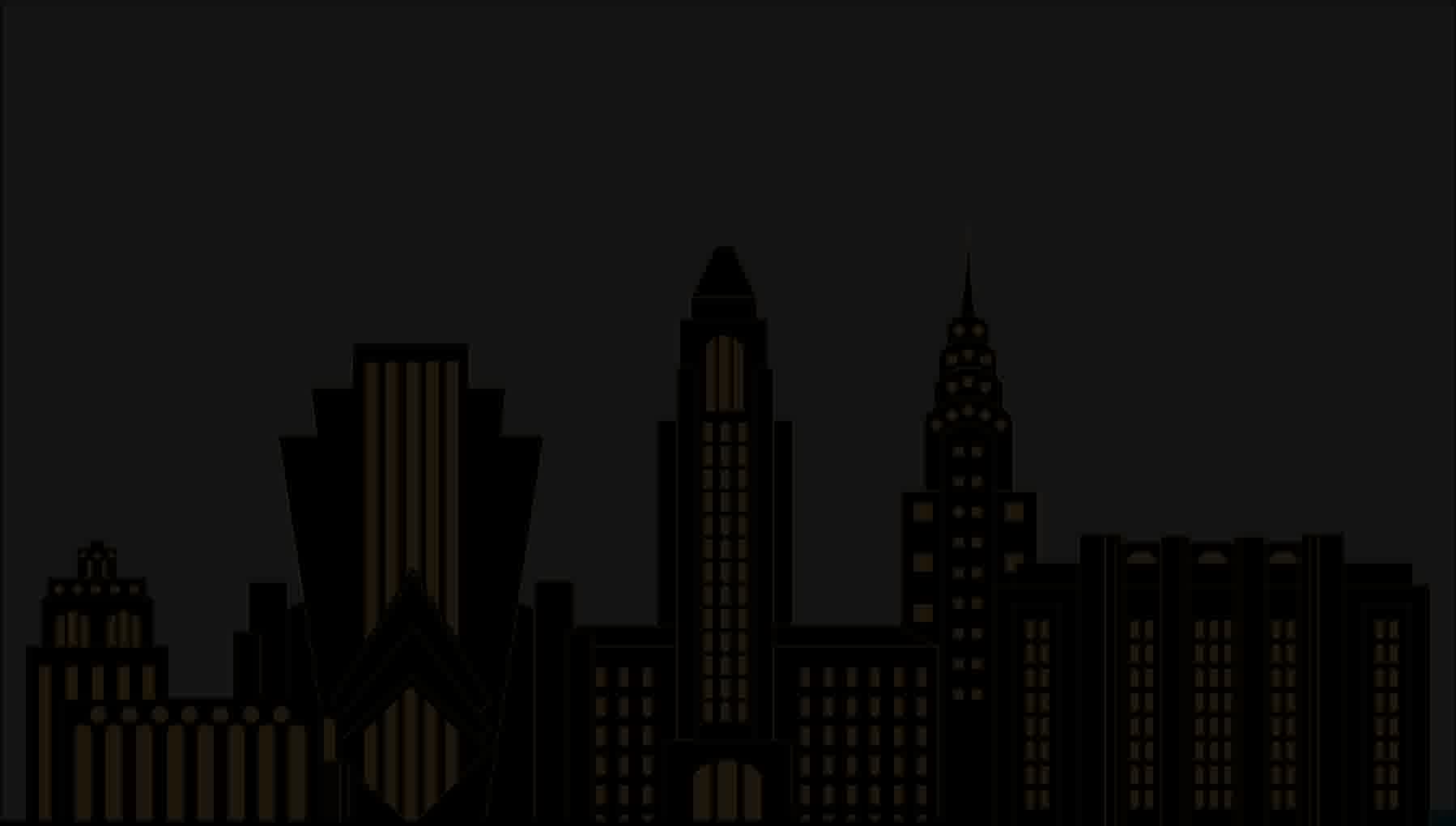
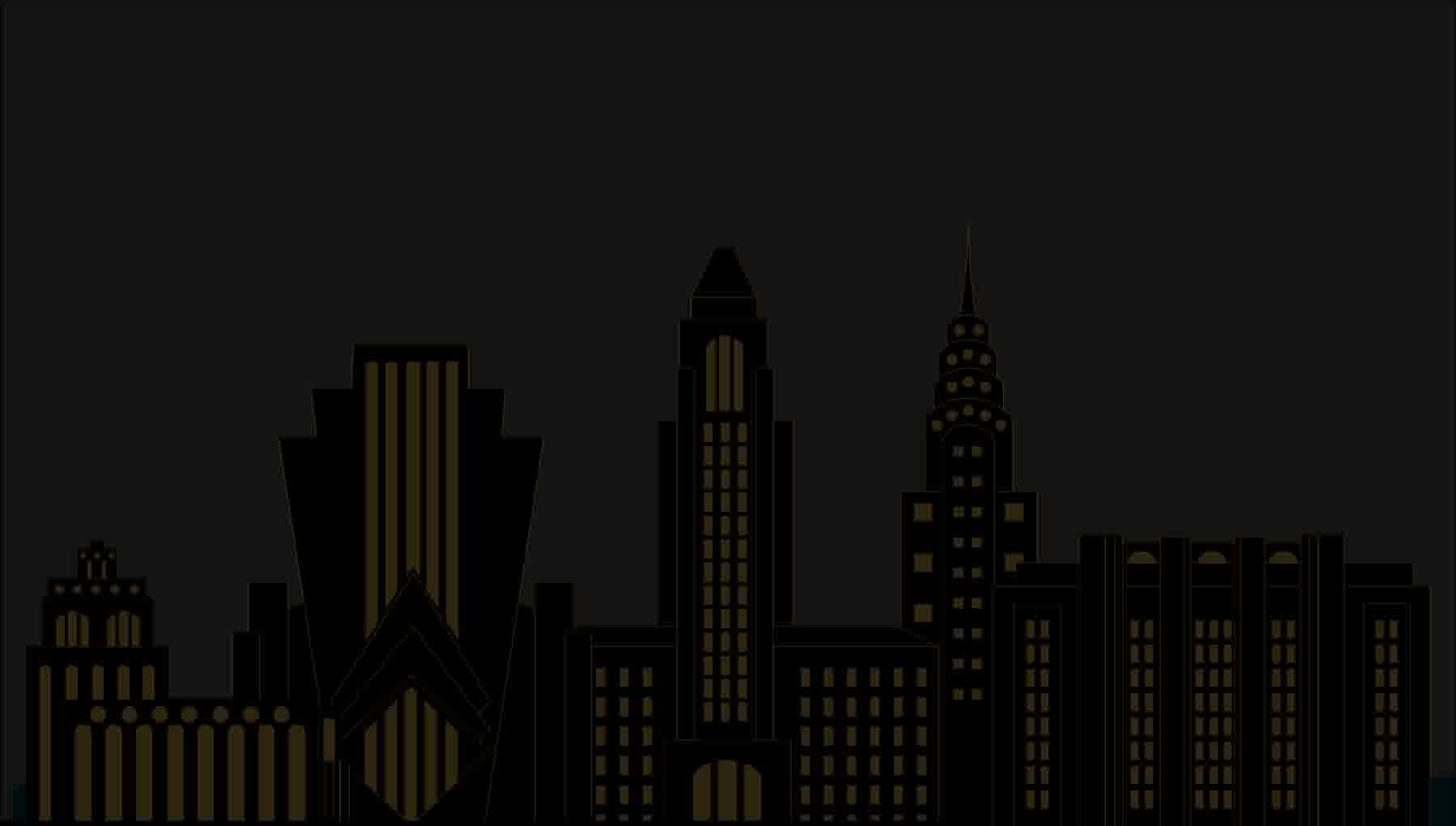
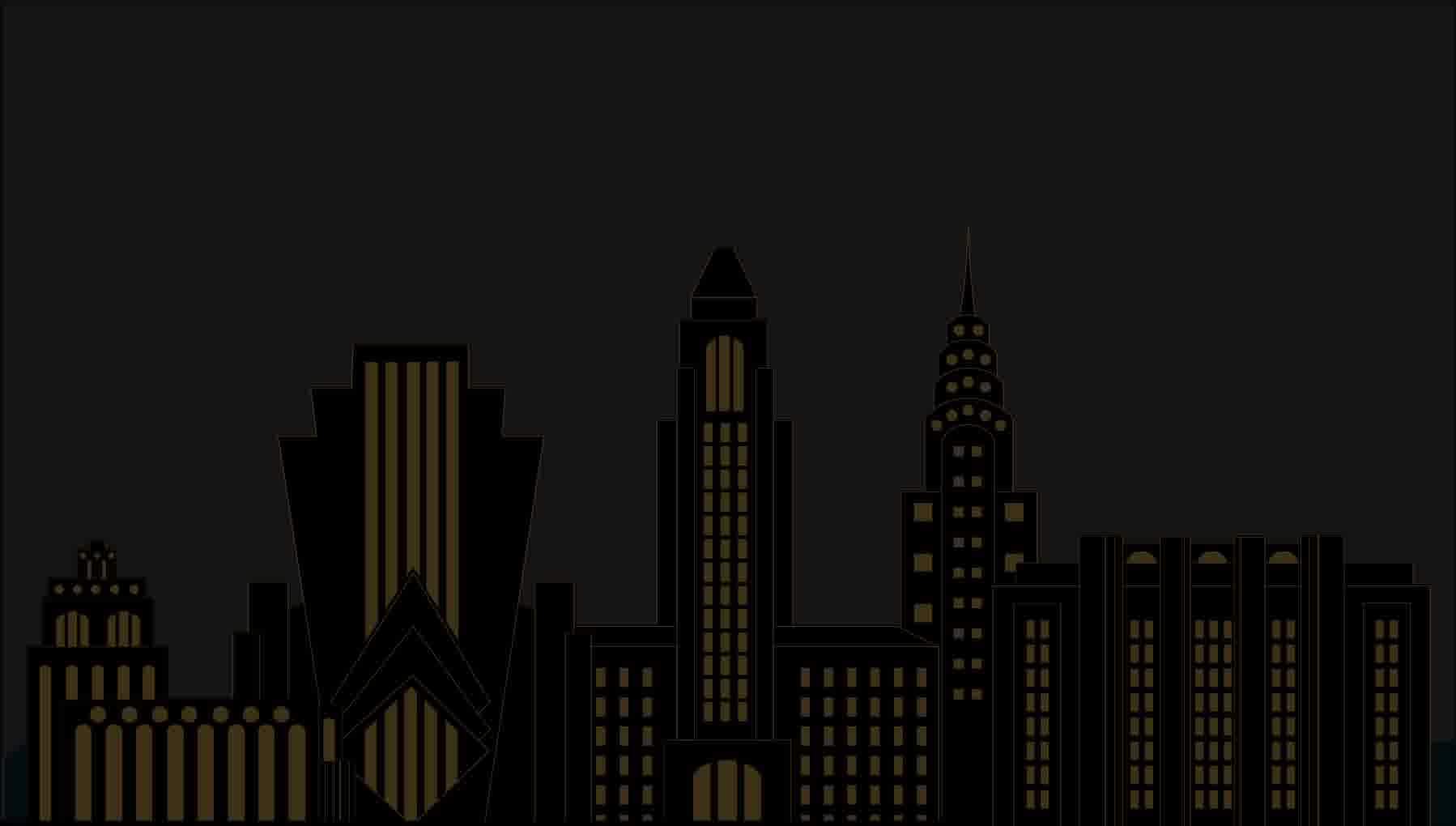
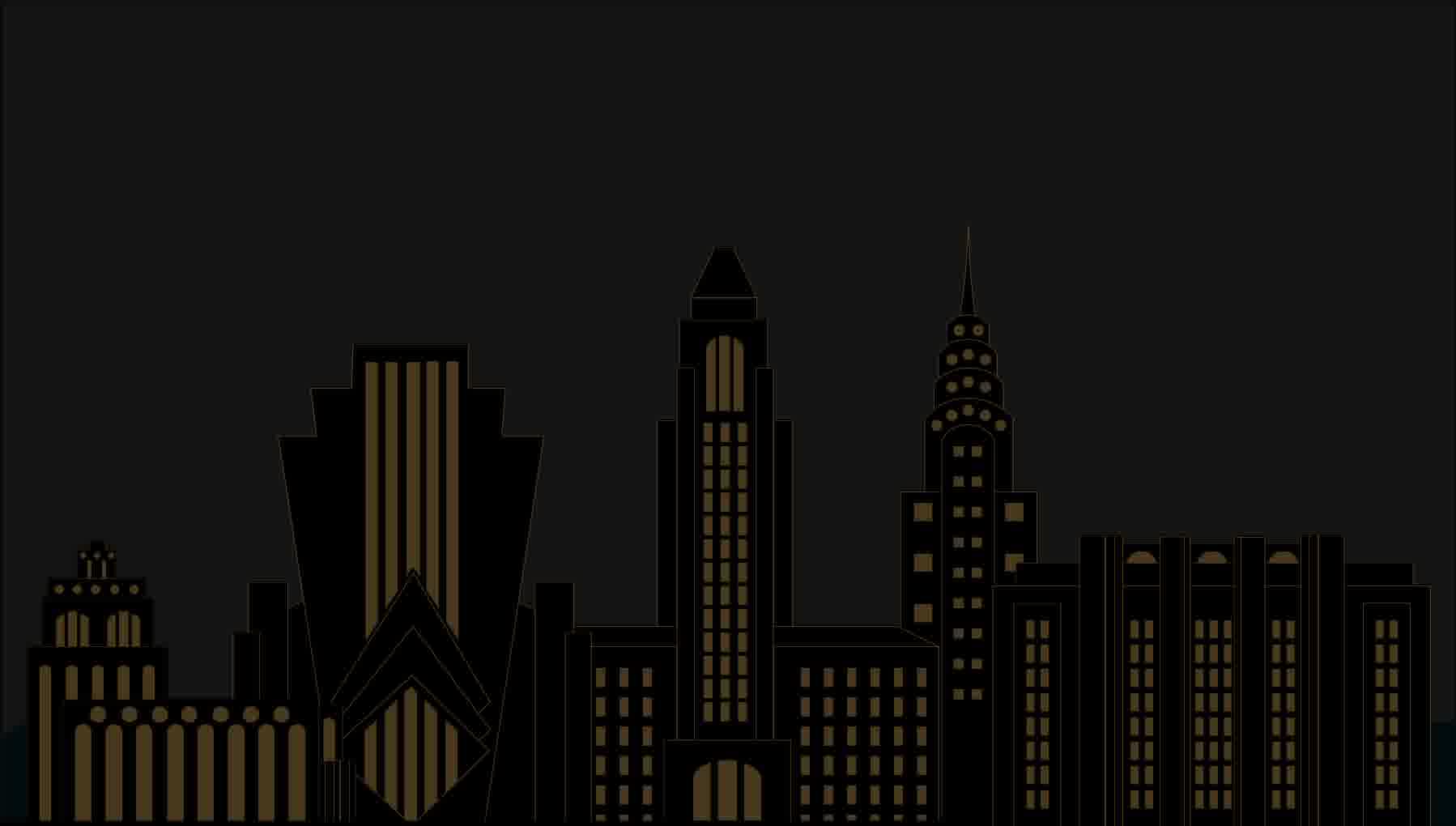
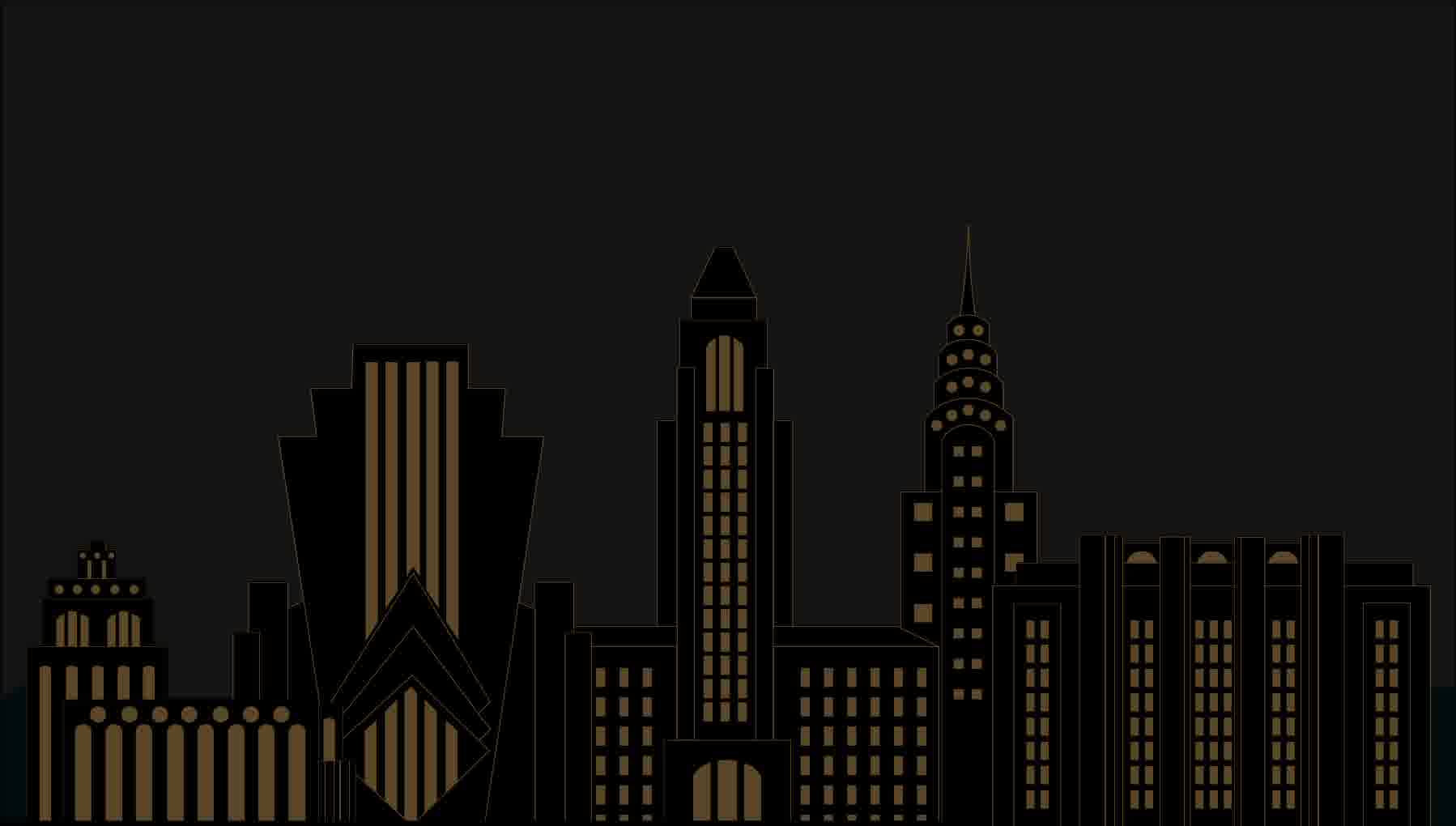
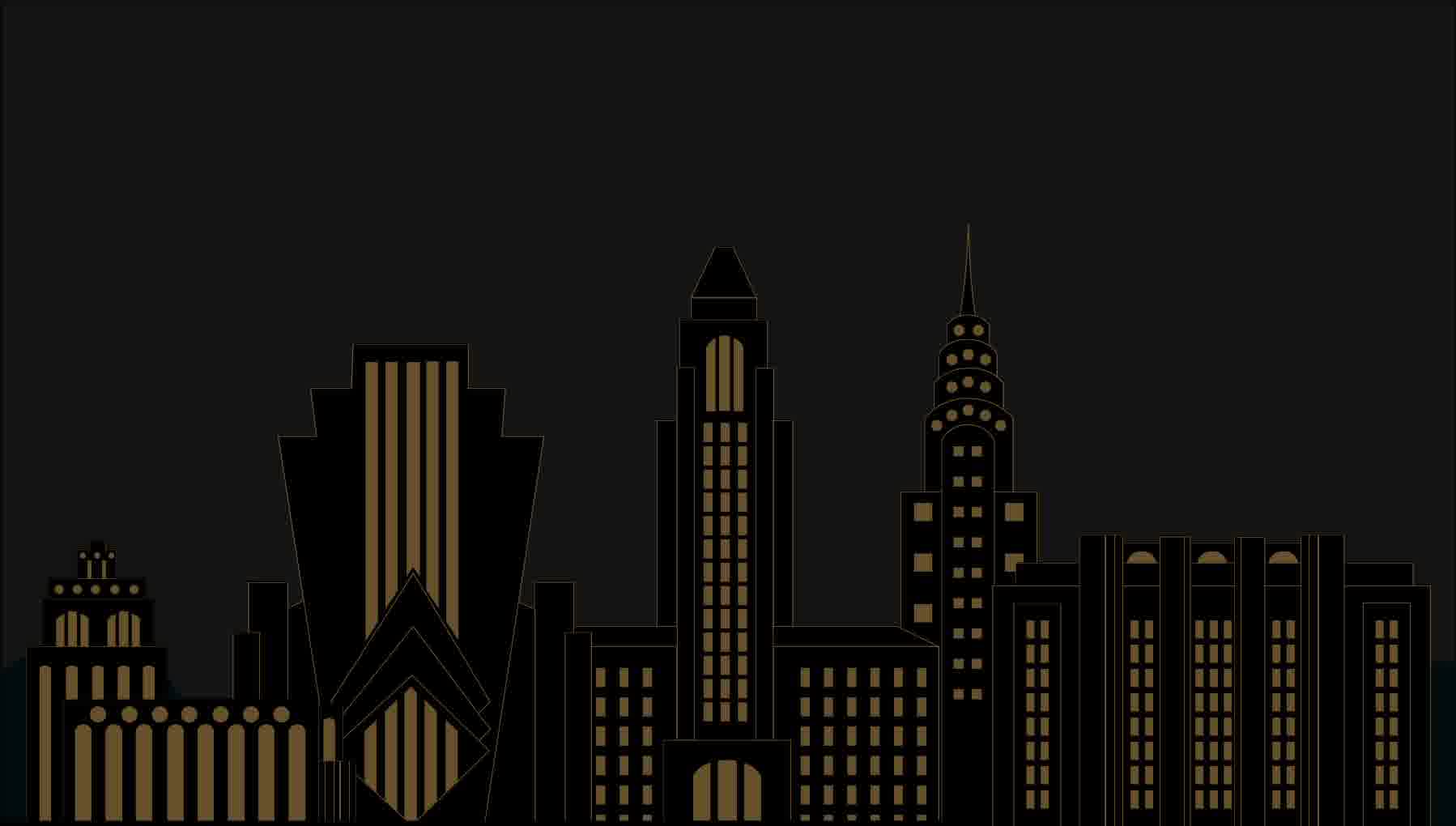
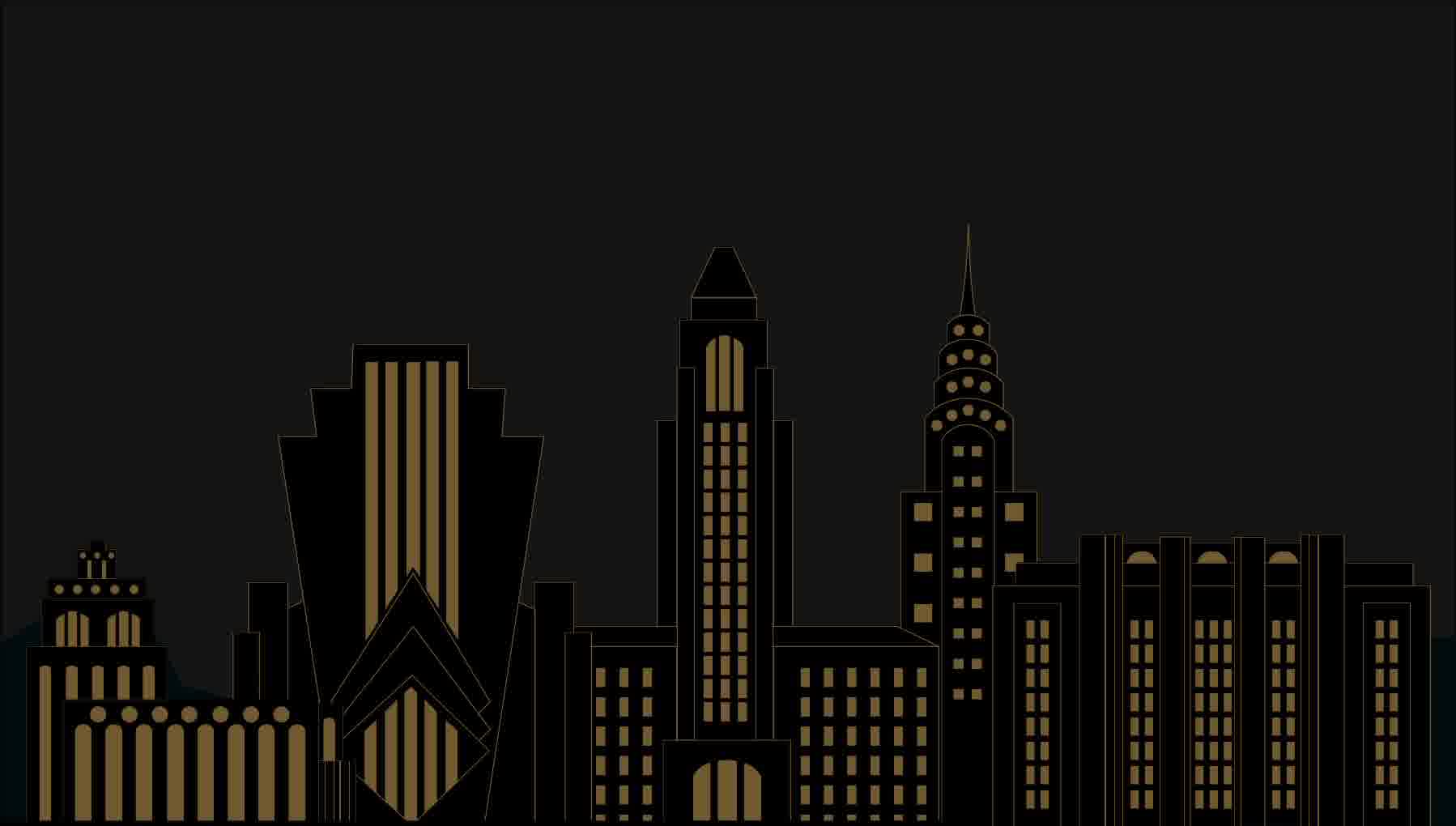
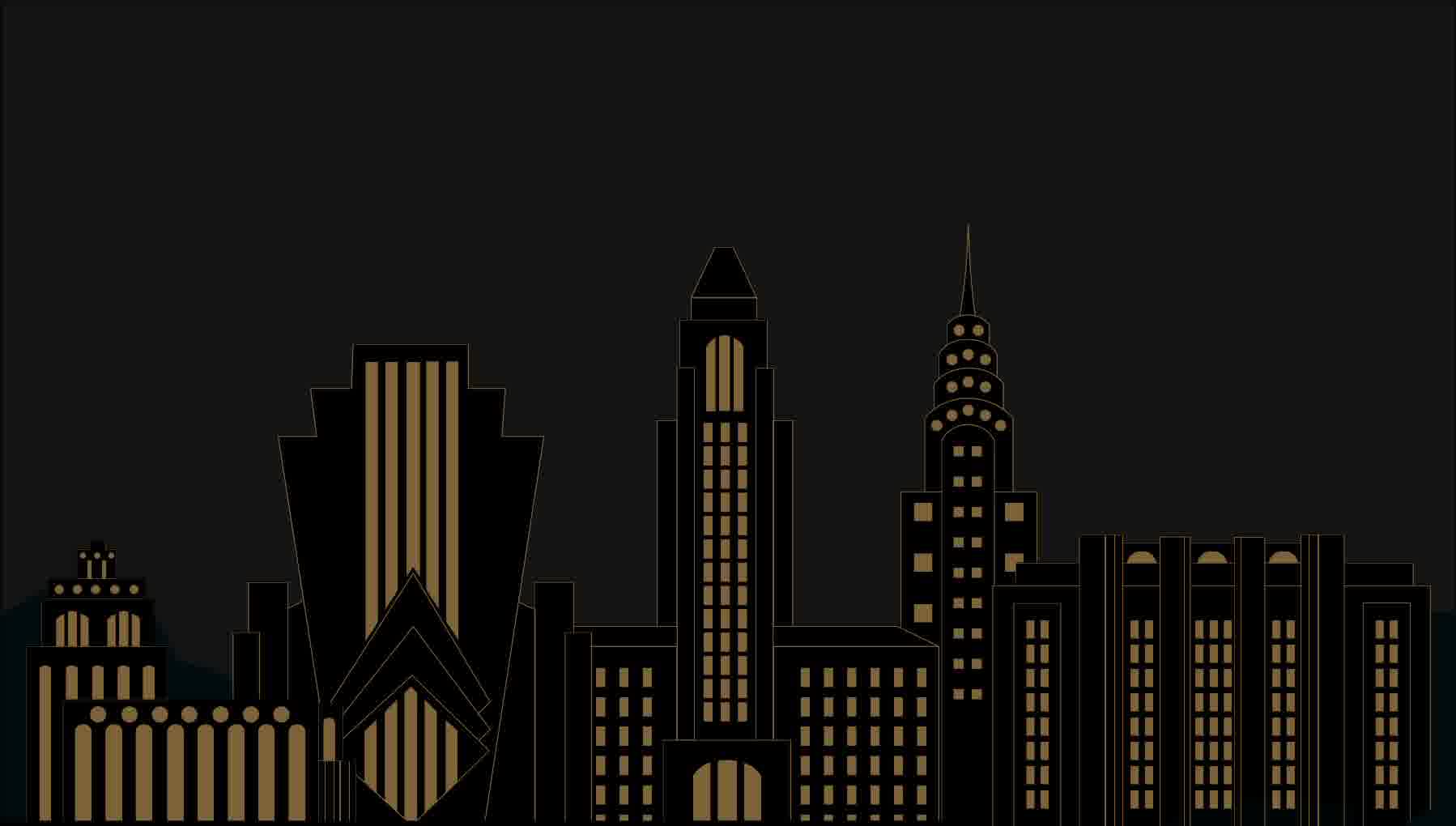
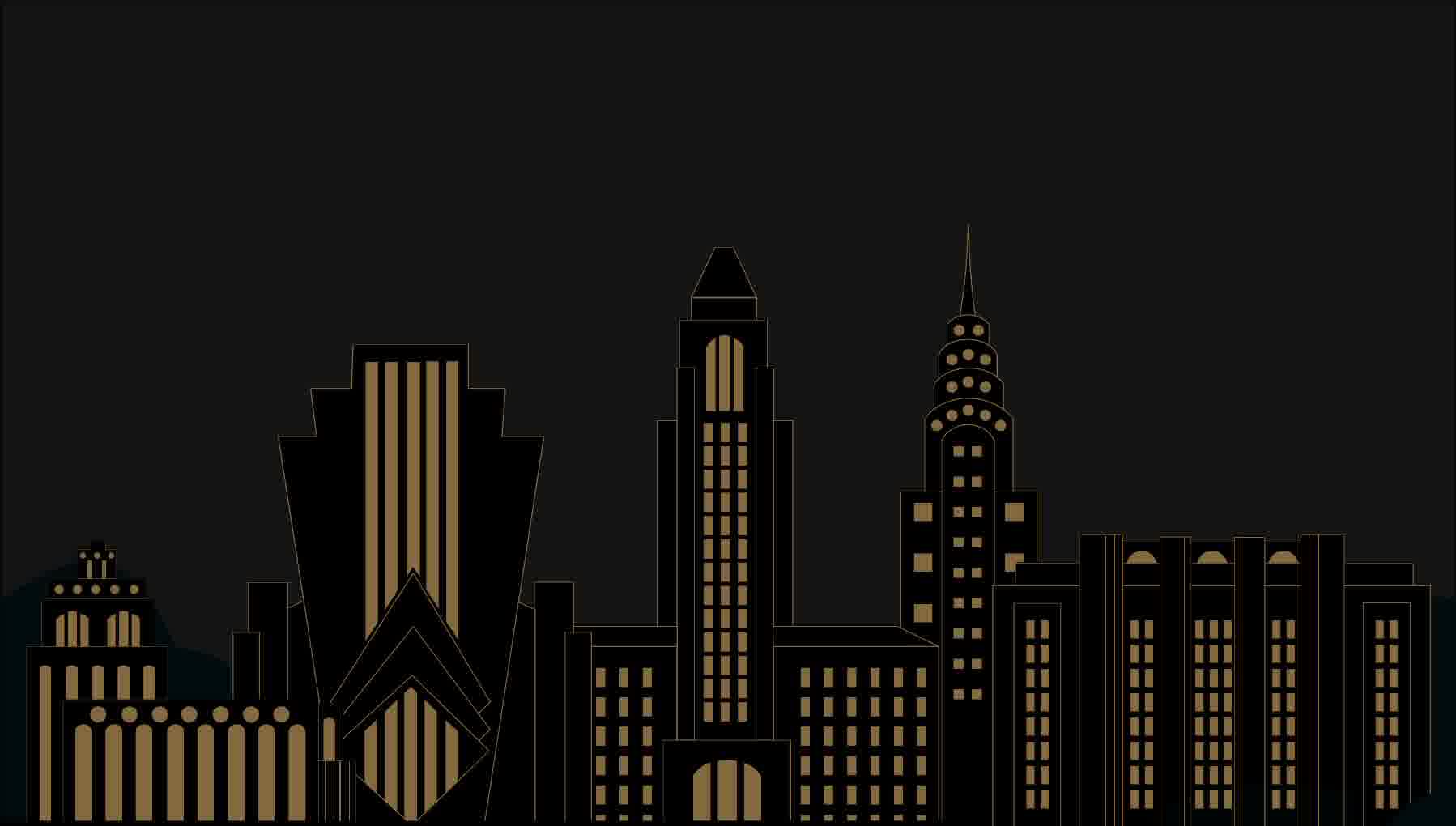
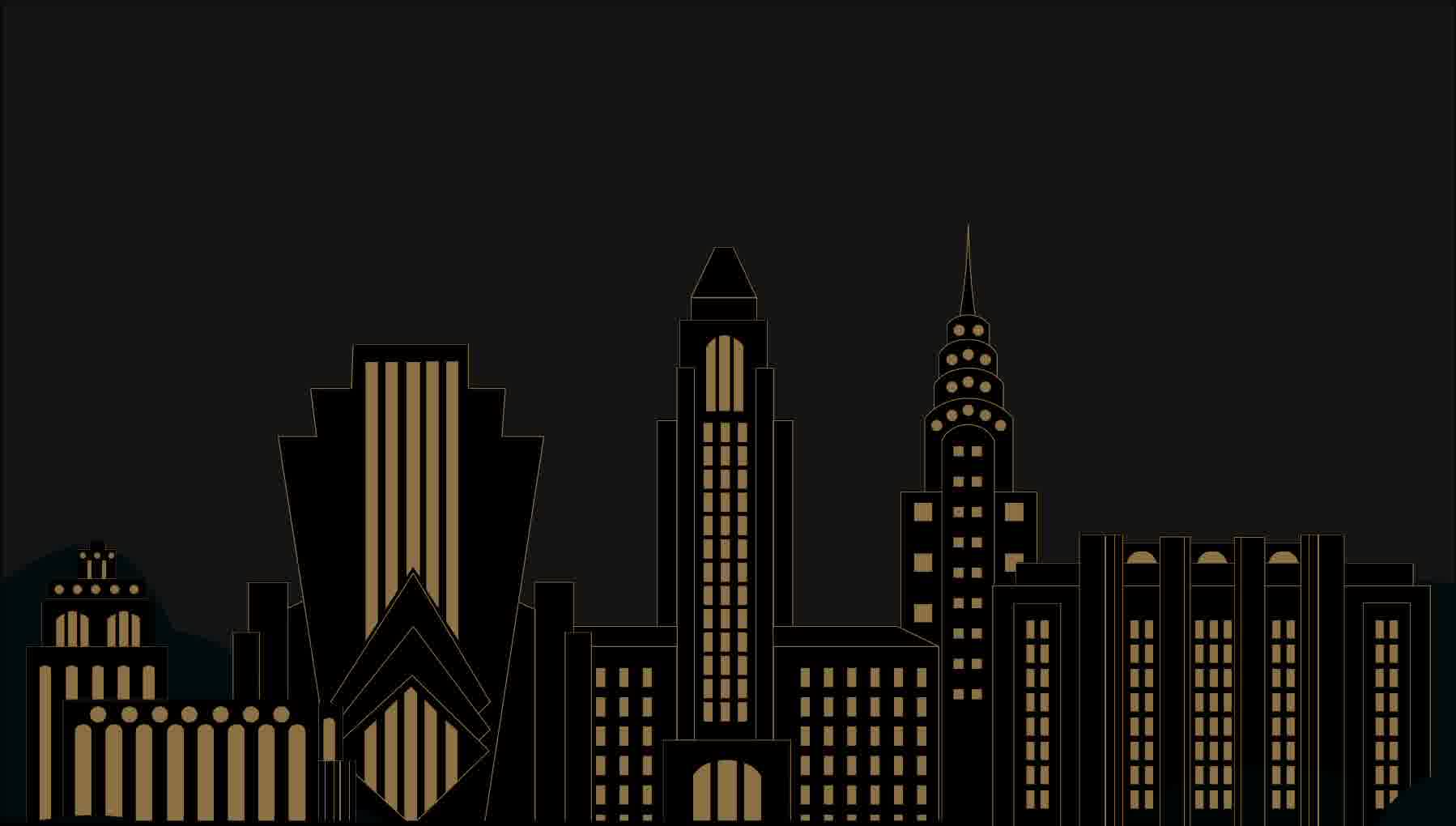
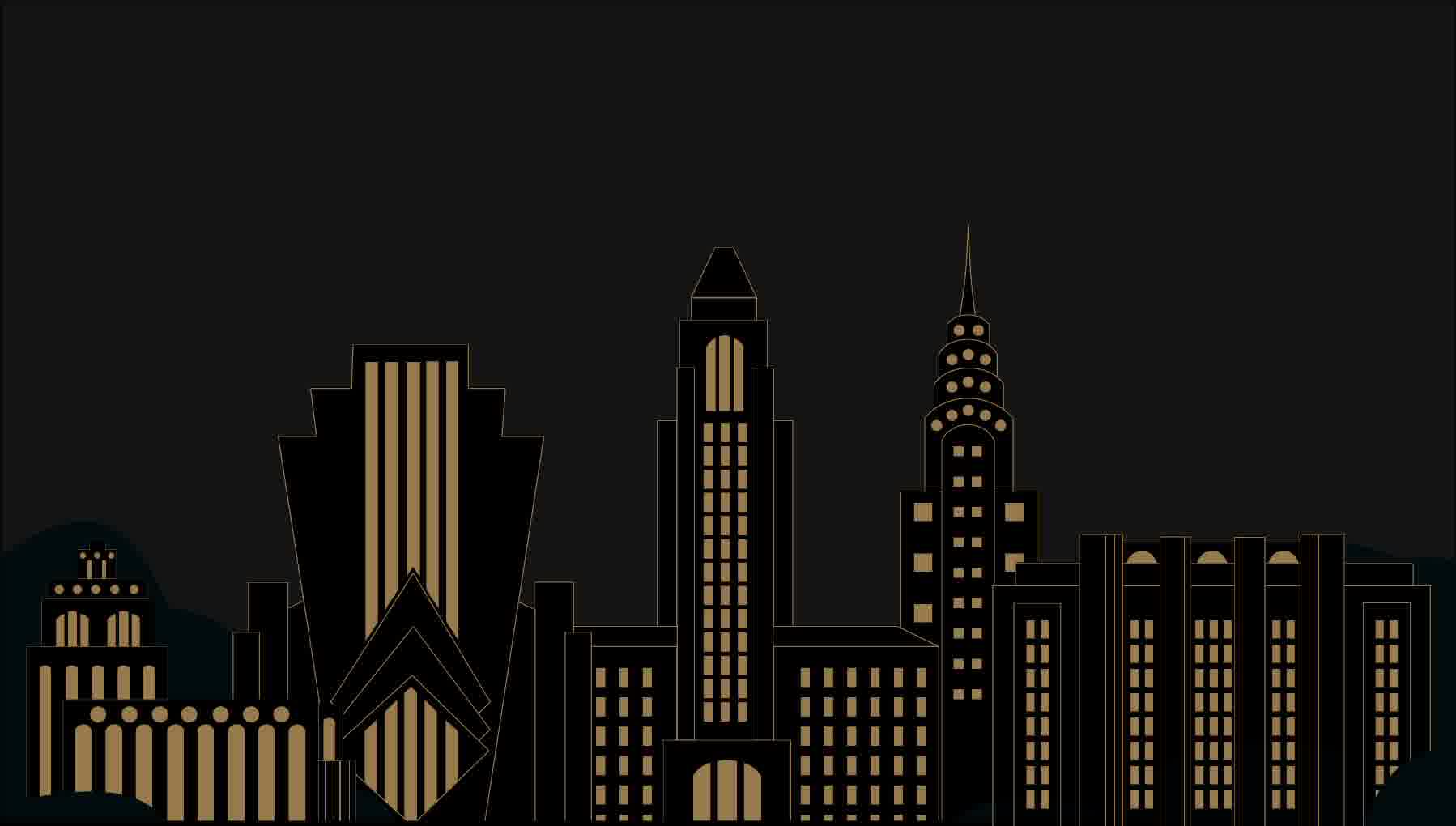
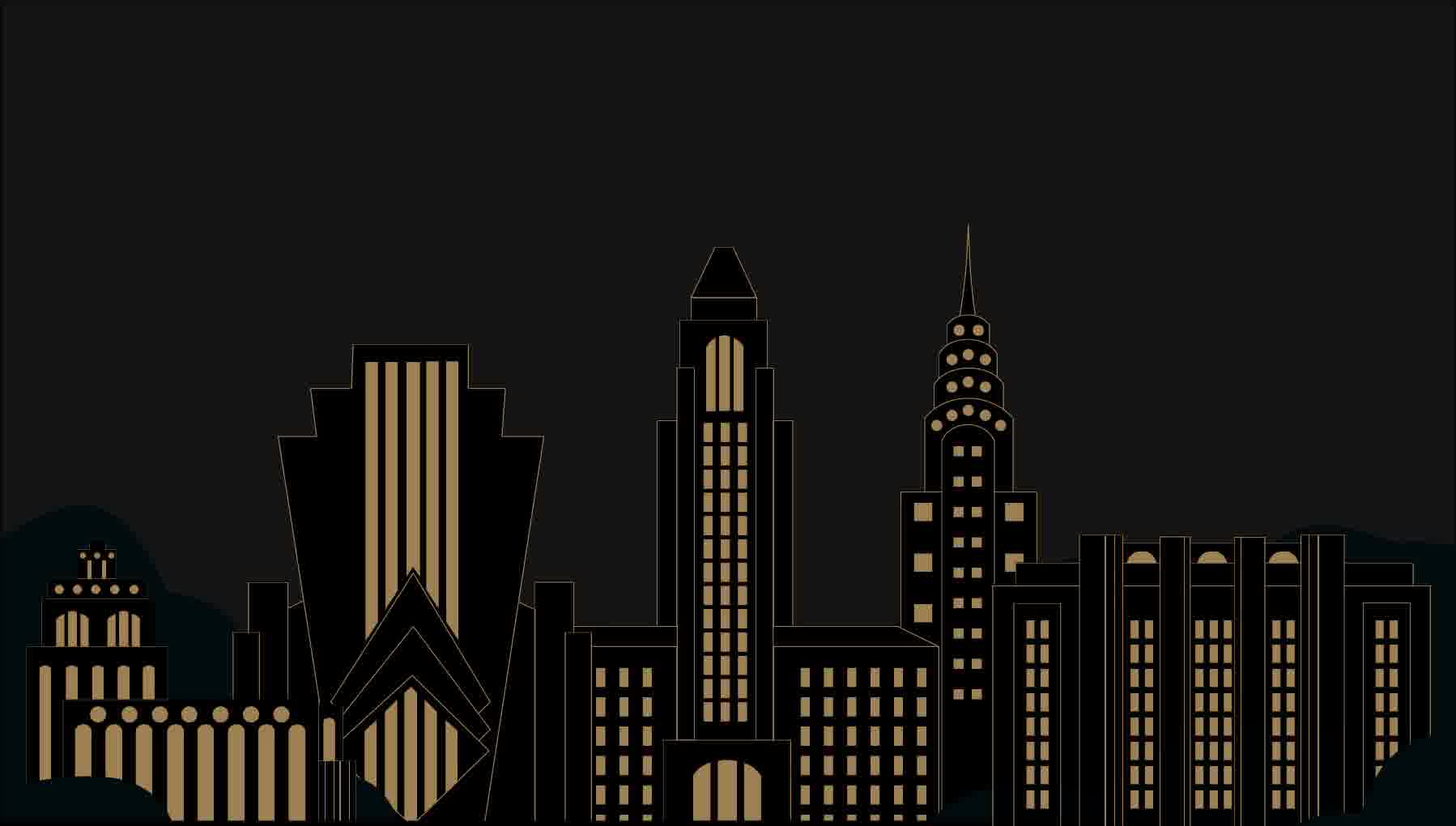
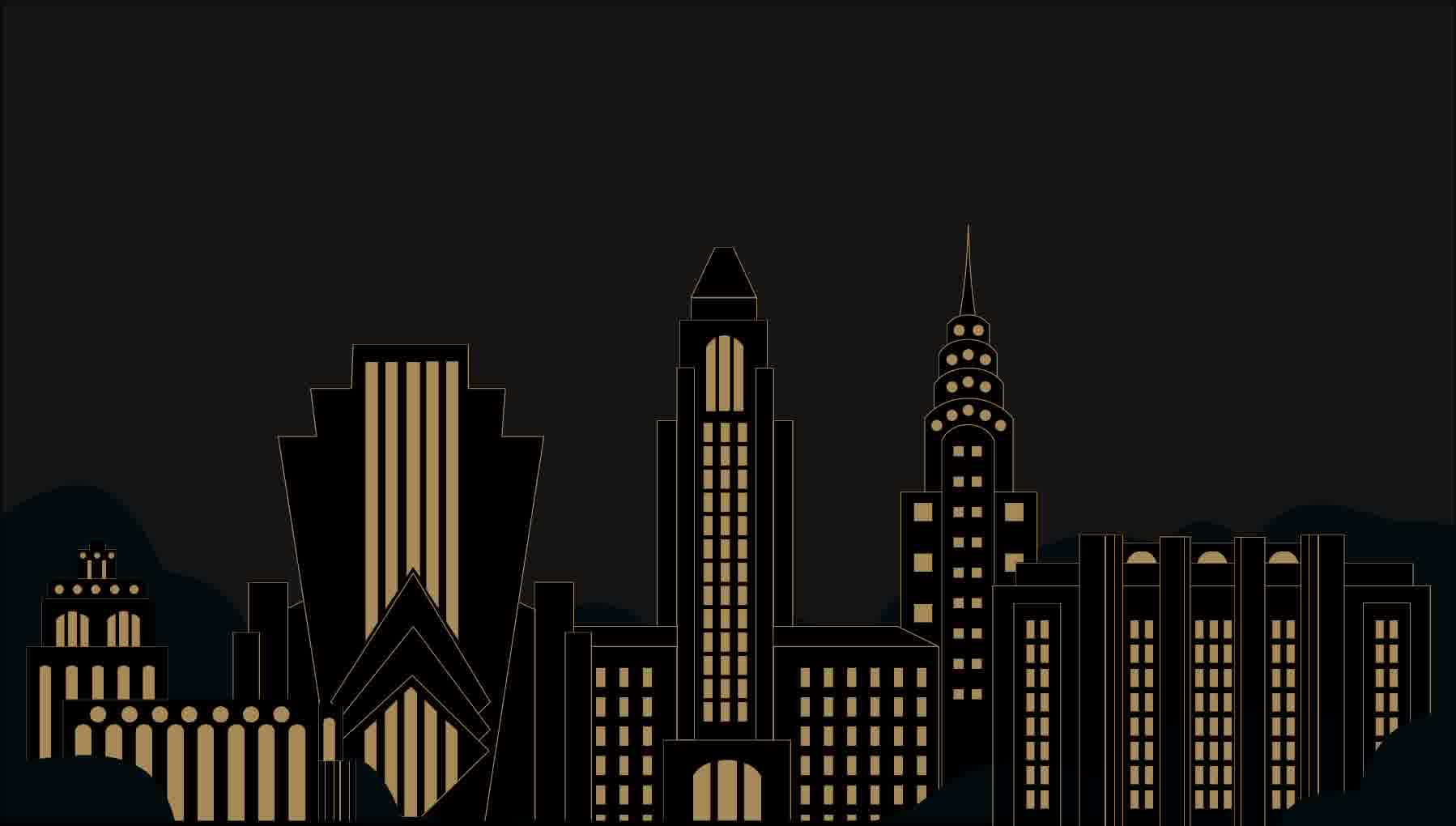
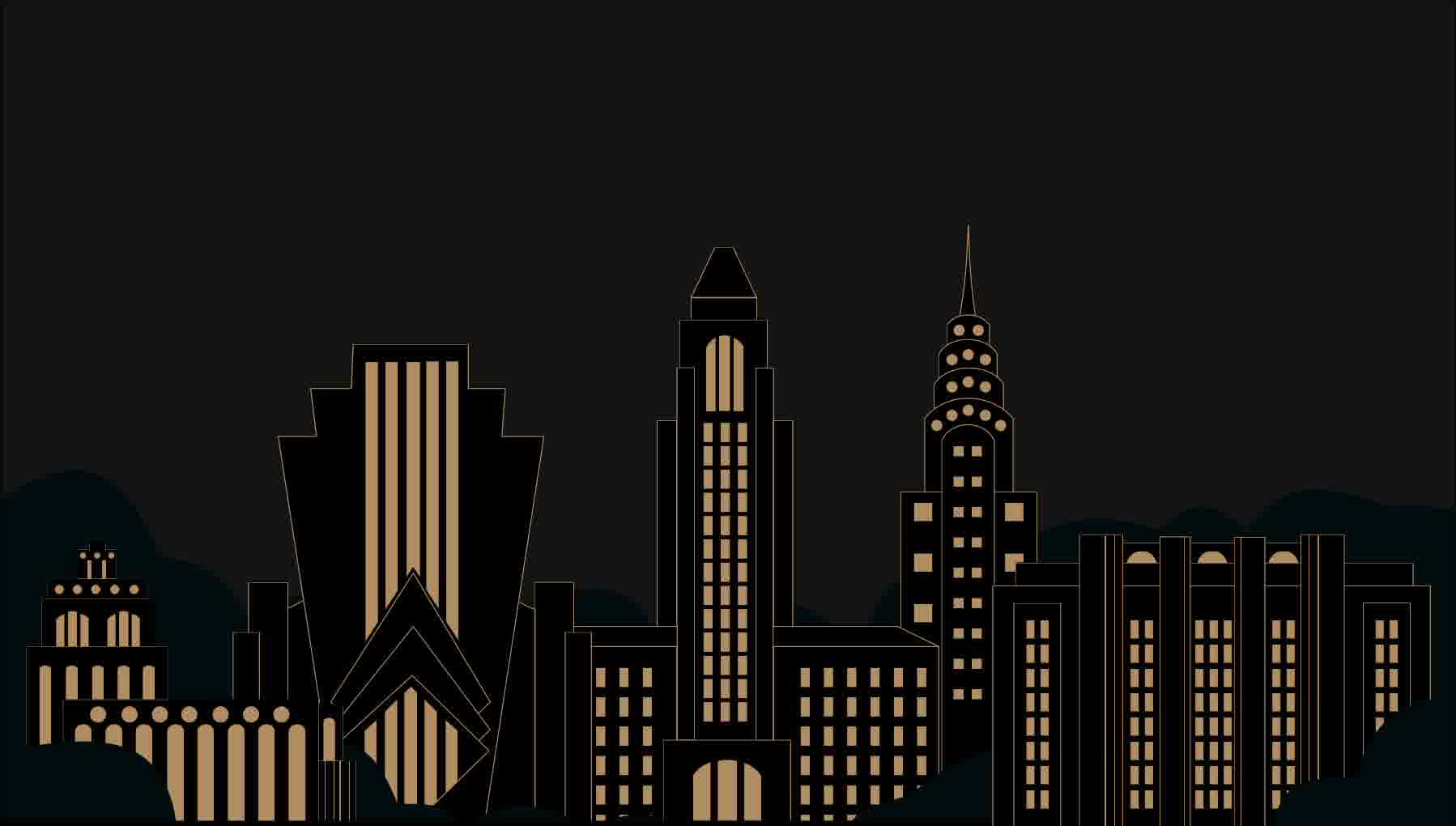
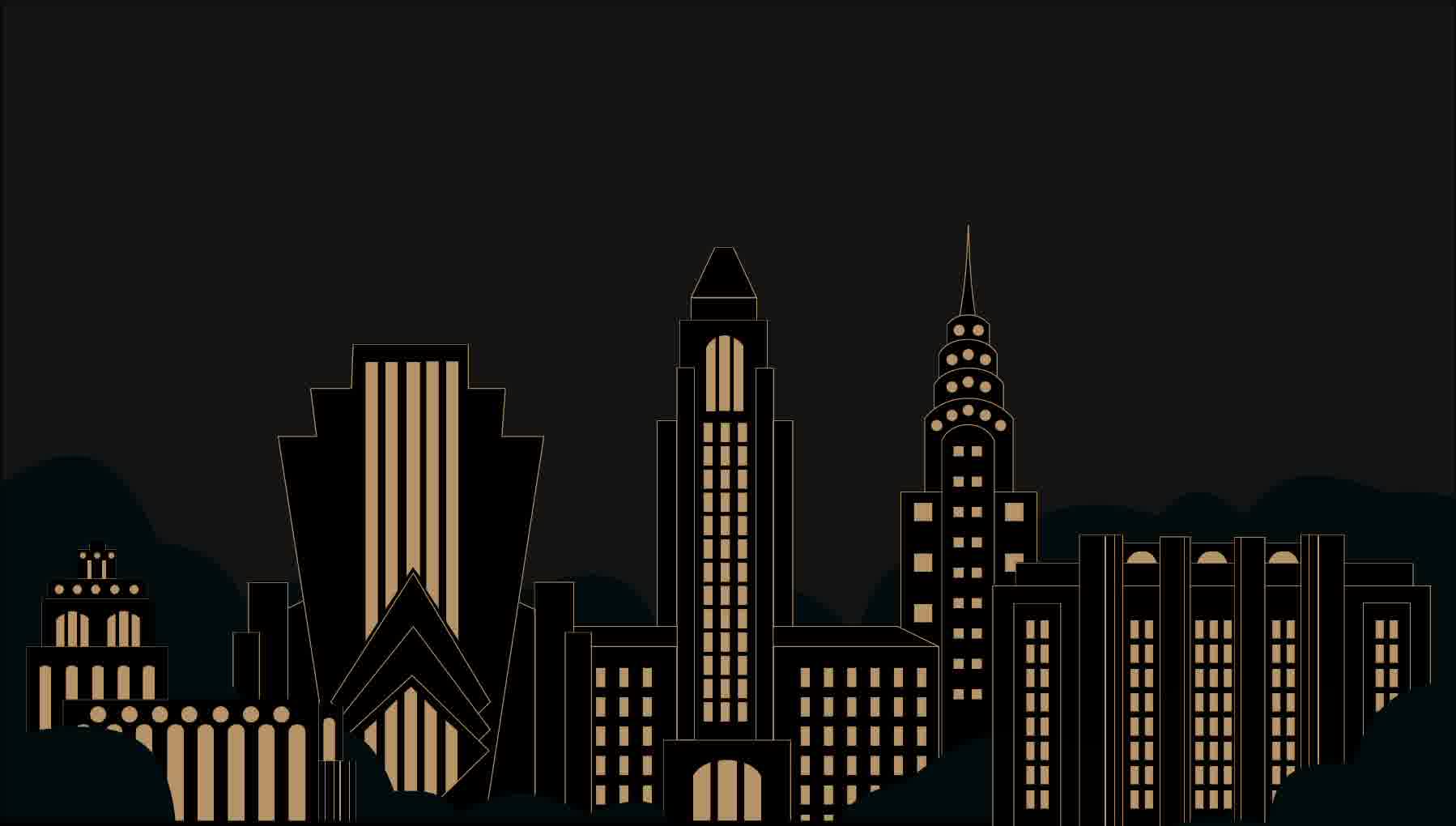
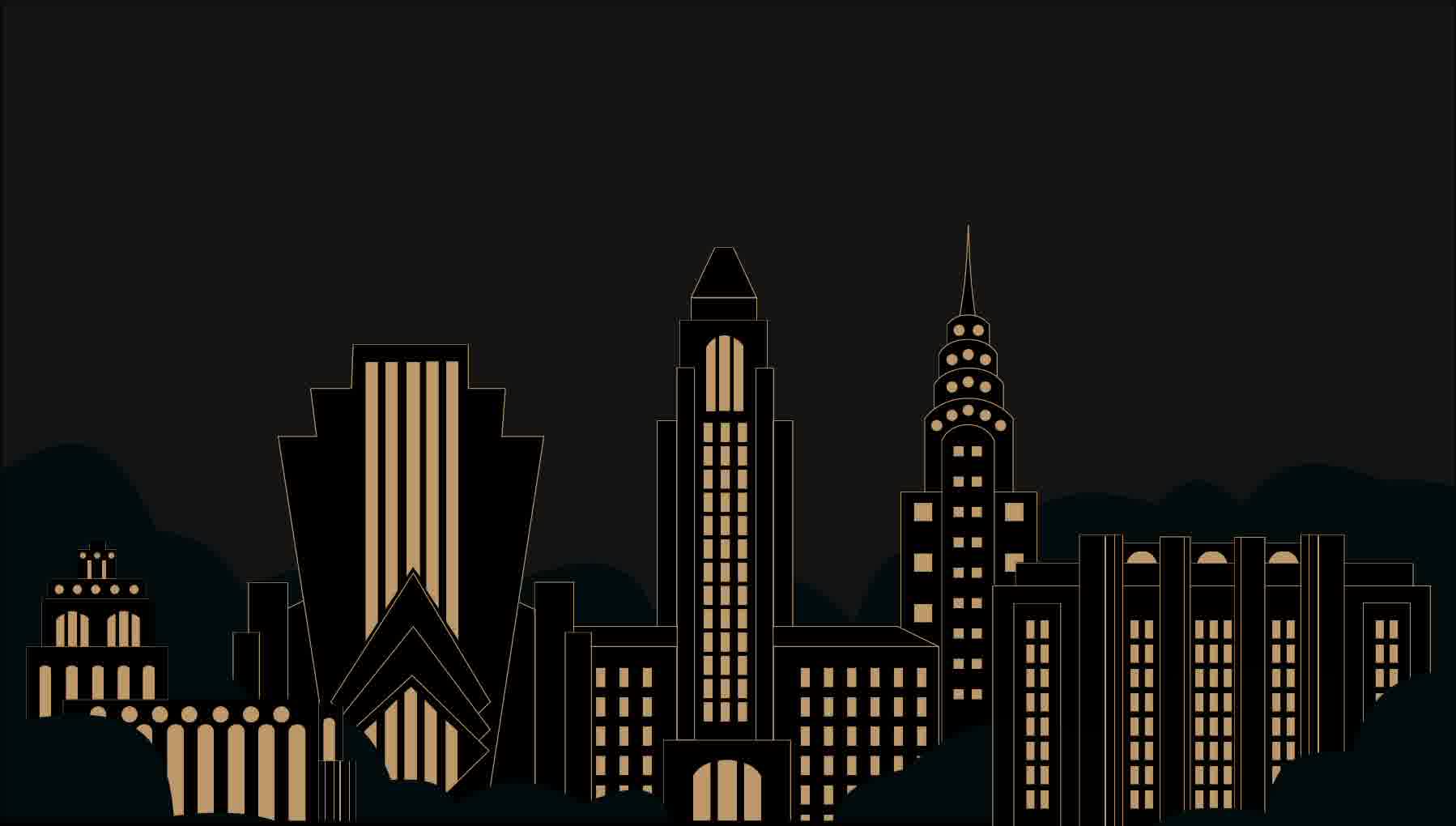
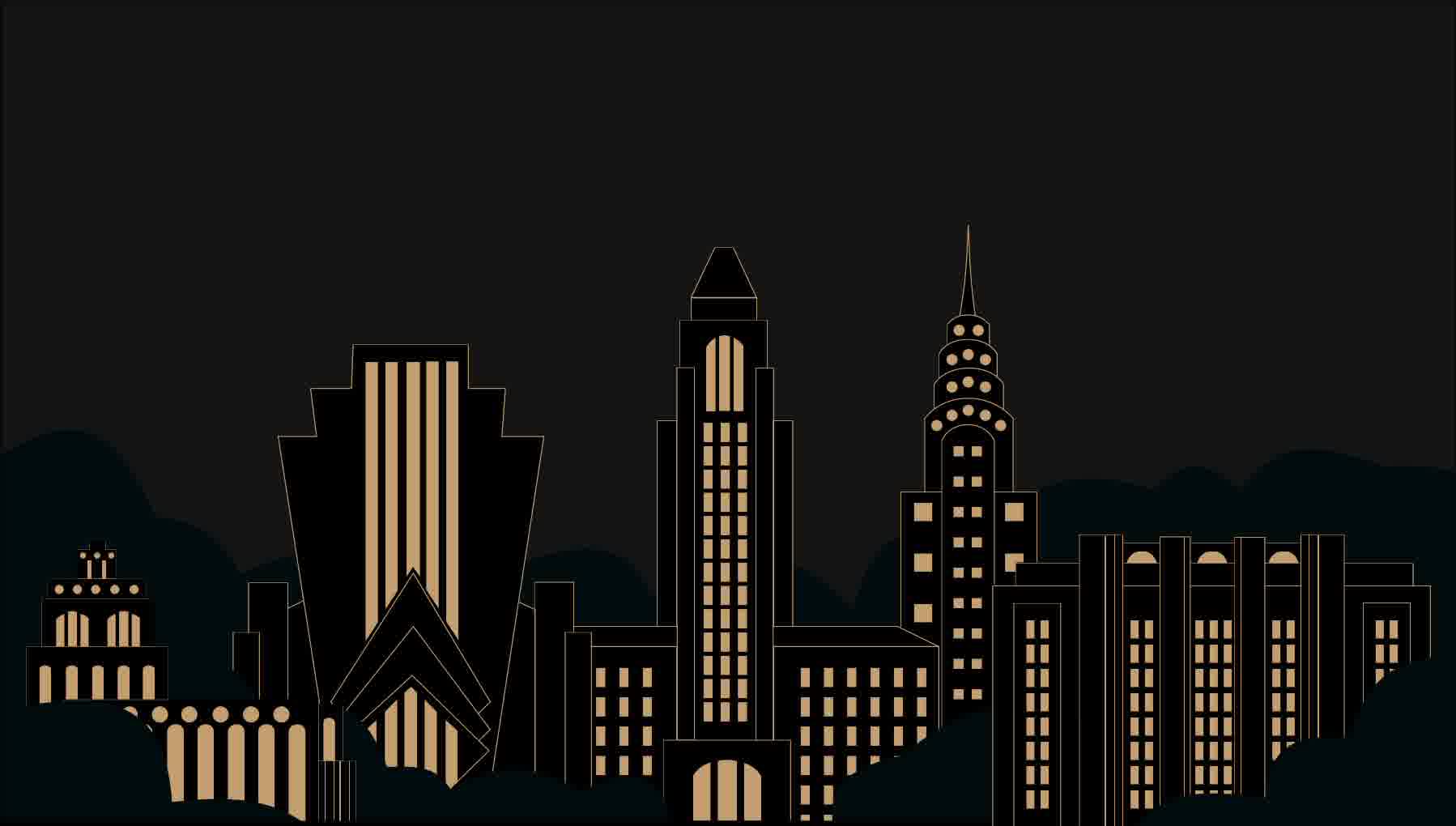
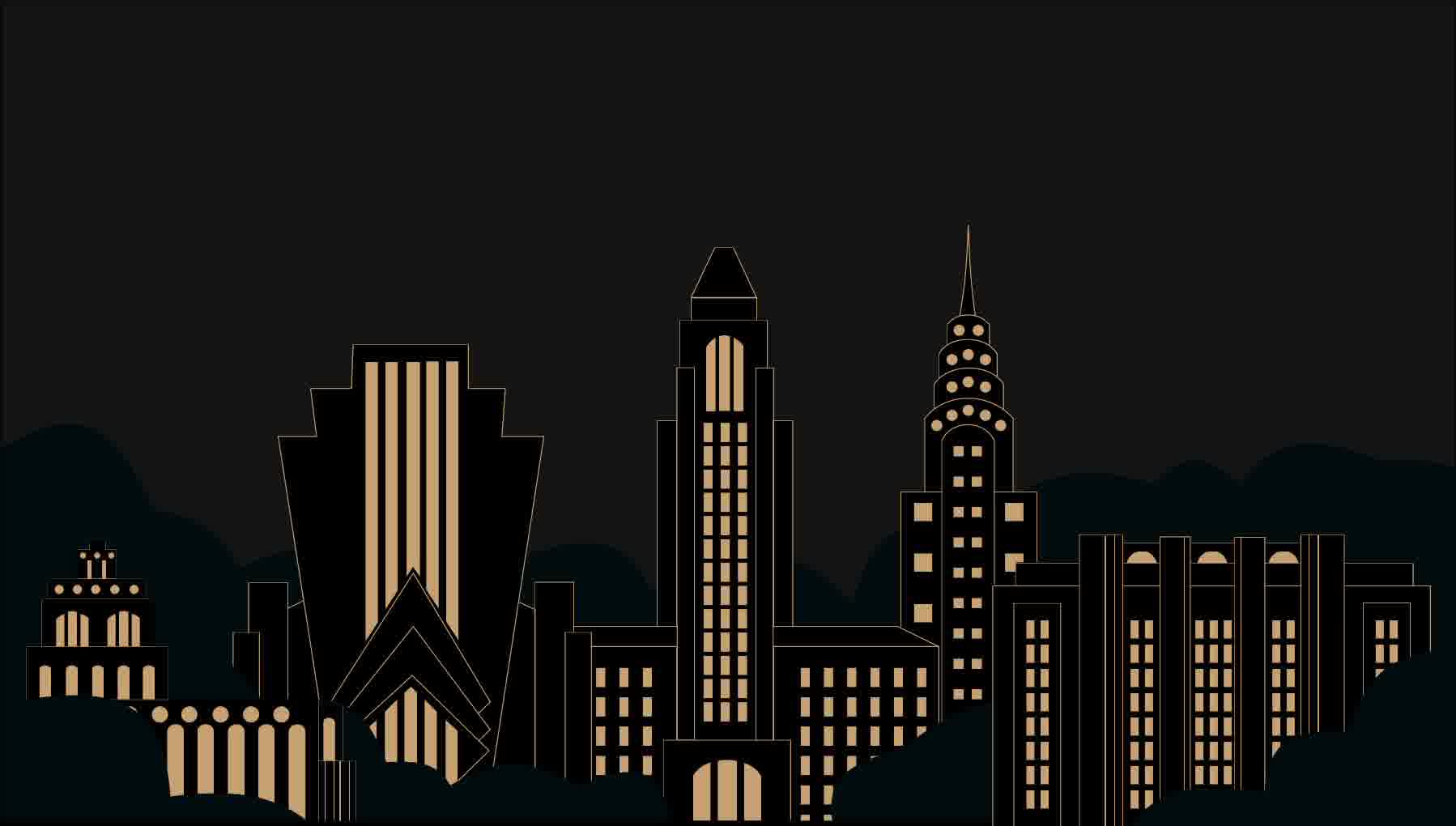
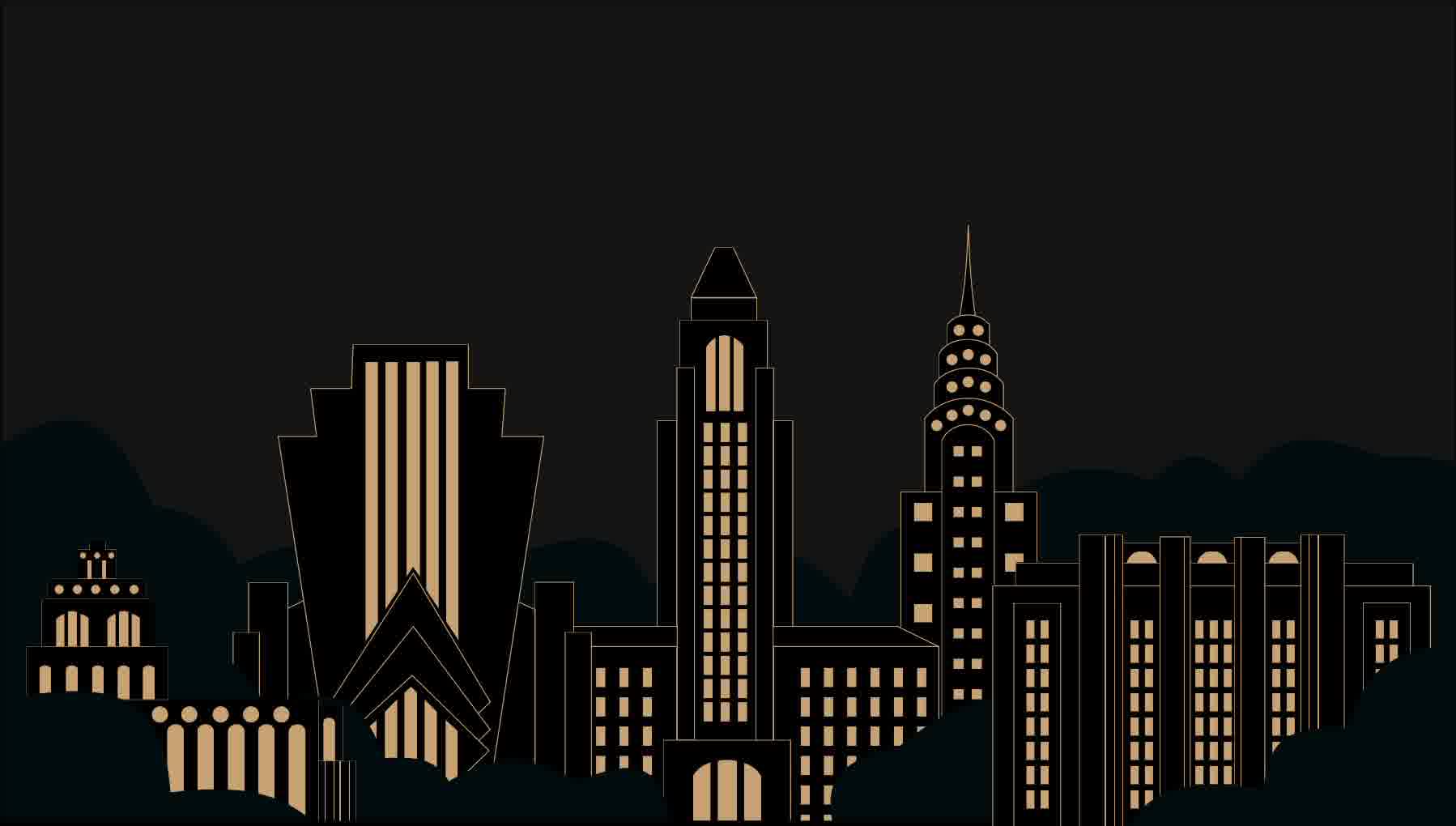
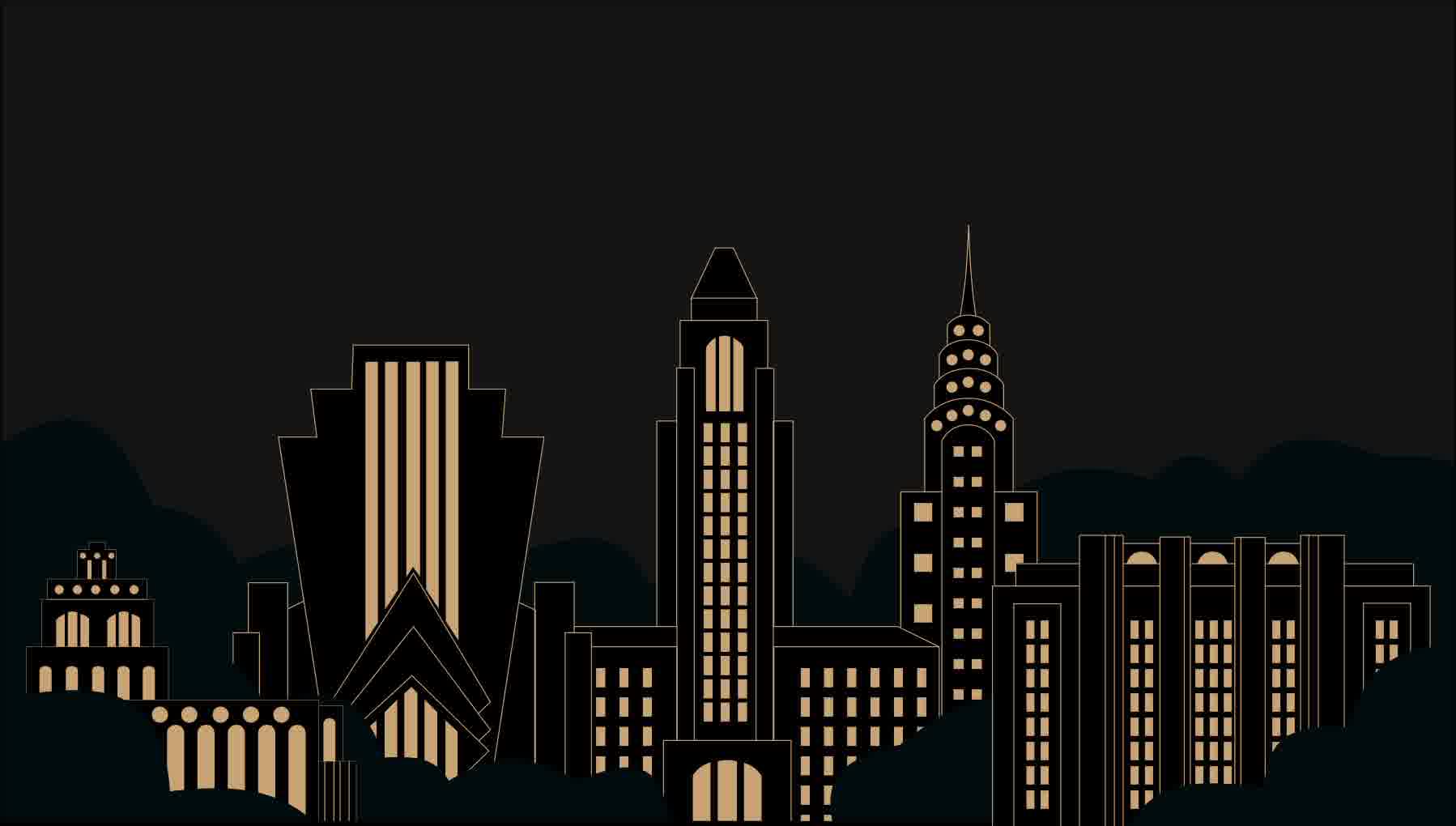
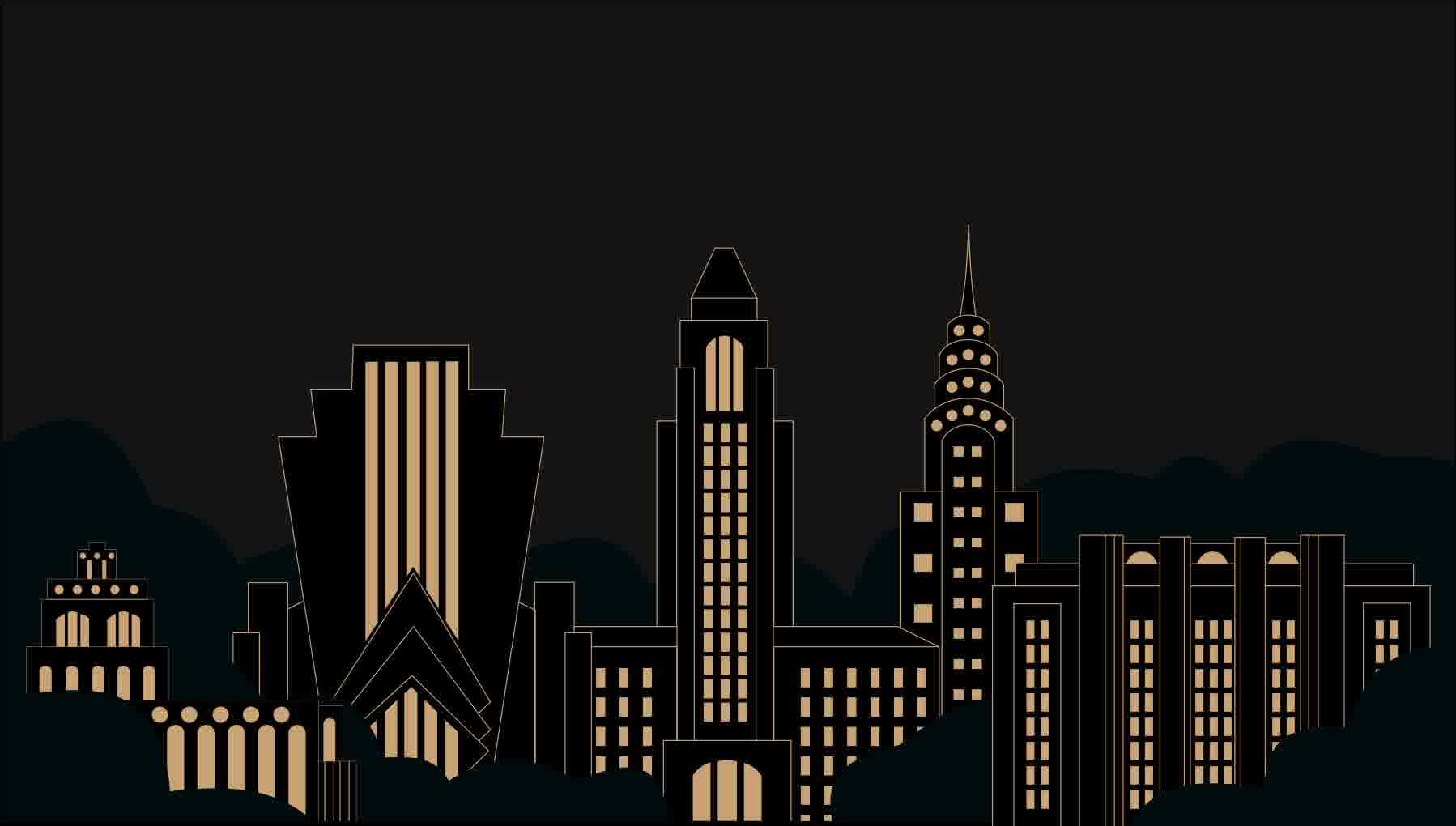
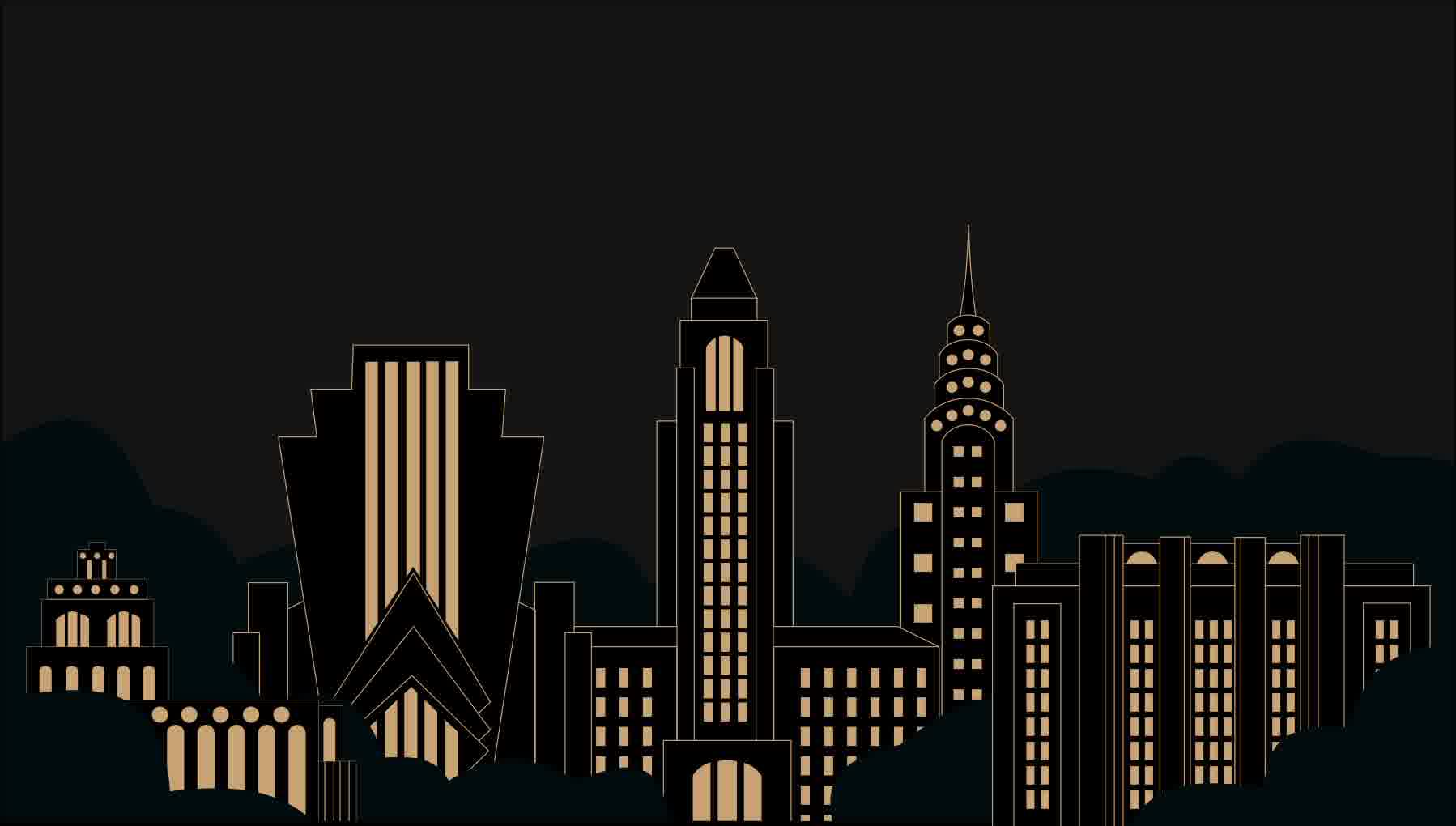
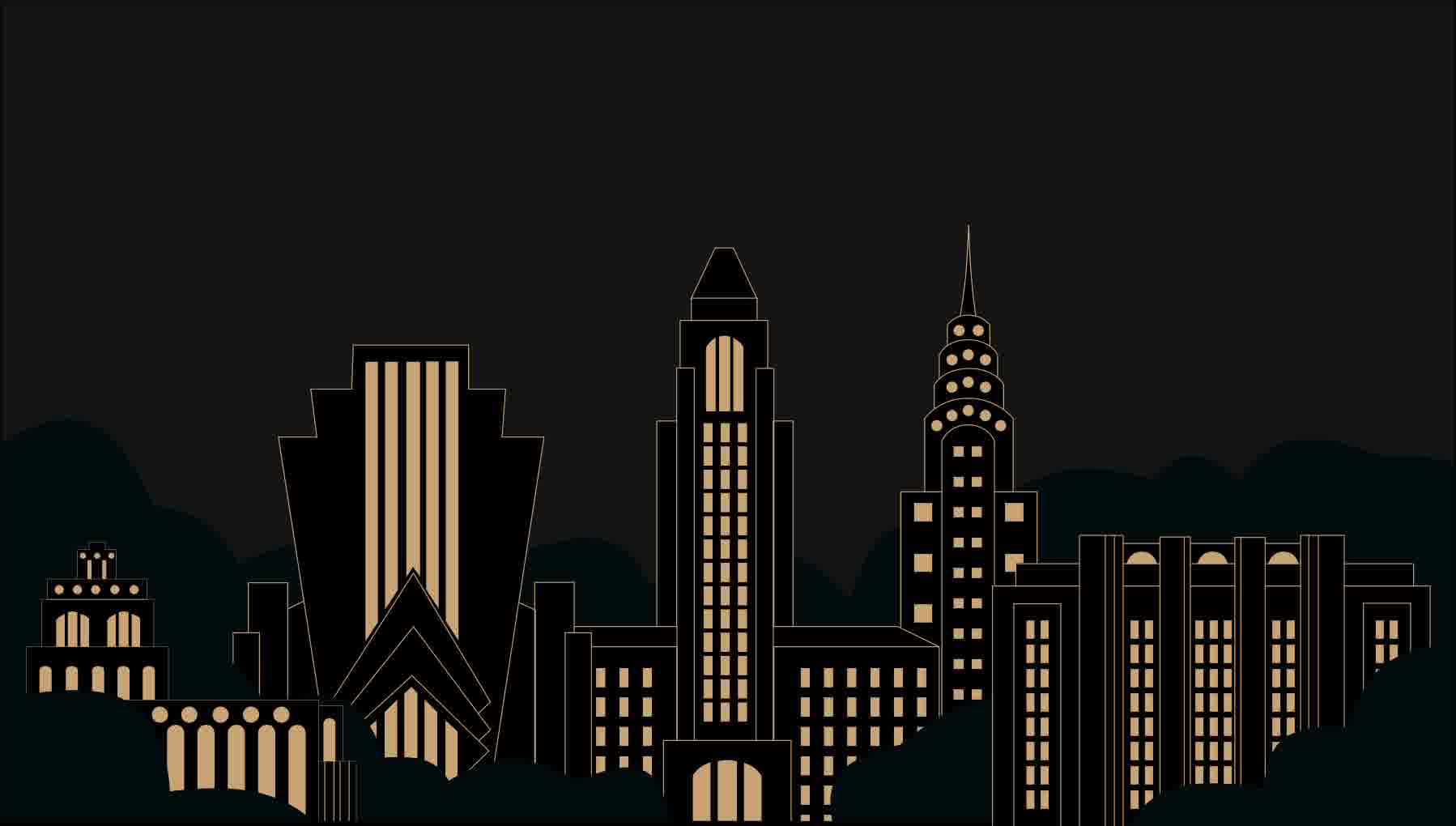
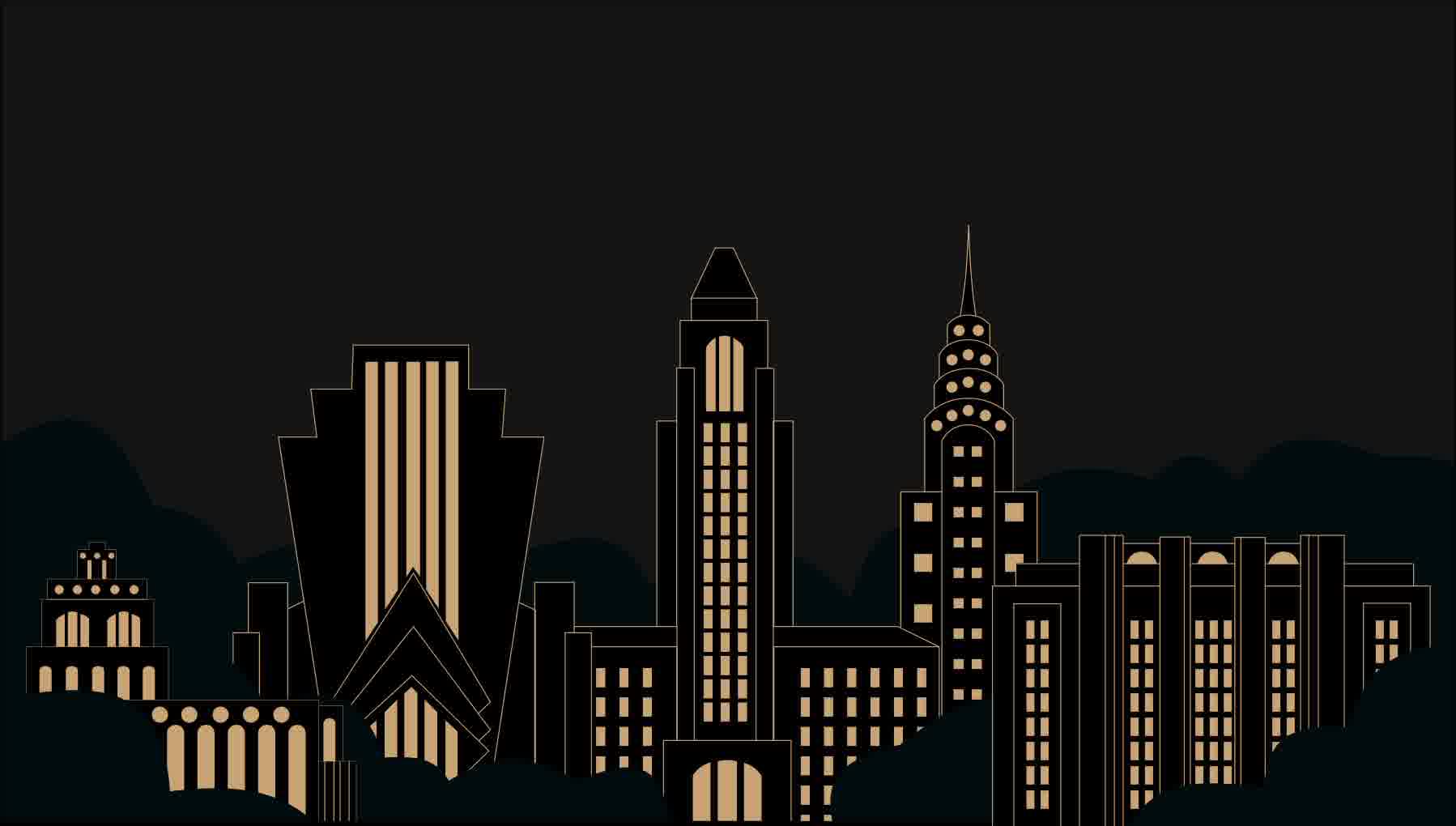
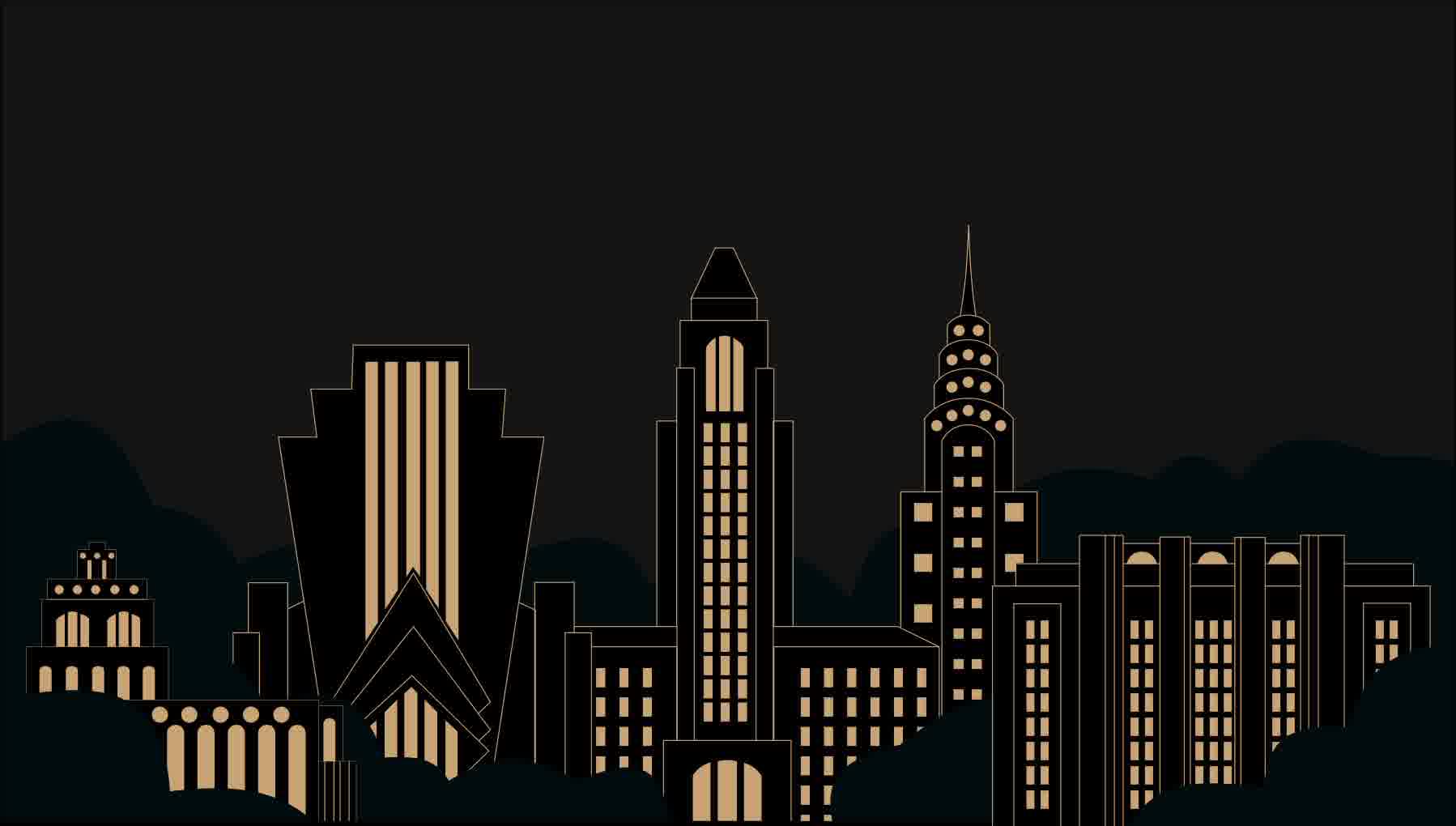
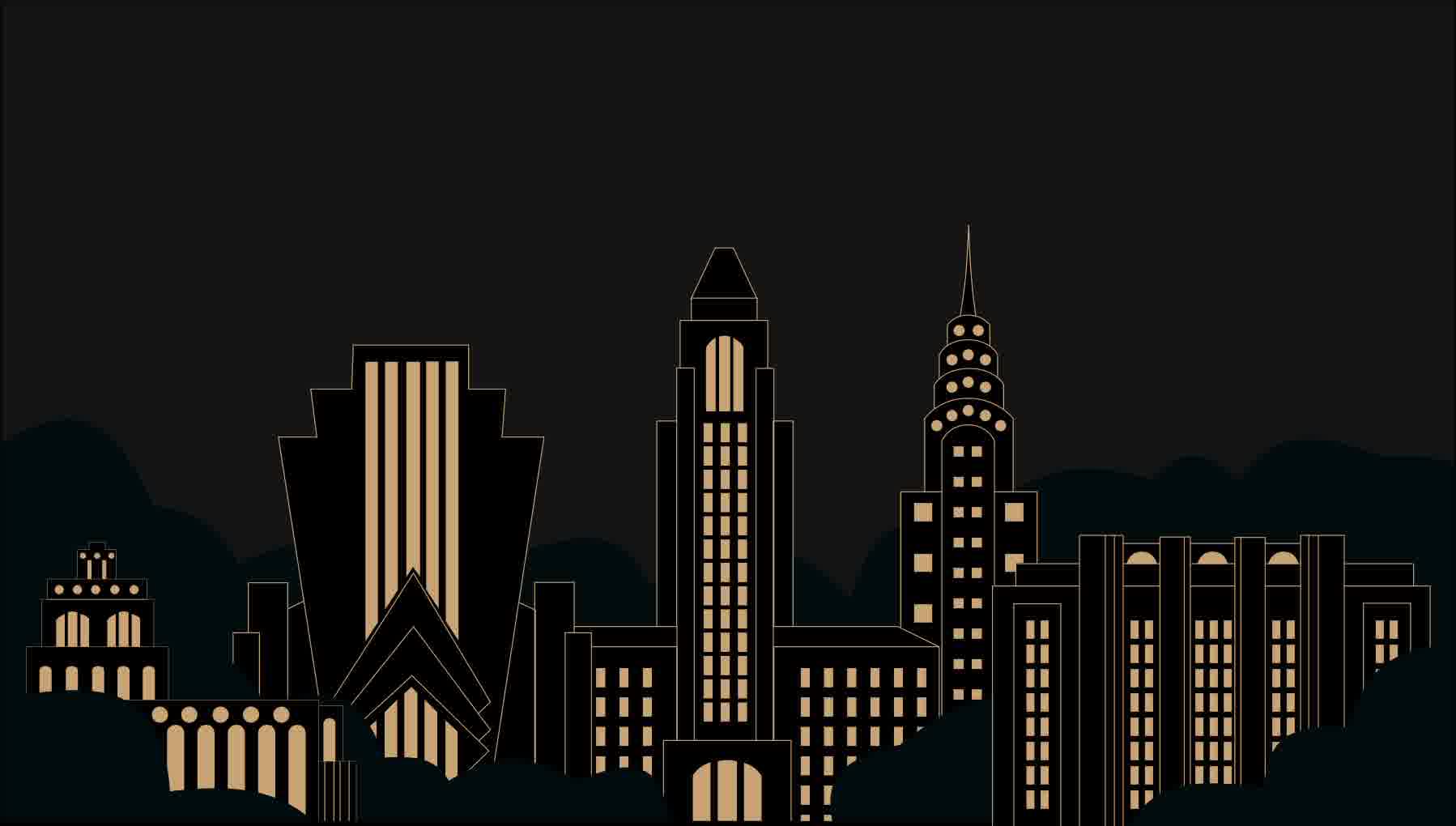
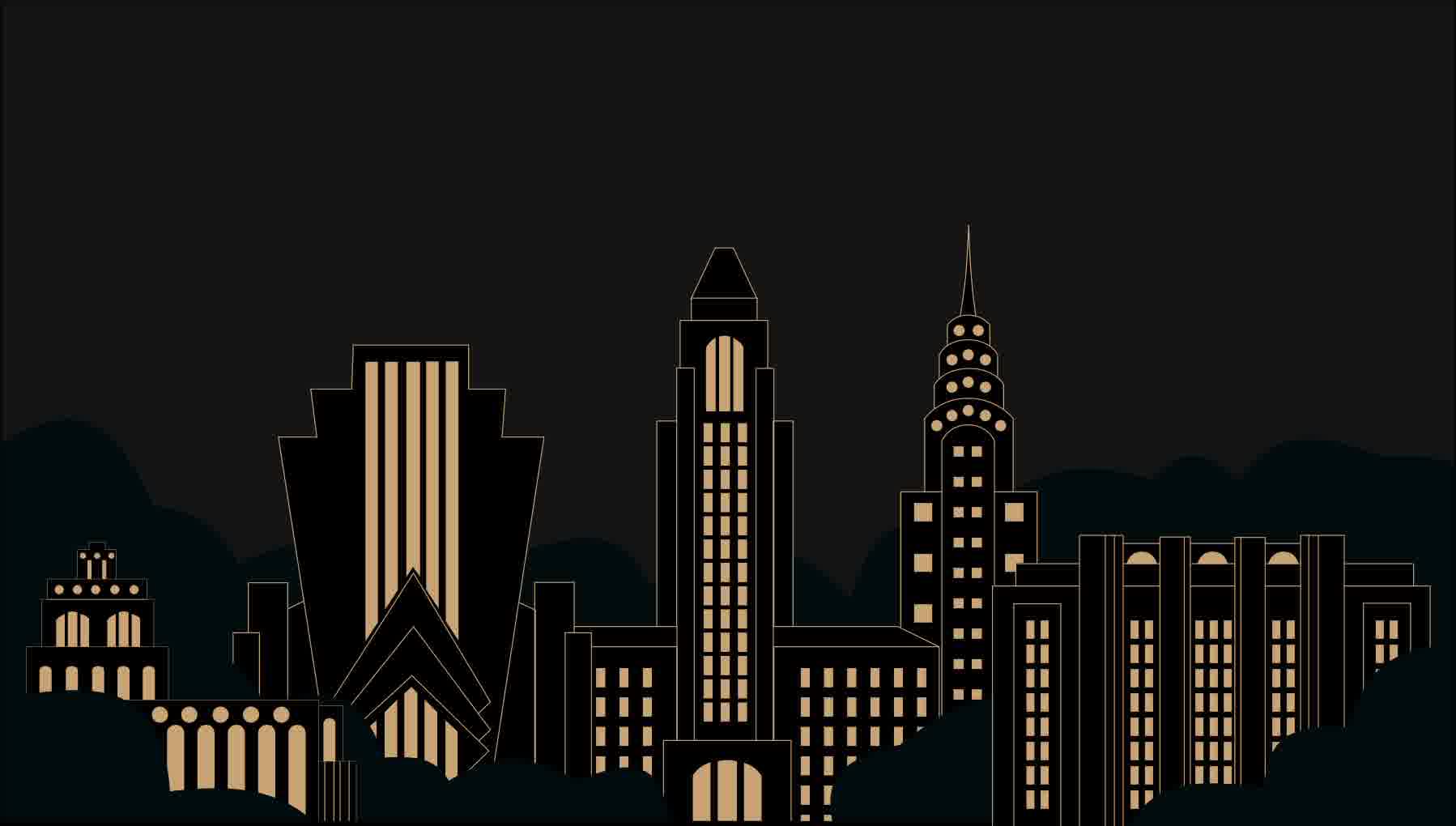
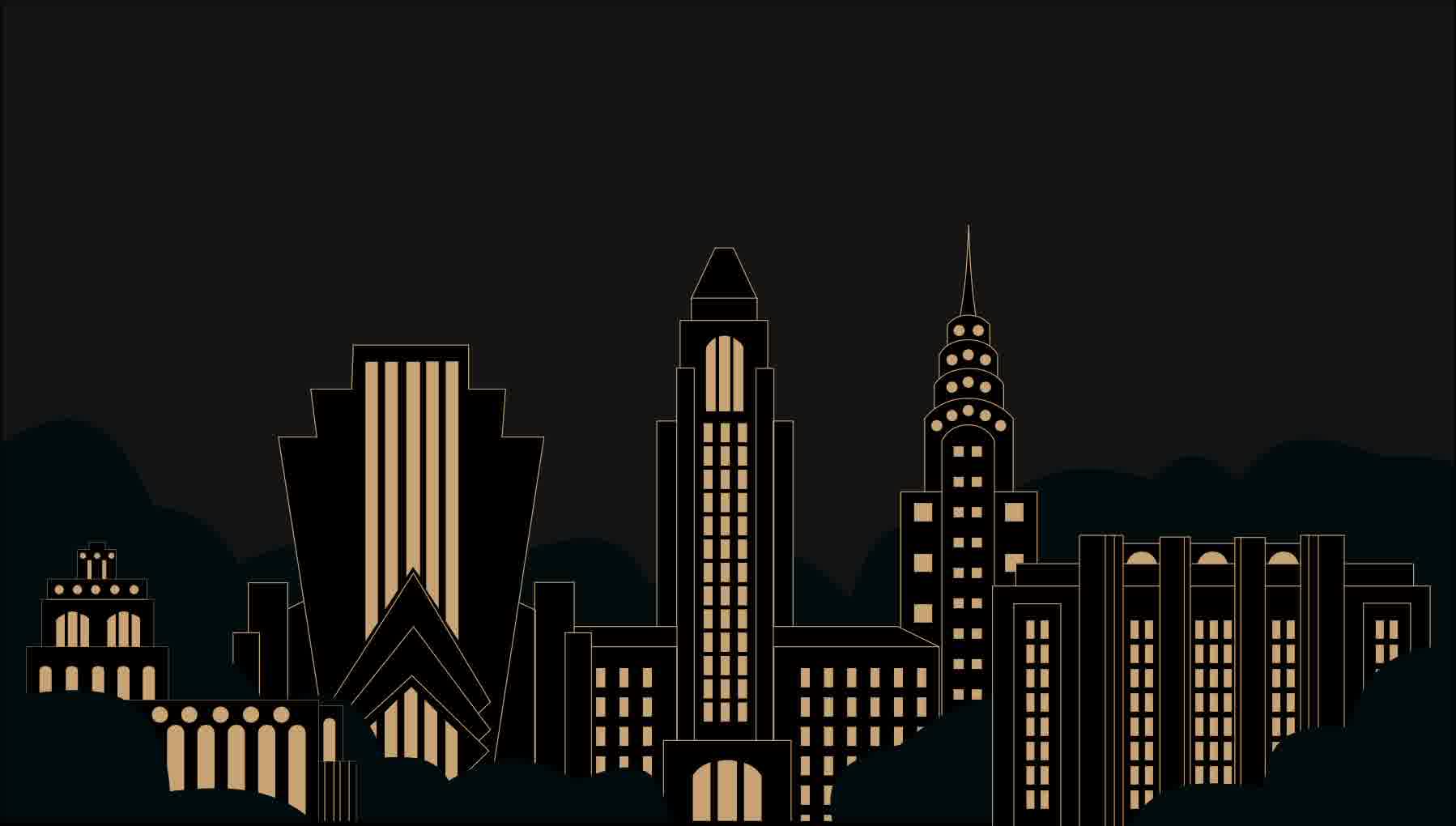
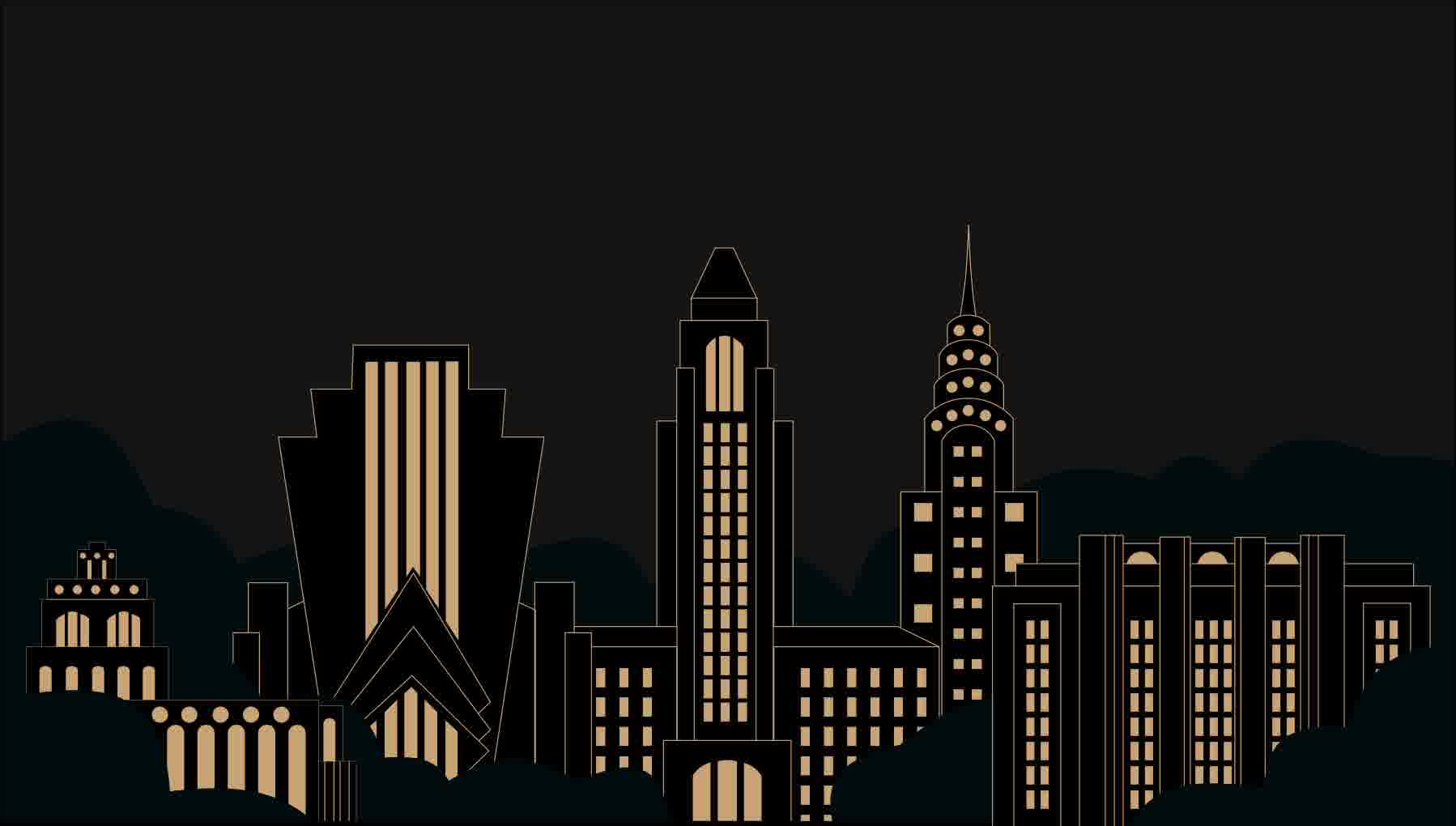
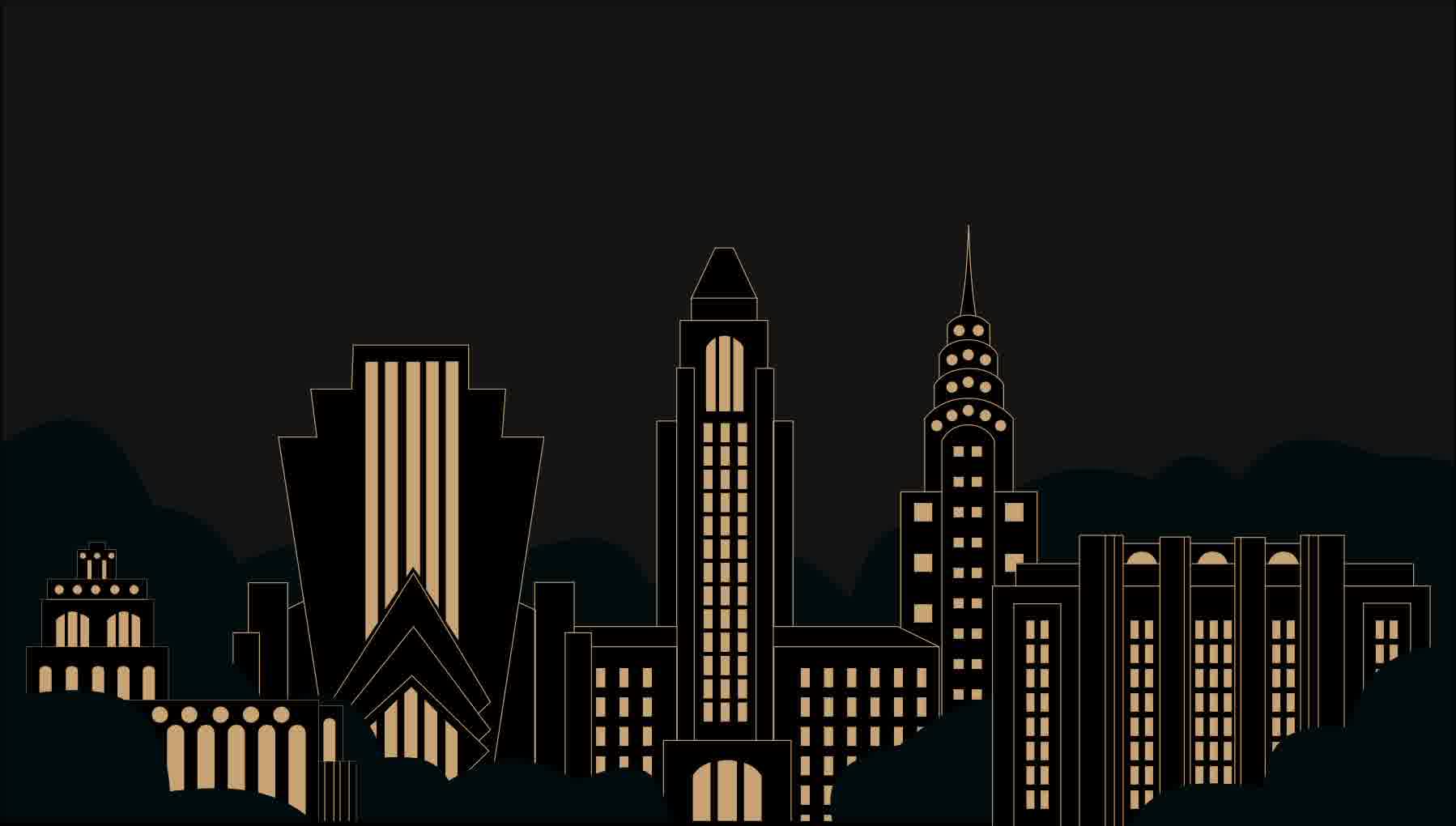
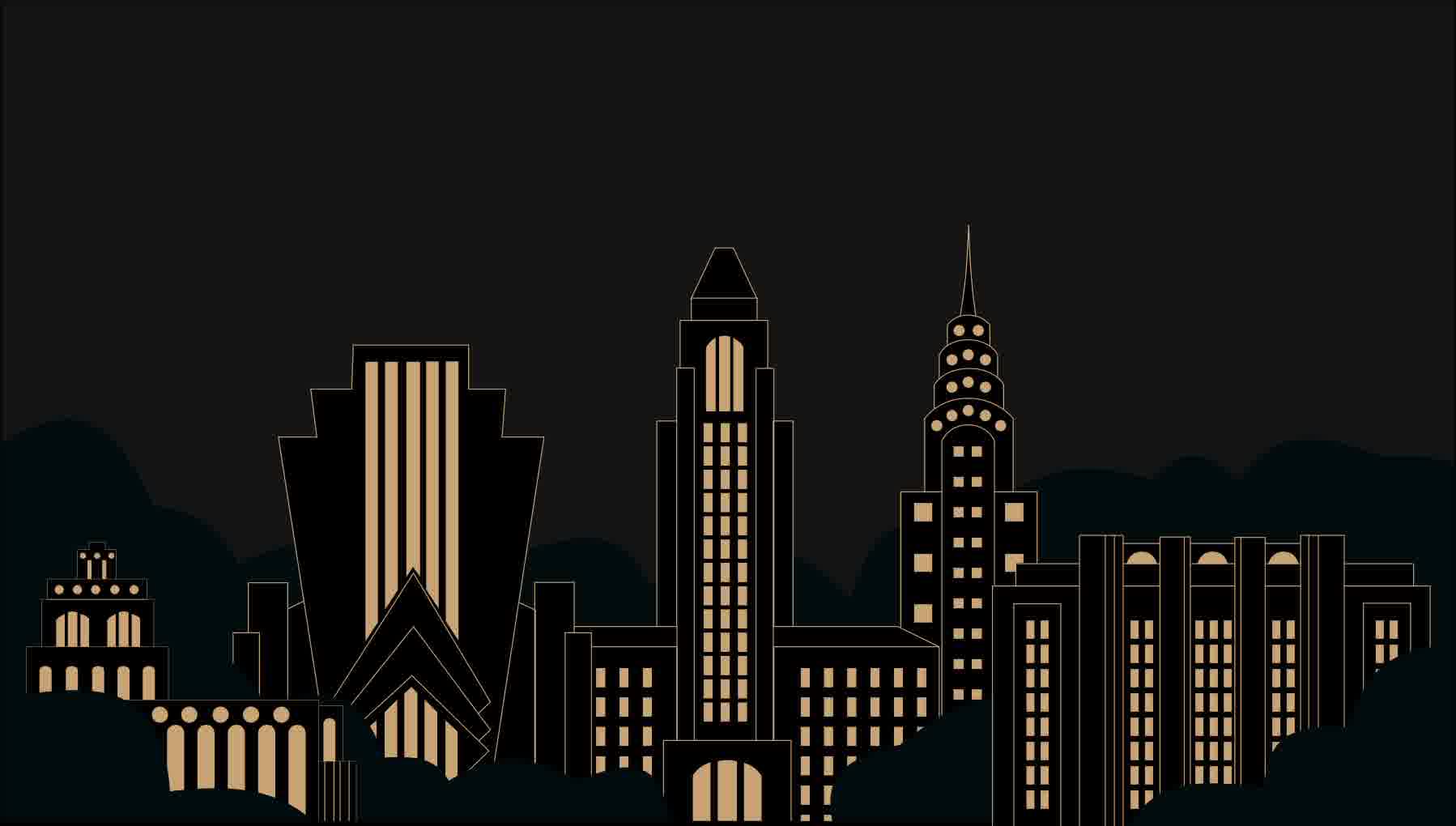
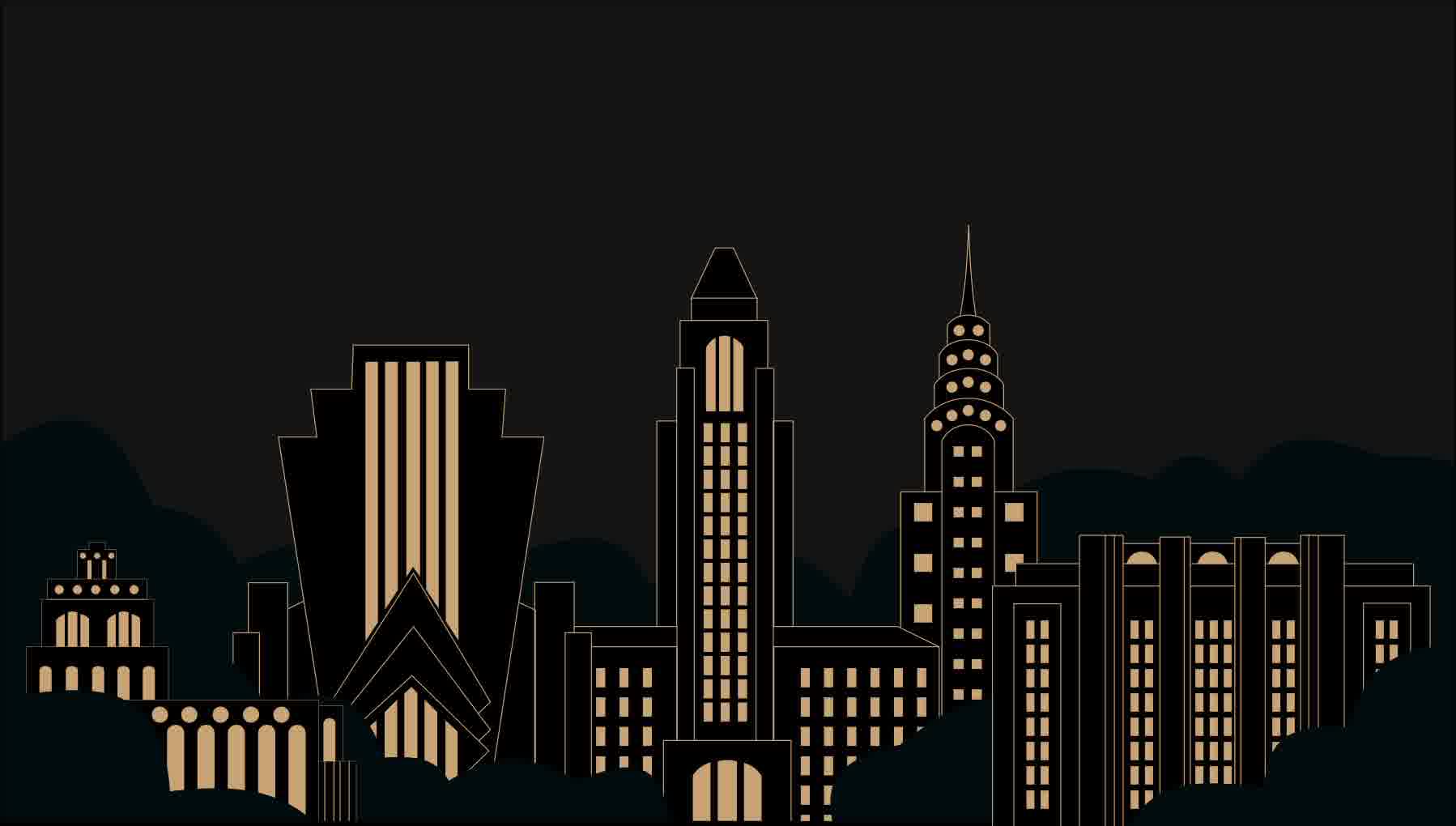
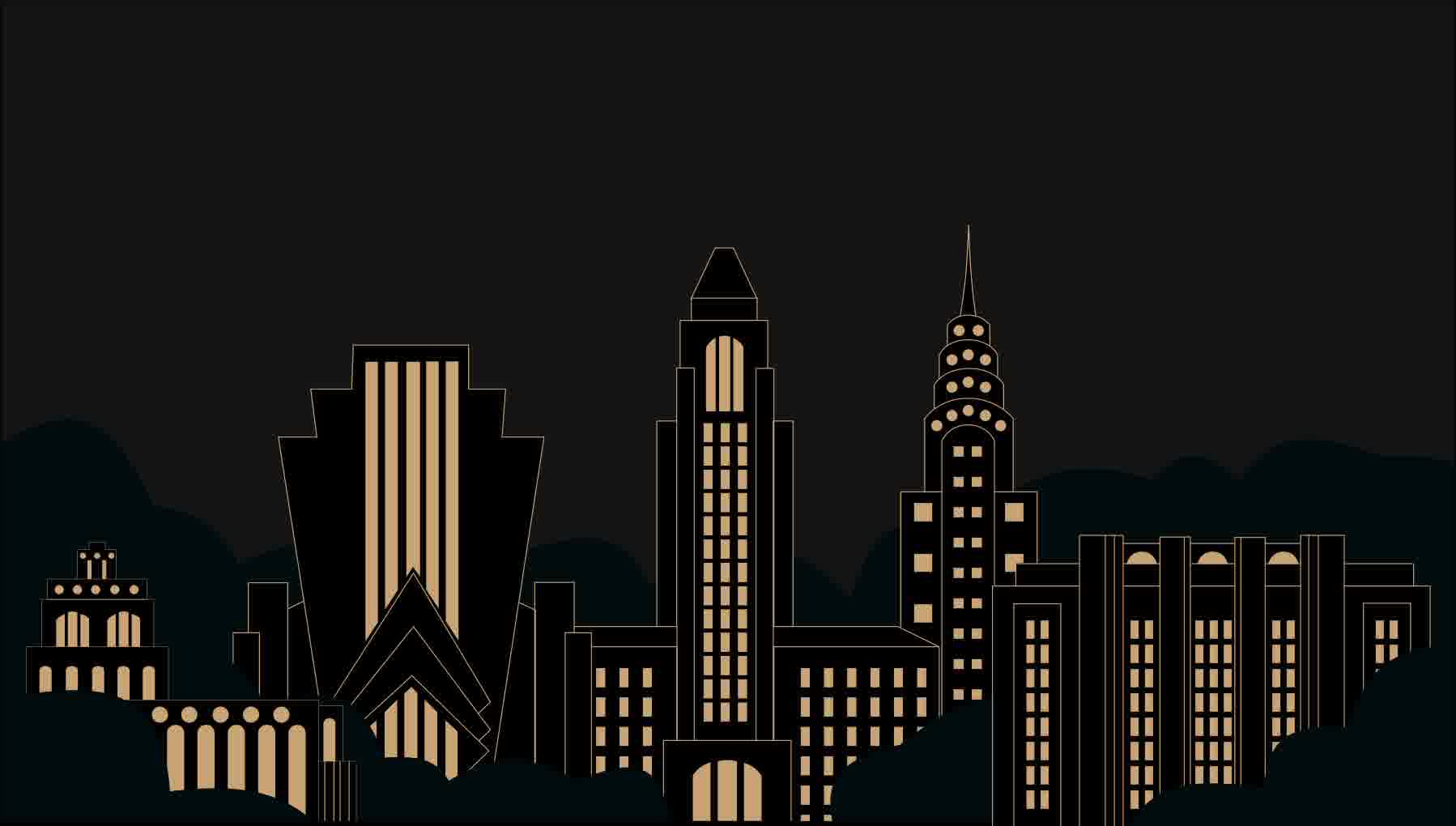
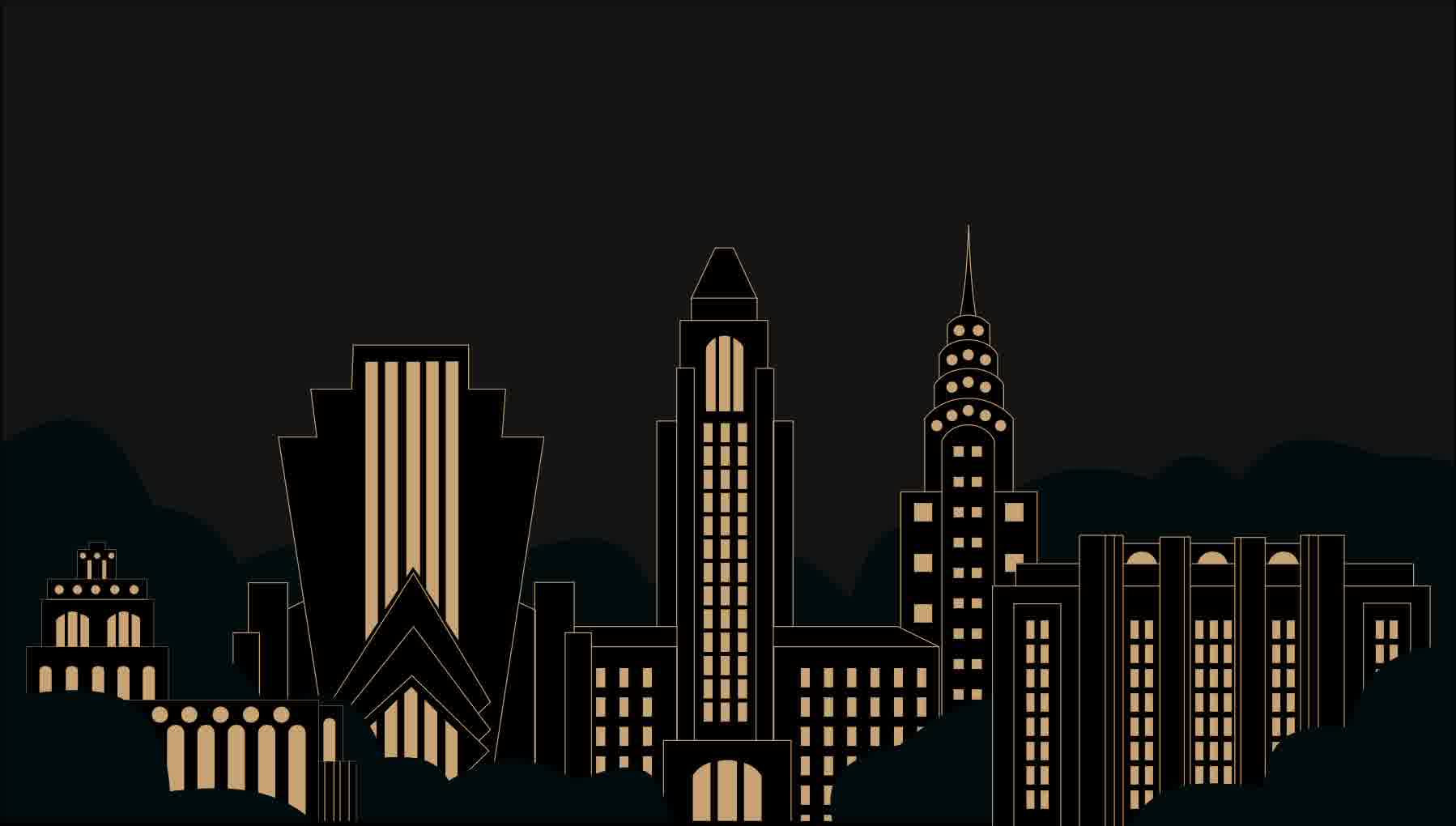
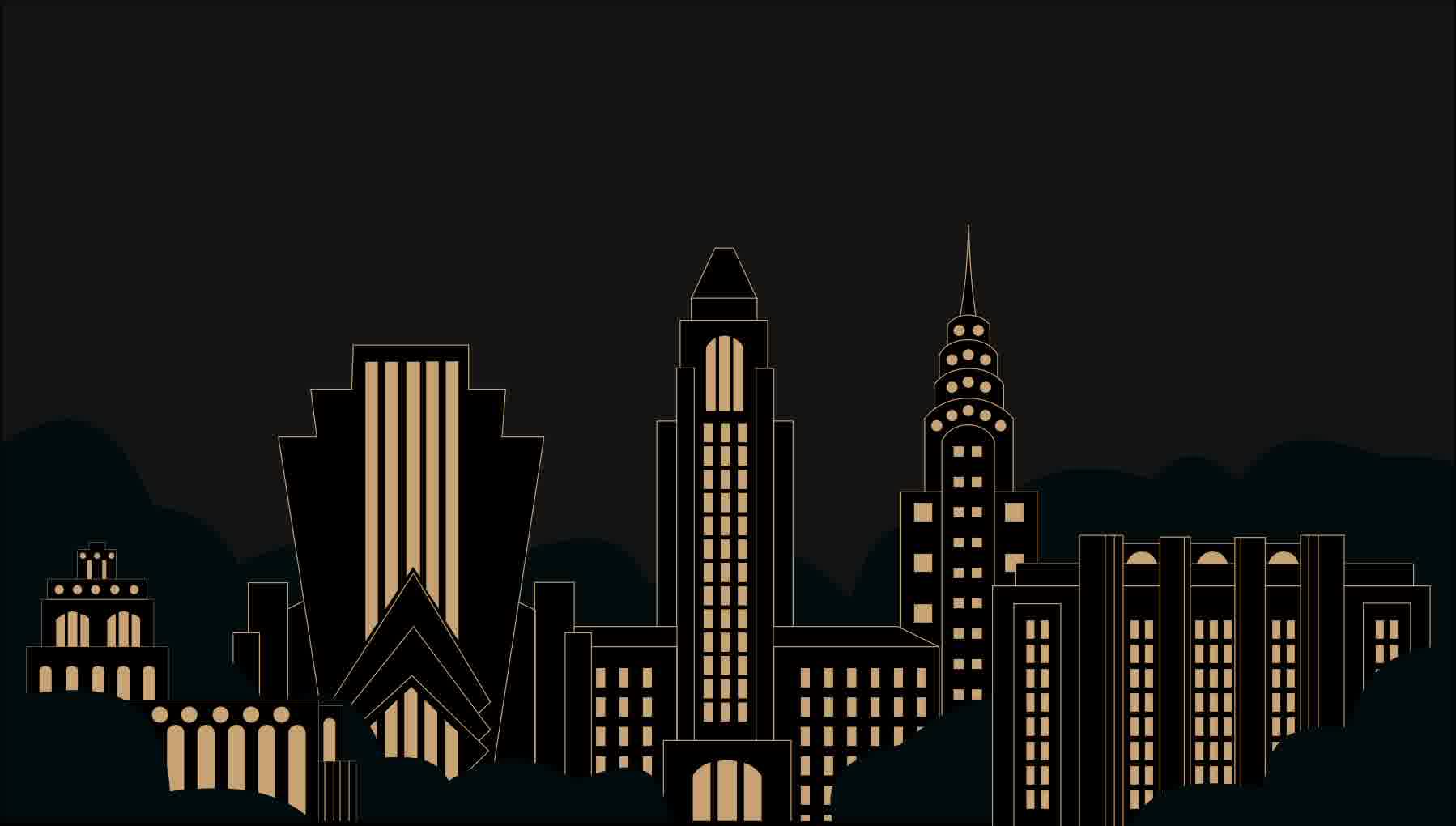
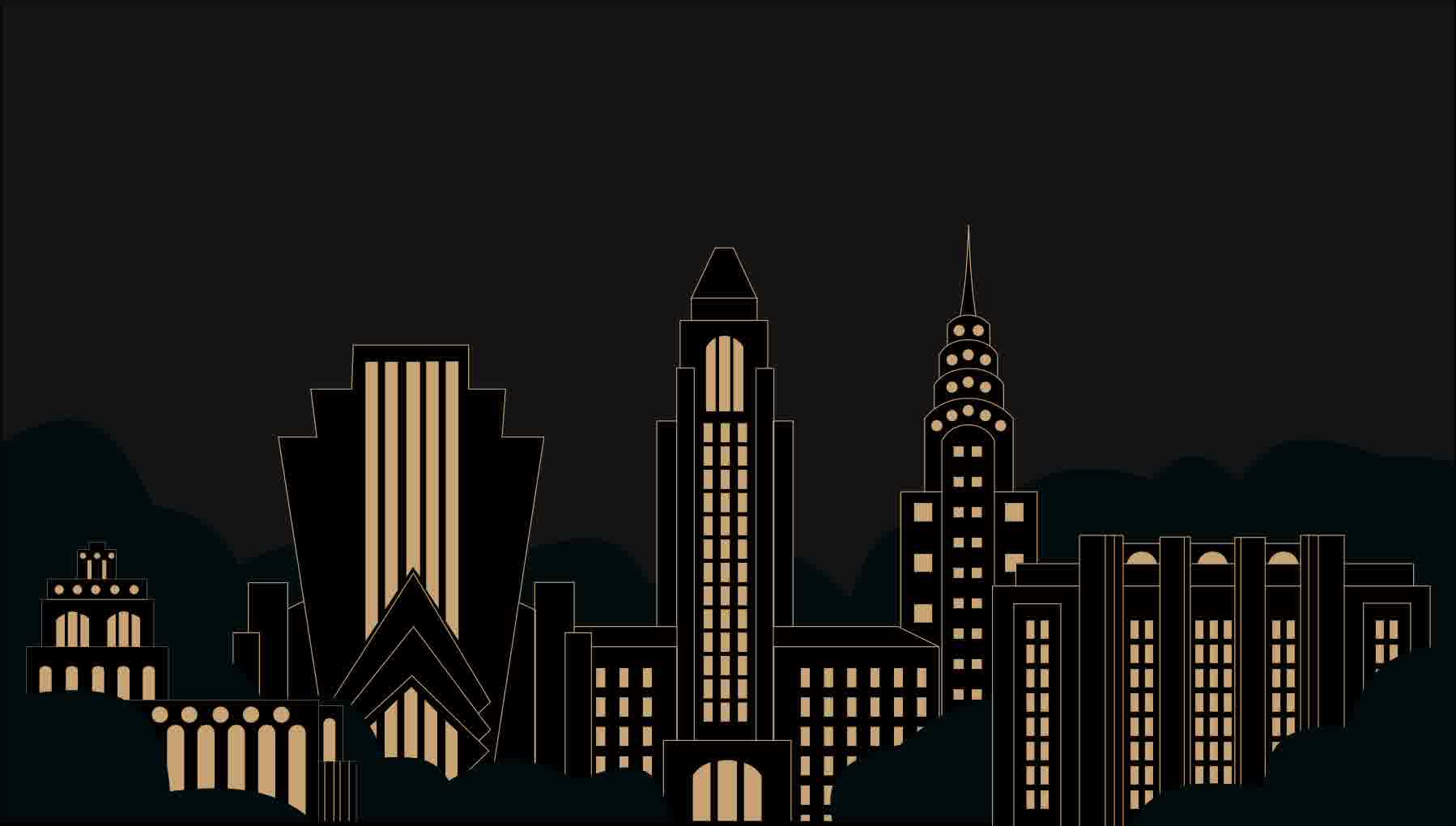
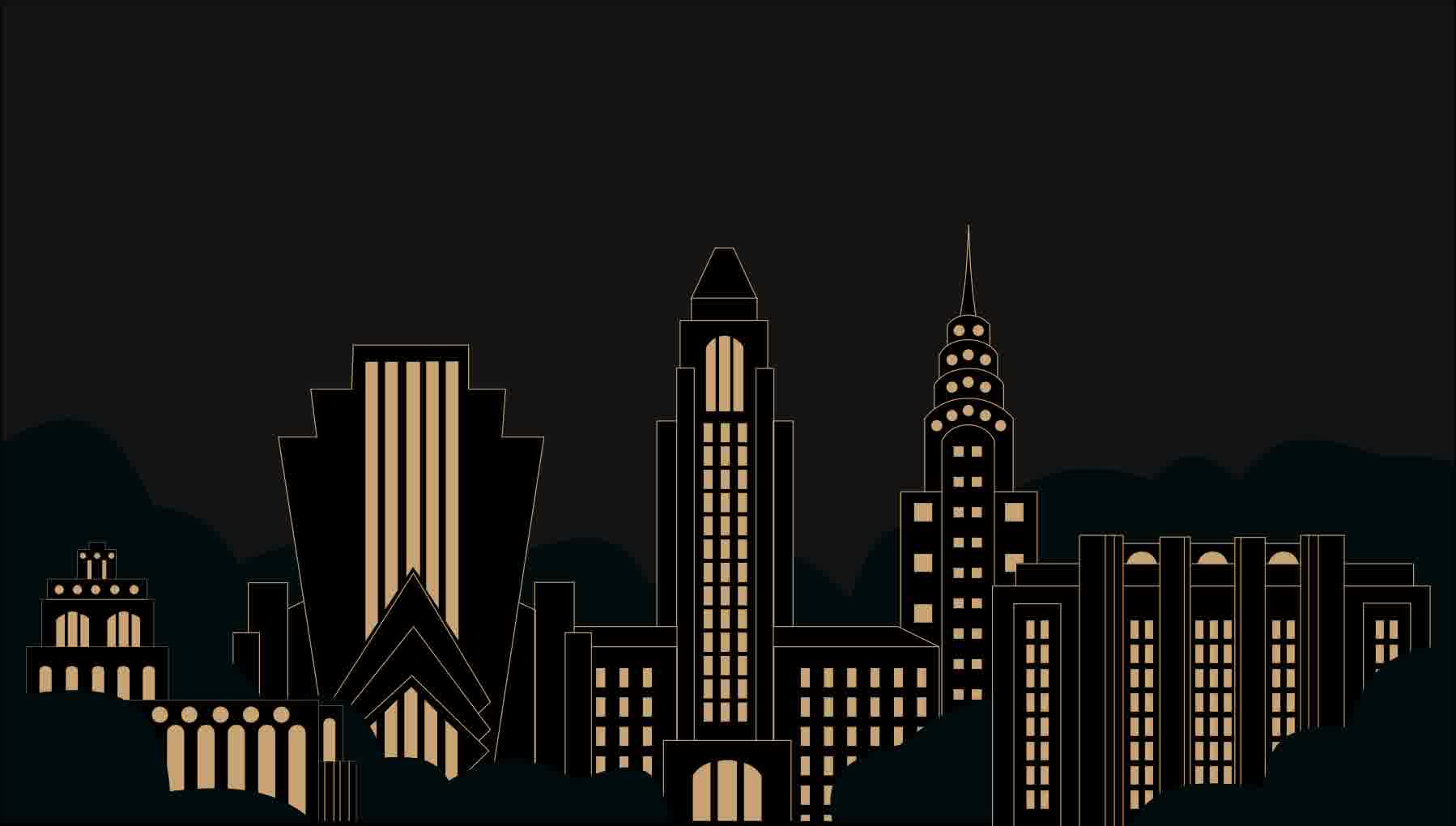
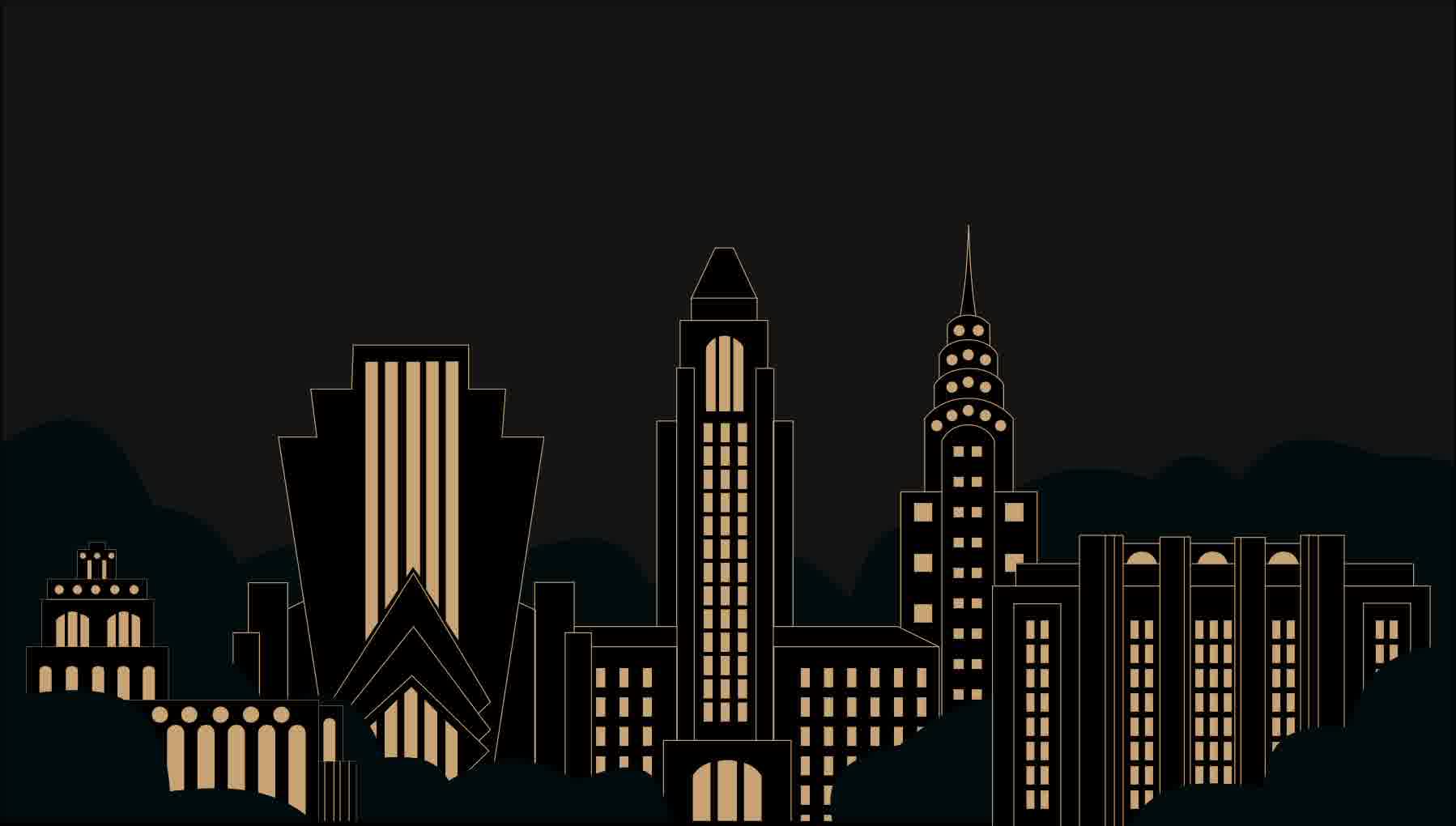
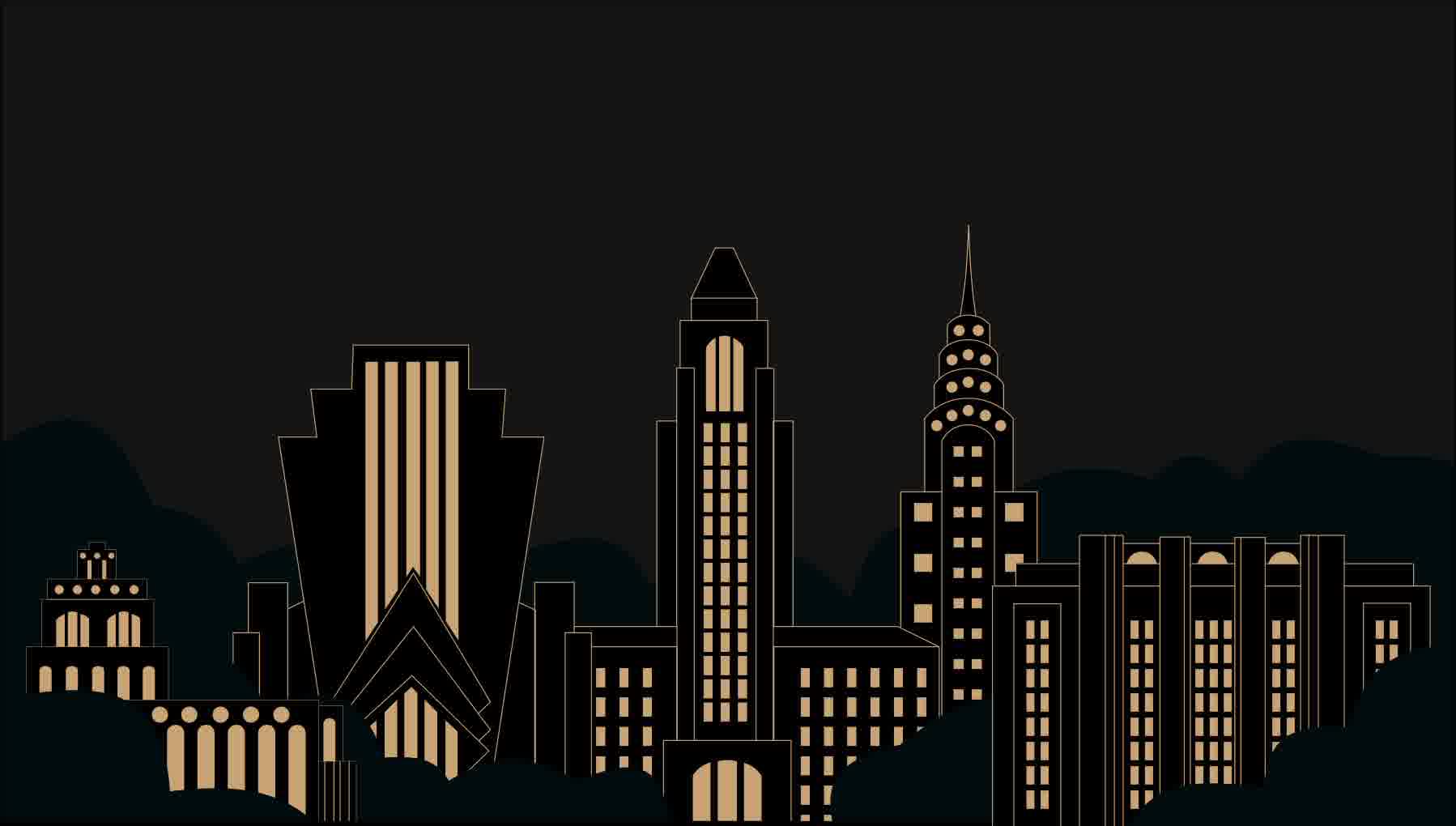
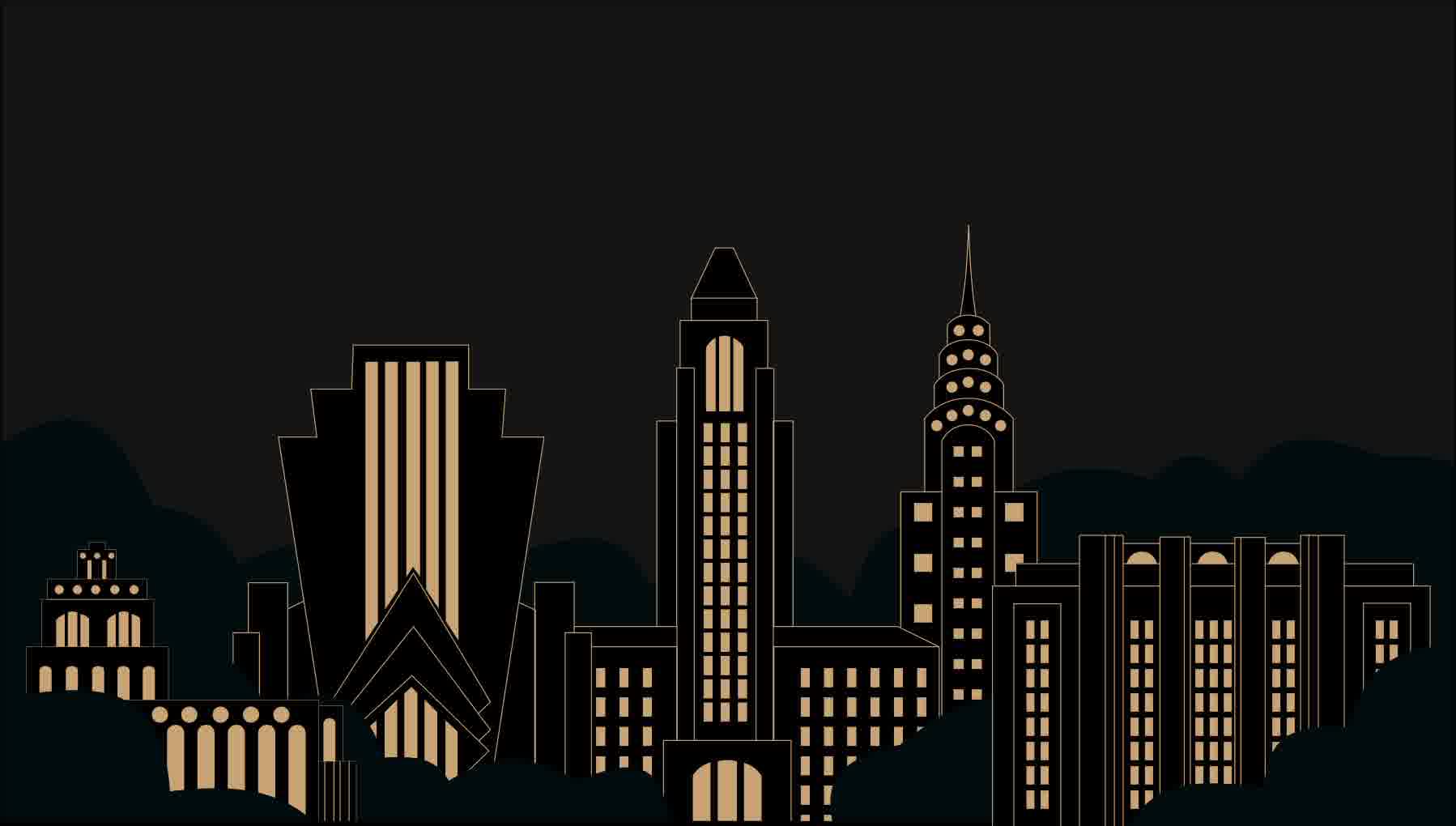
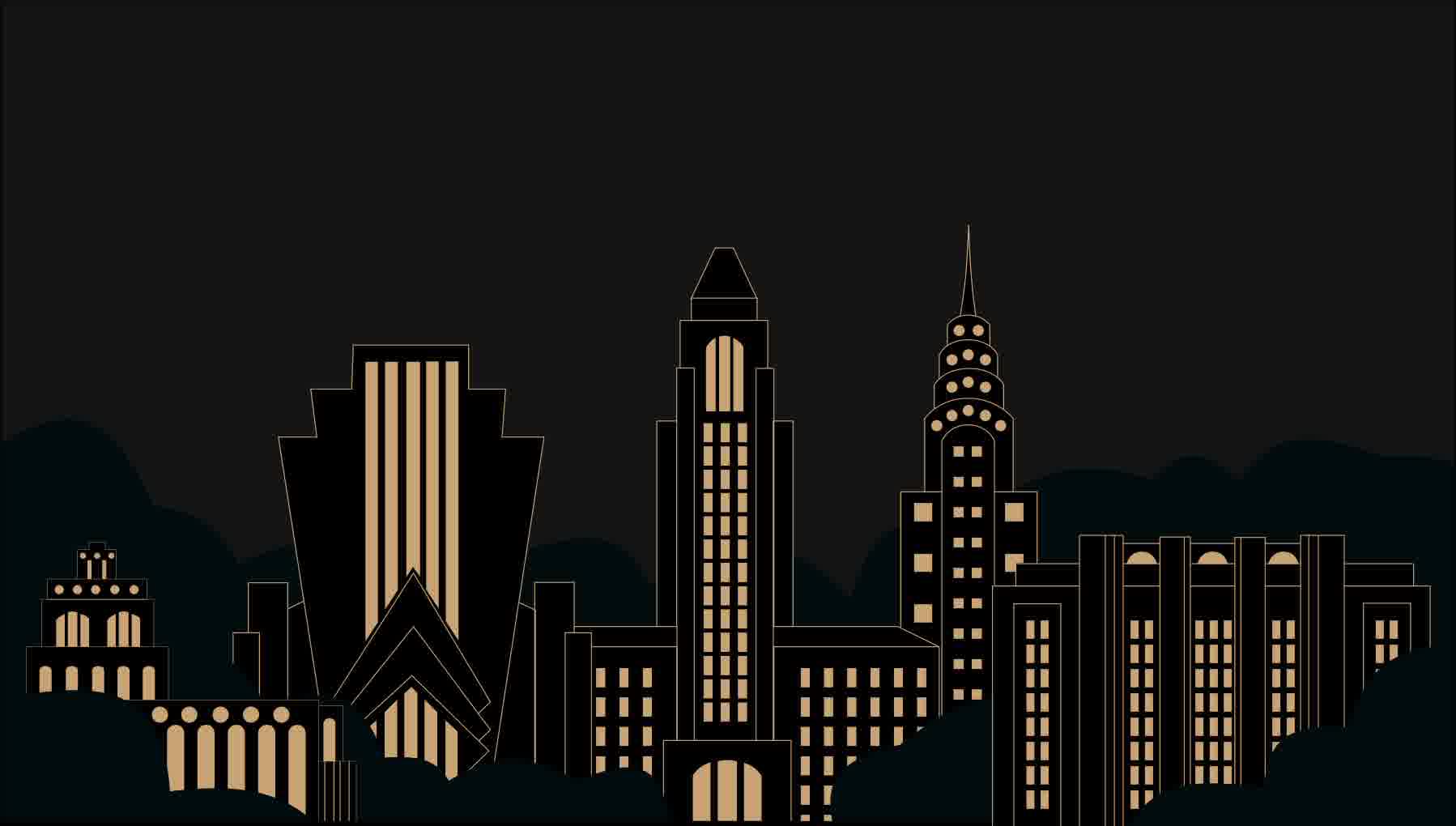
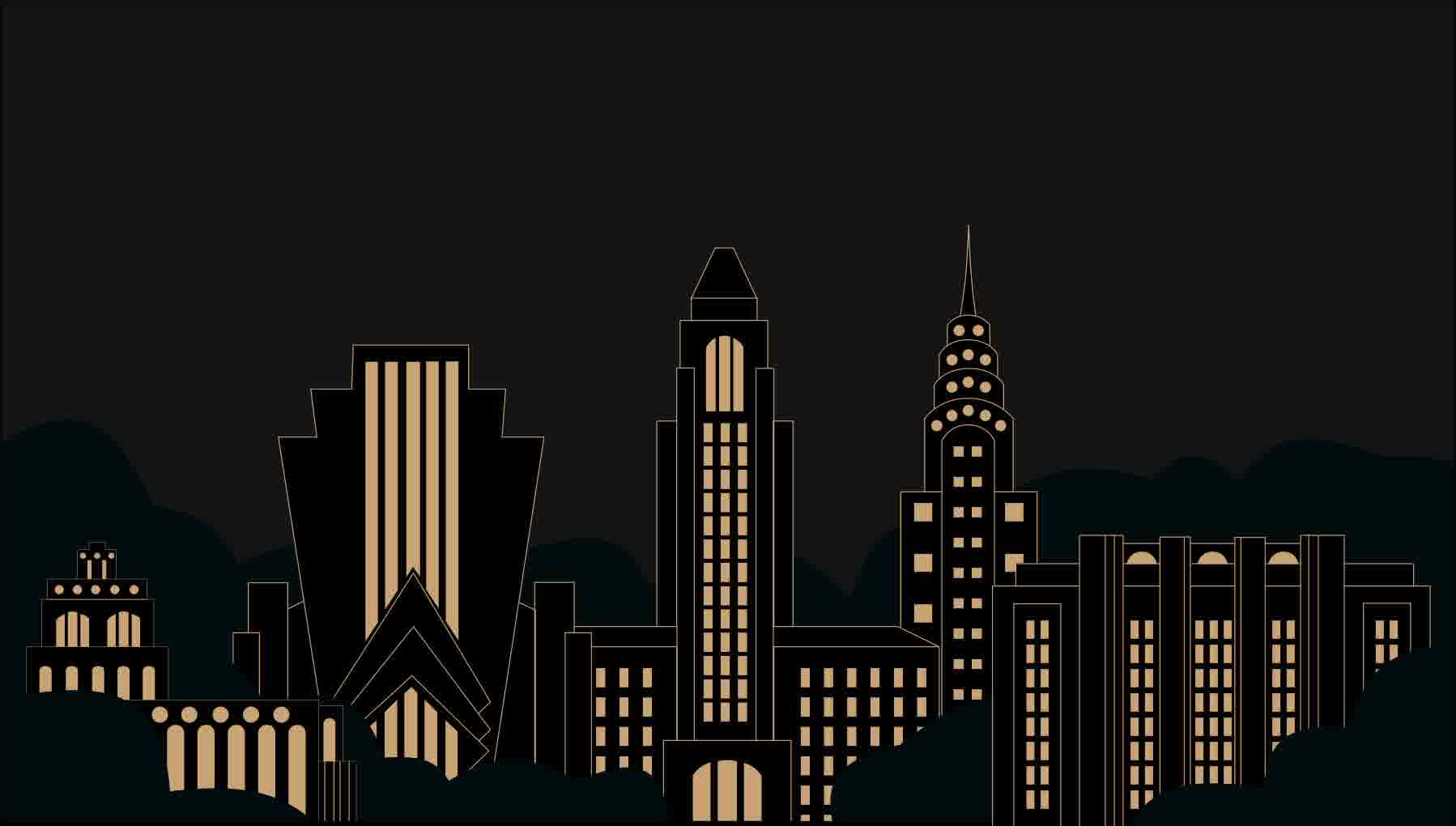
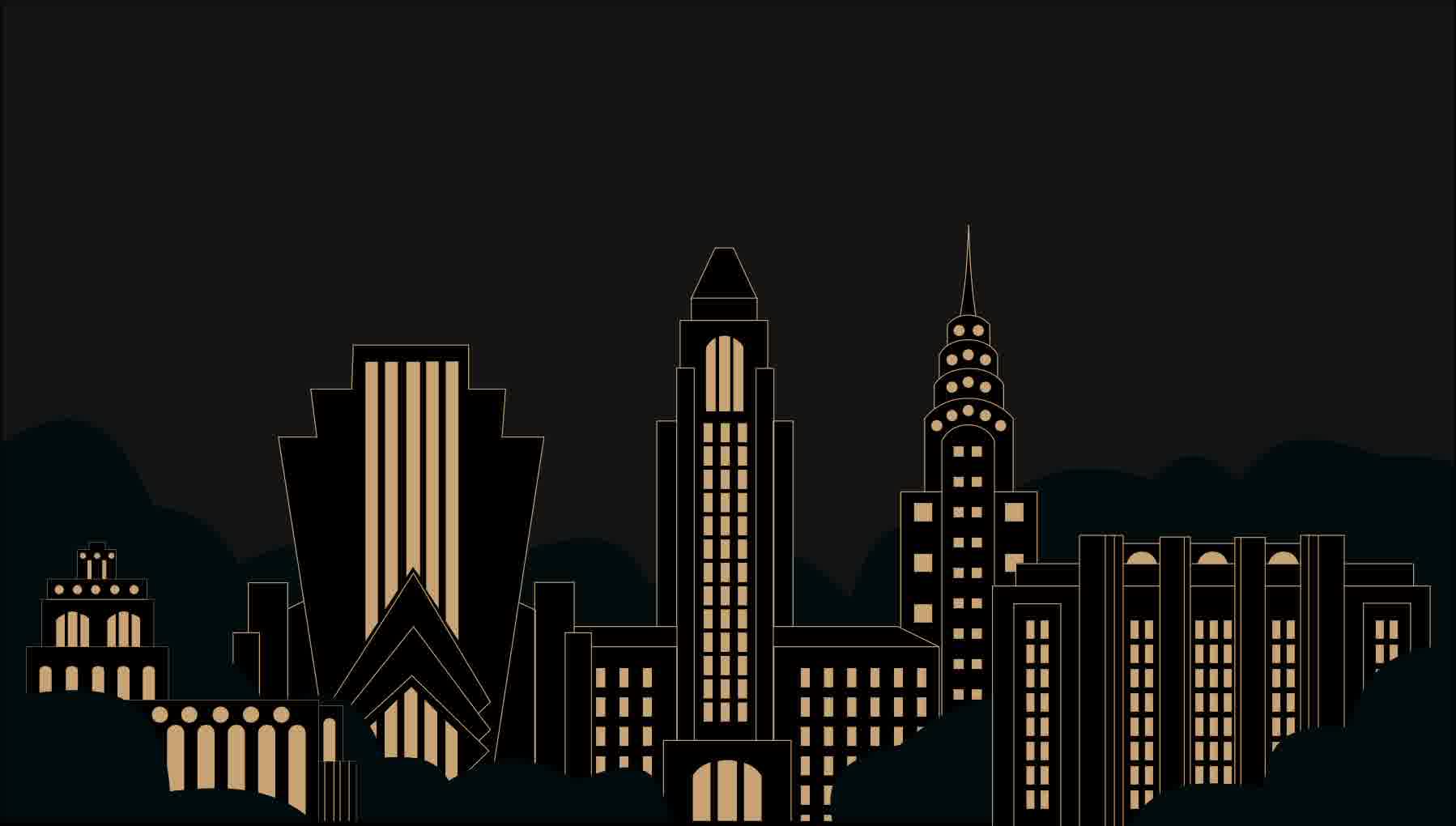
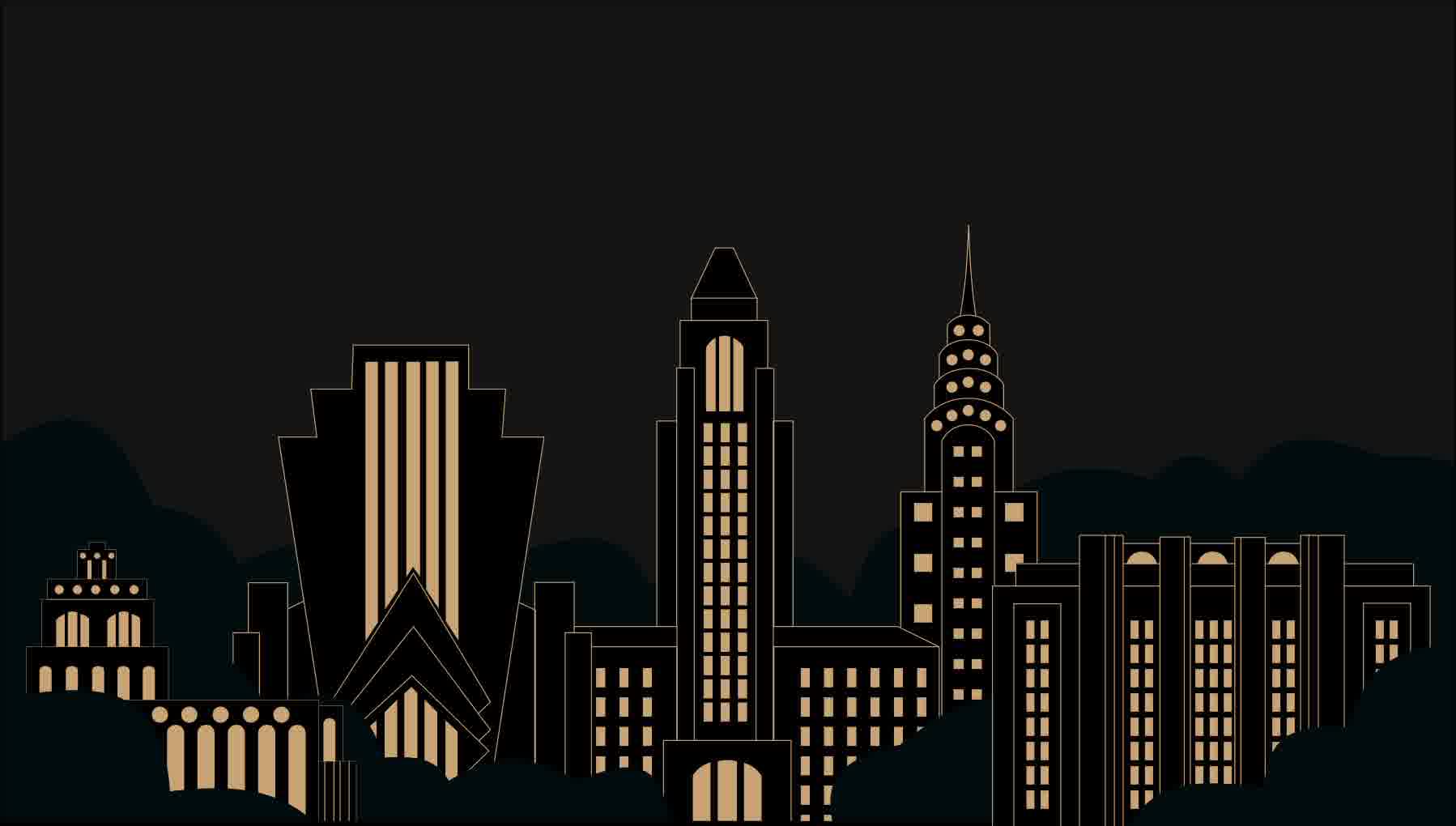
Art Deco is an amalgam and blend of different art movements like cubism, art nouveau, arts and crafts movements, constructivism and more. It officially got its name during the exhibition of modern decorative and industrial arts (Exposition Internationale des Arts Décoratifs et Industriels Modernes), and was short for Arts Decoratifs. Thus Art Deco.
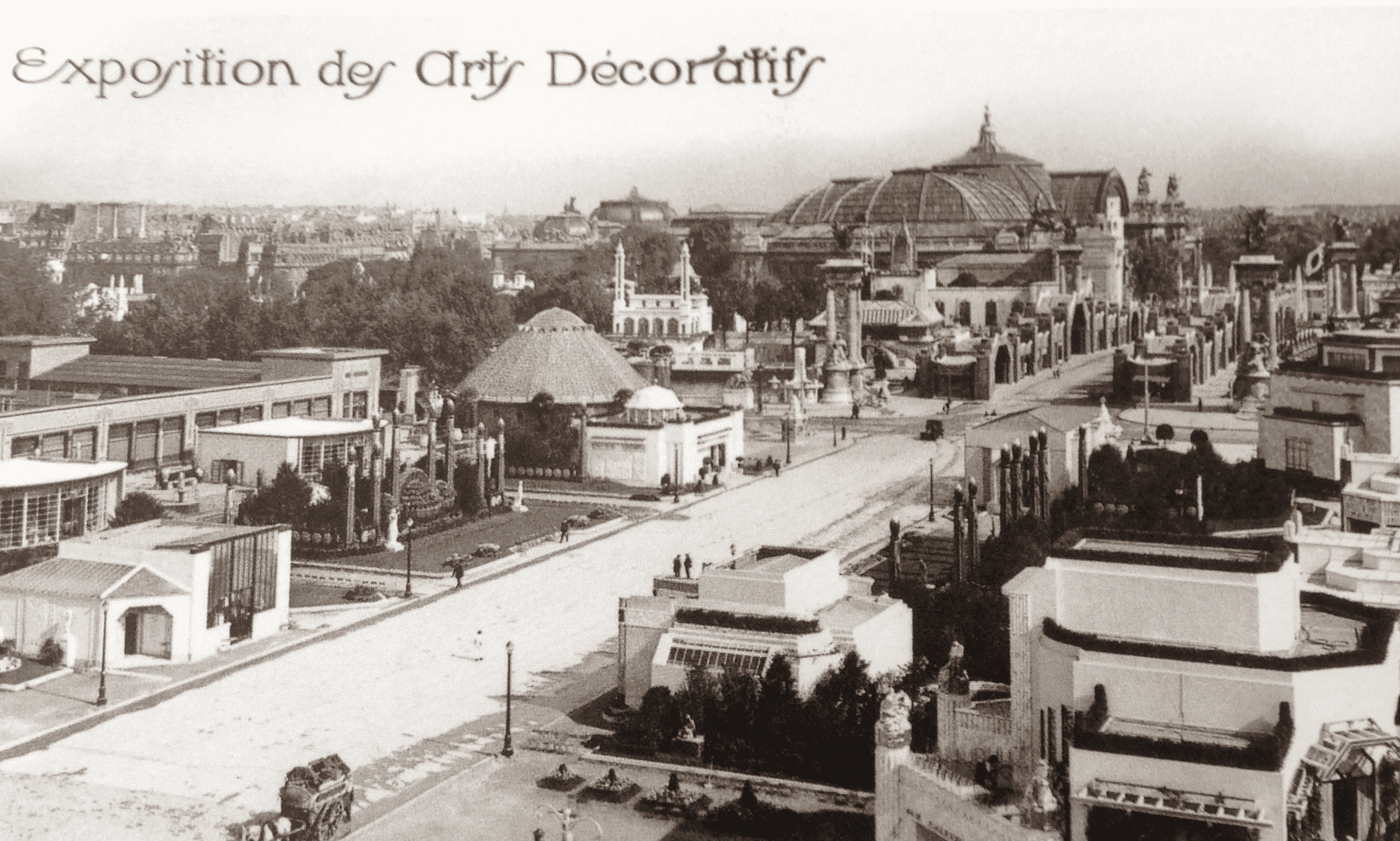
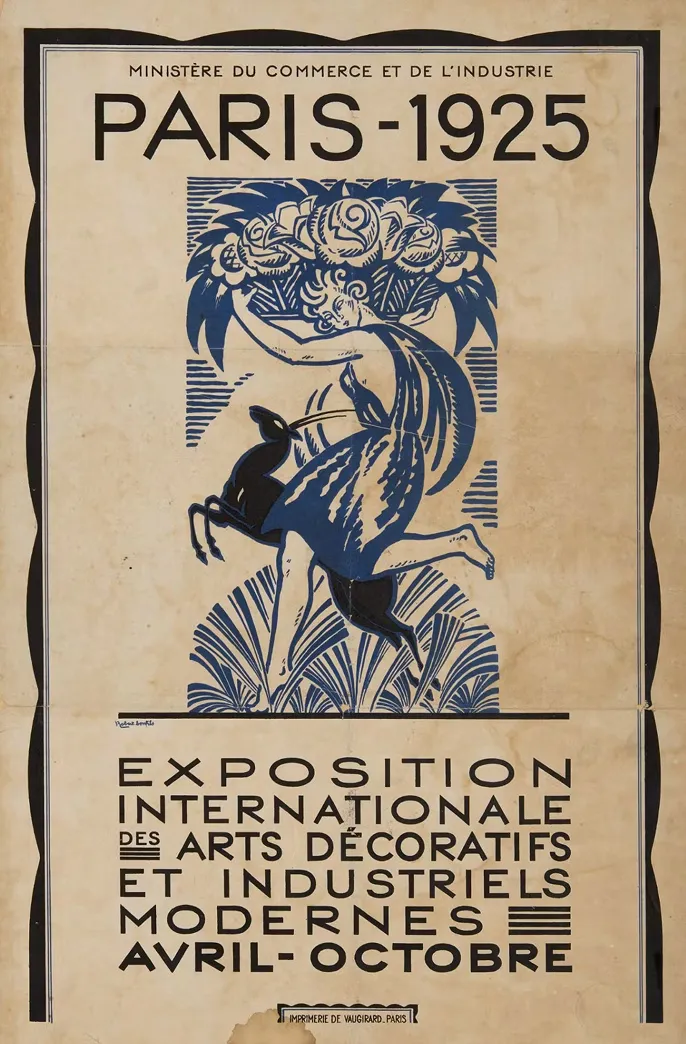


Its architecture story started with apartment buildings designed by two French gentlemen.

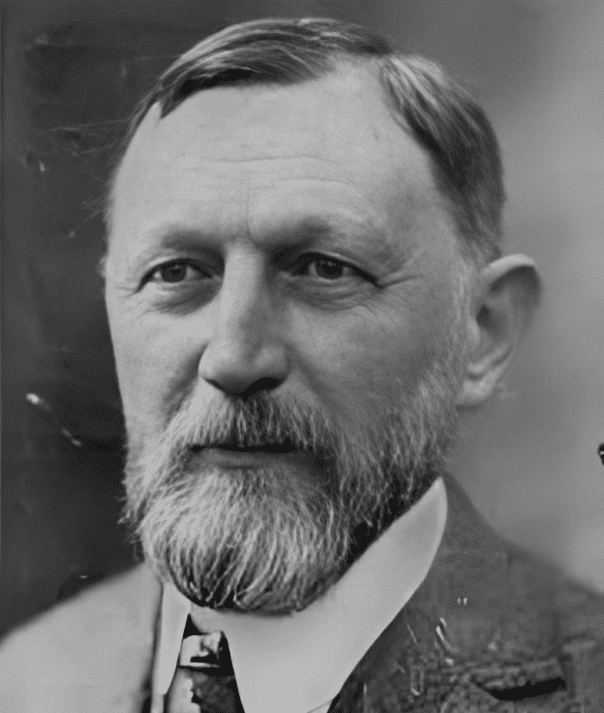
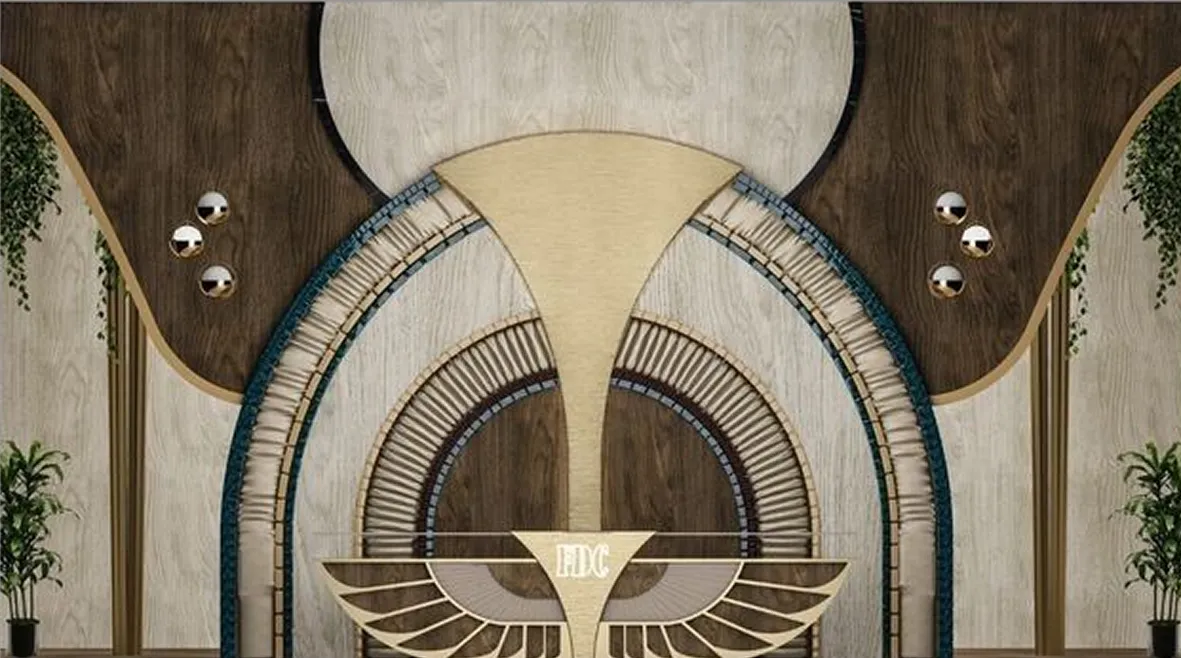
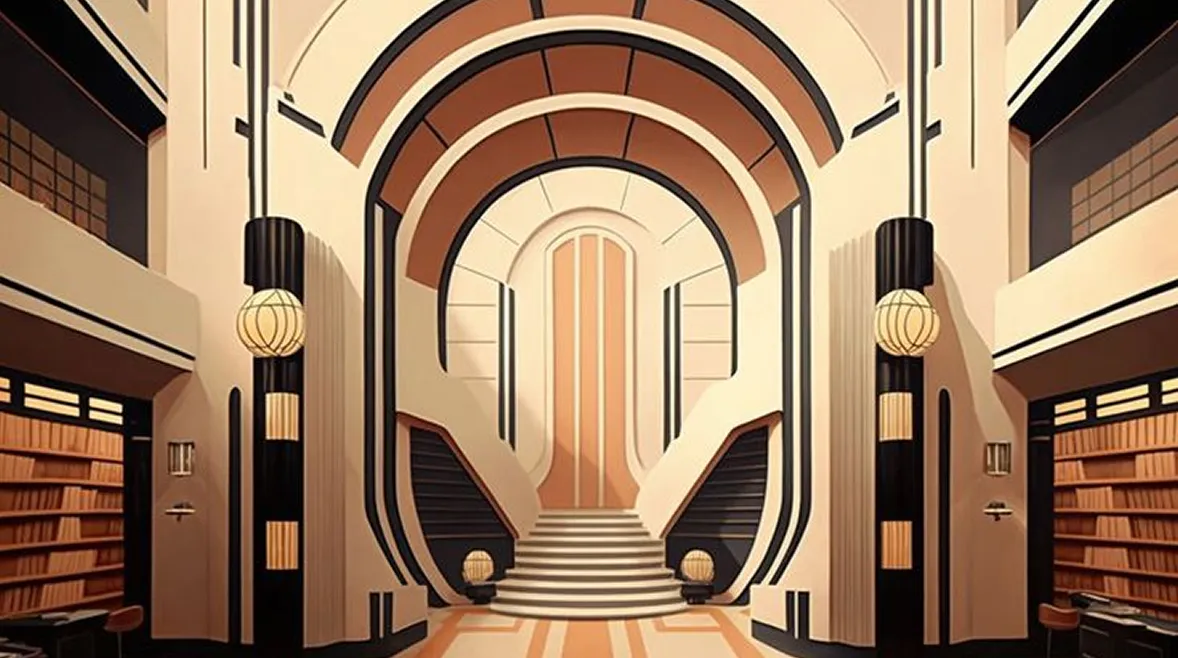







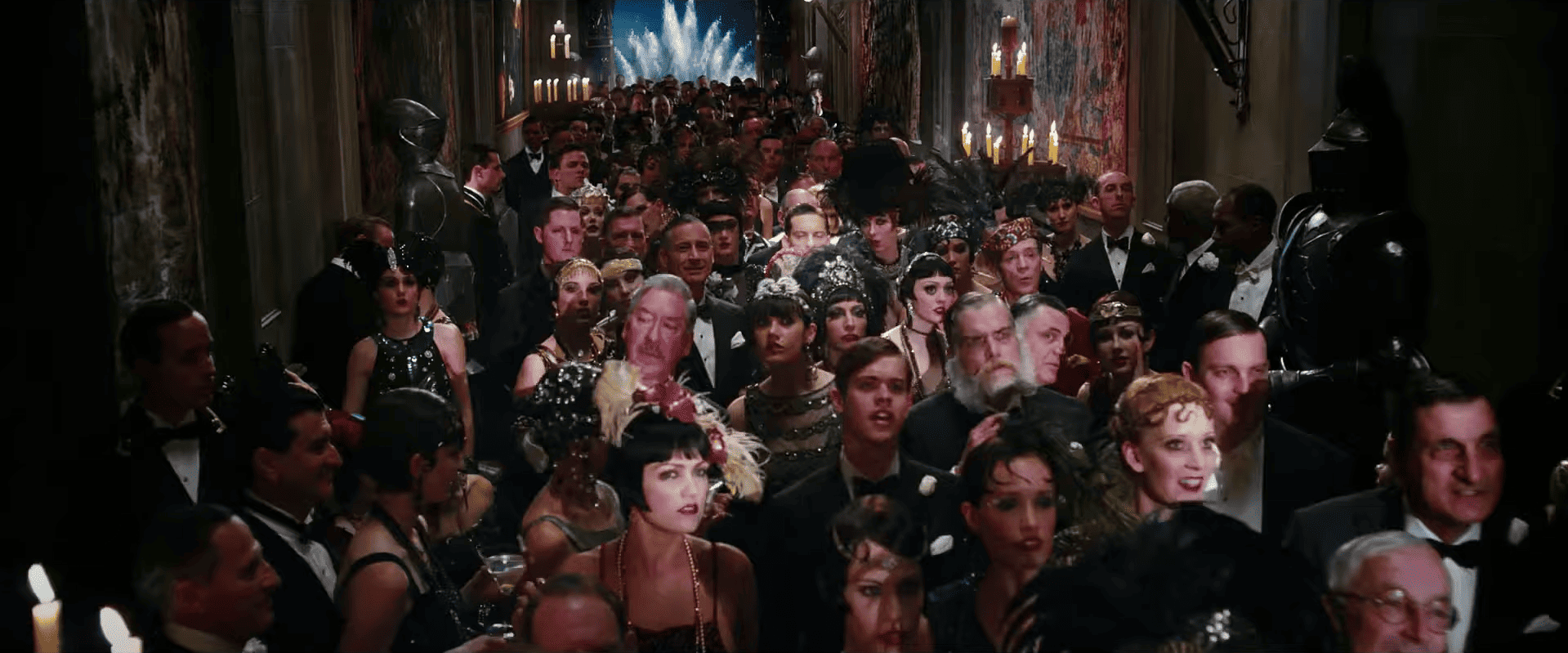
It also spread to major cities in the U.S. like
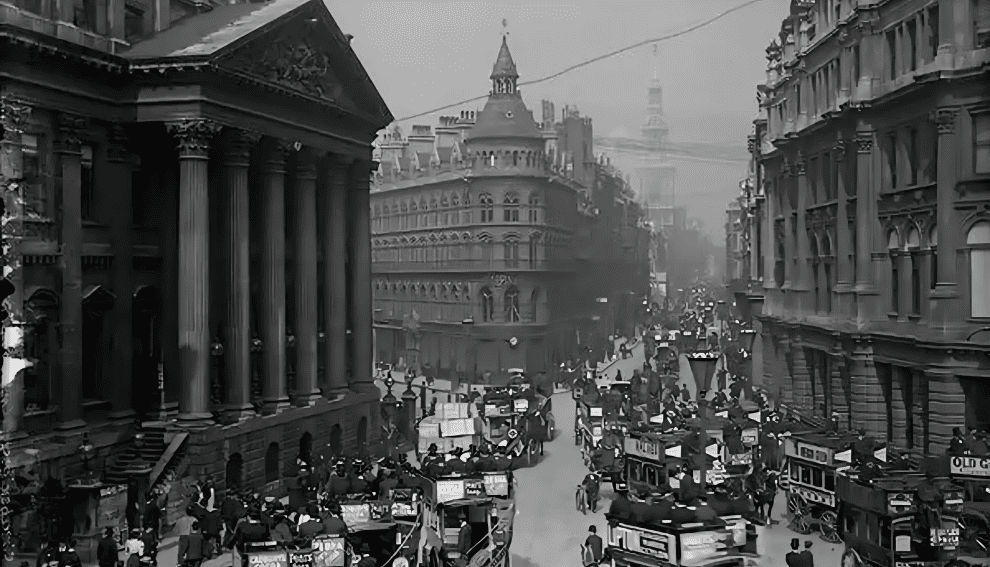

Catching in popularity it soon spread to all of Western Europe by 1920, after the exhibition was held in Paris
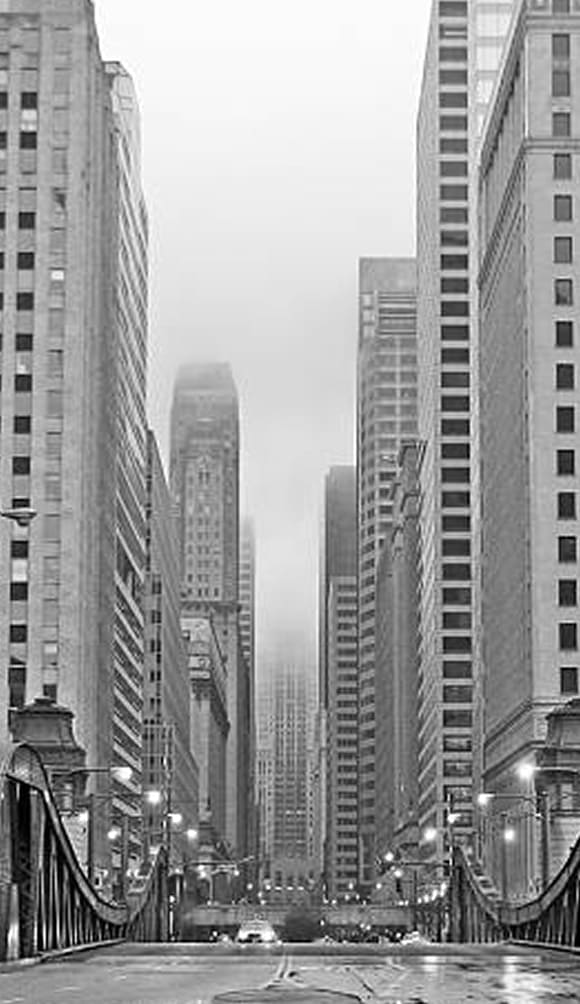

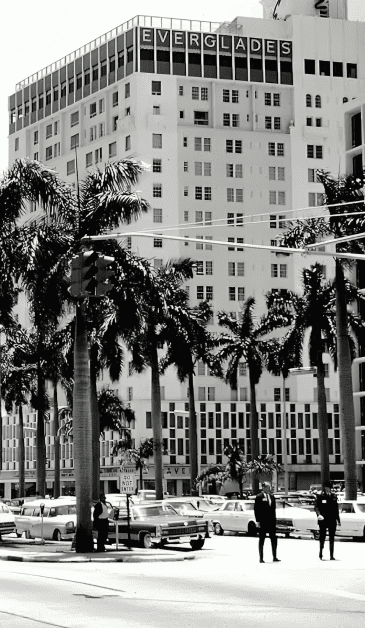

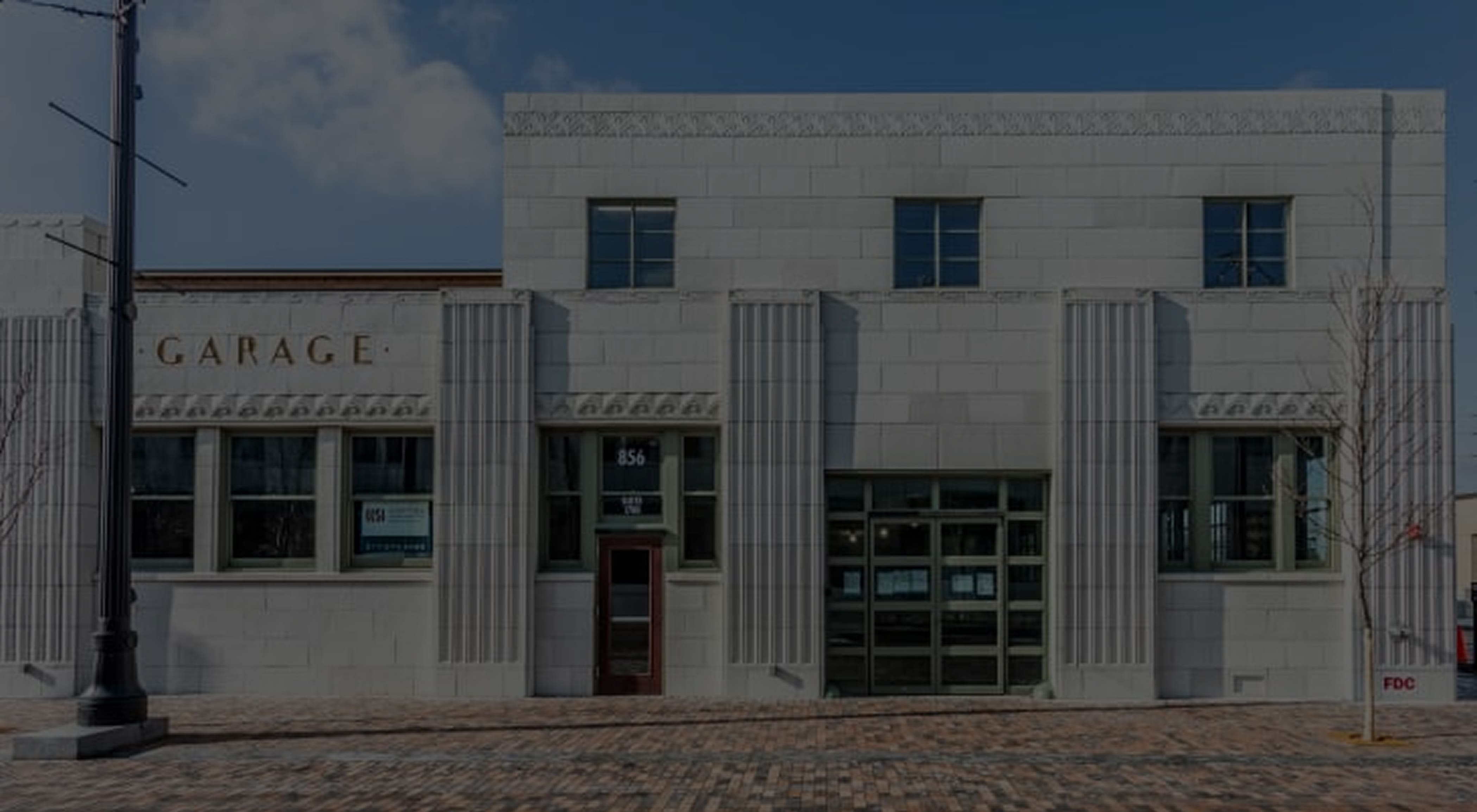
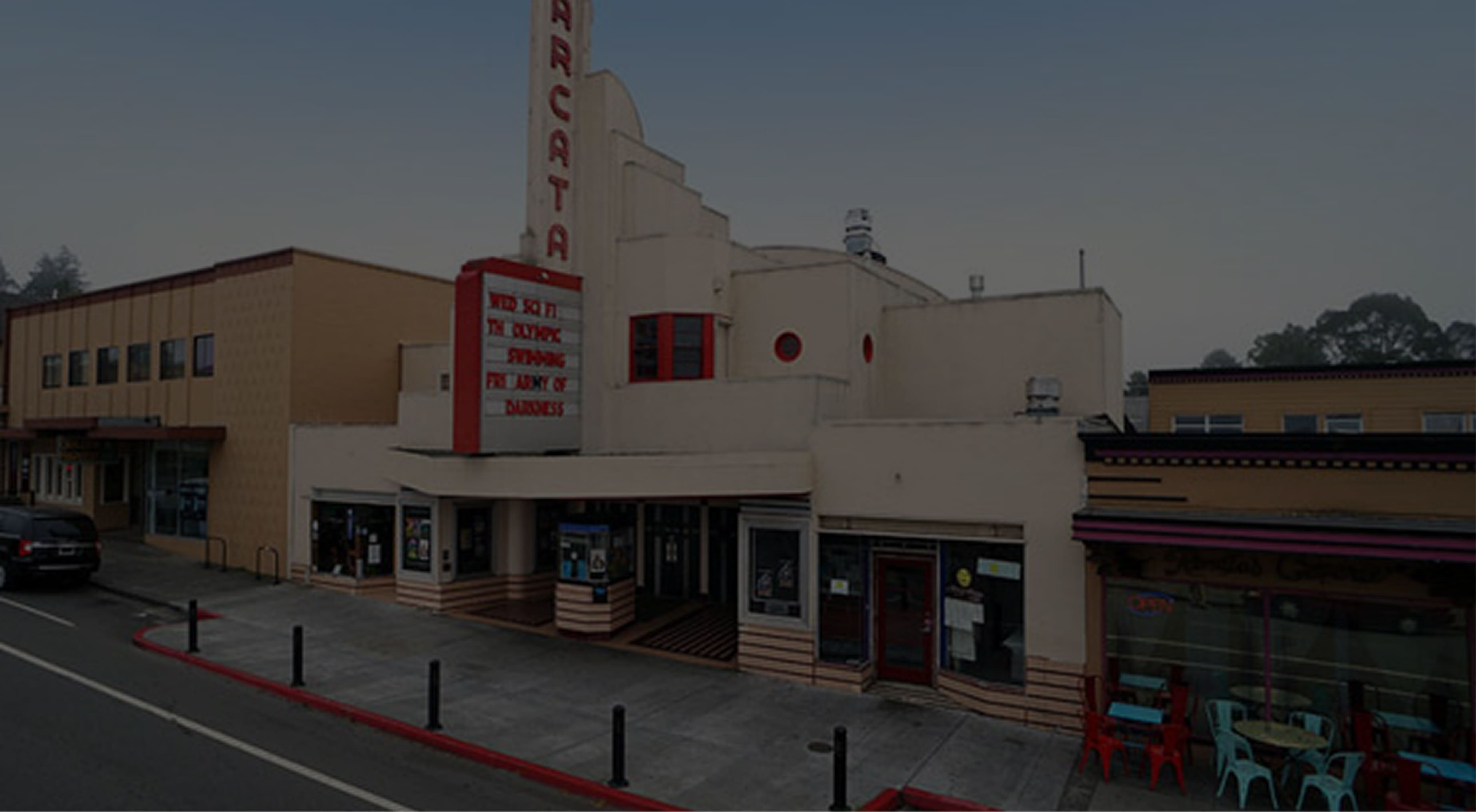
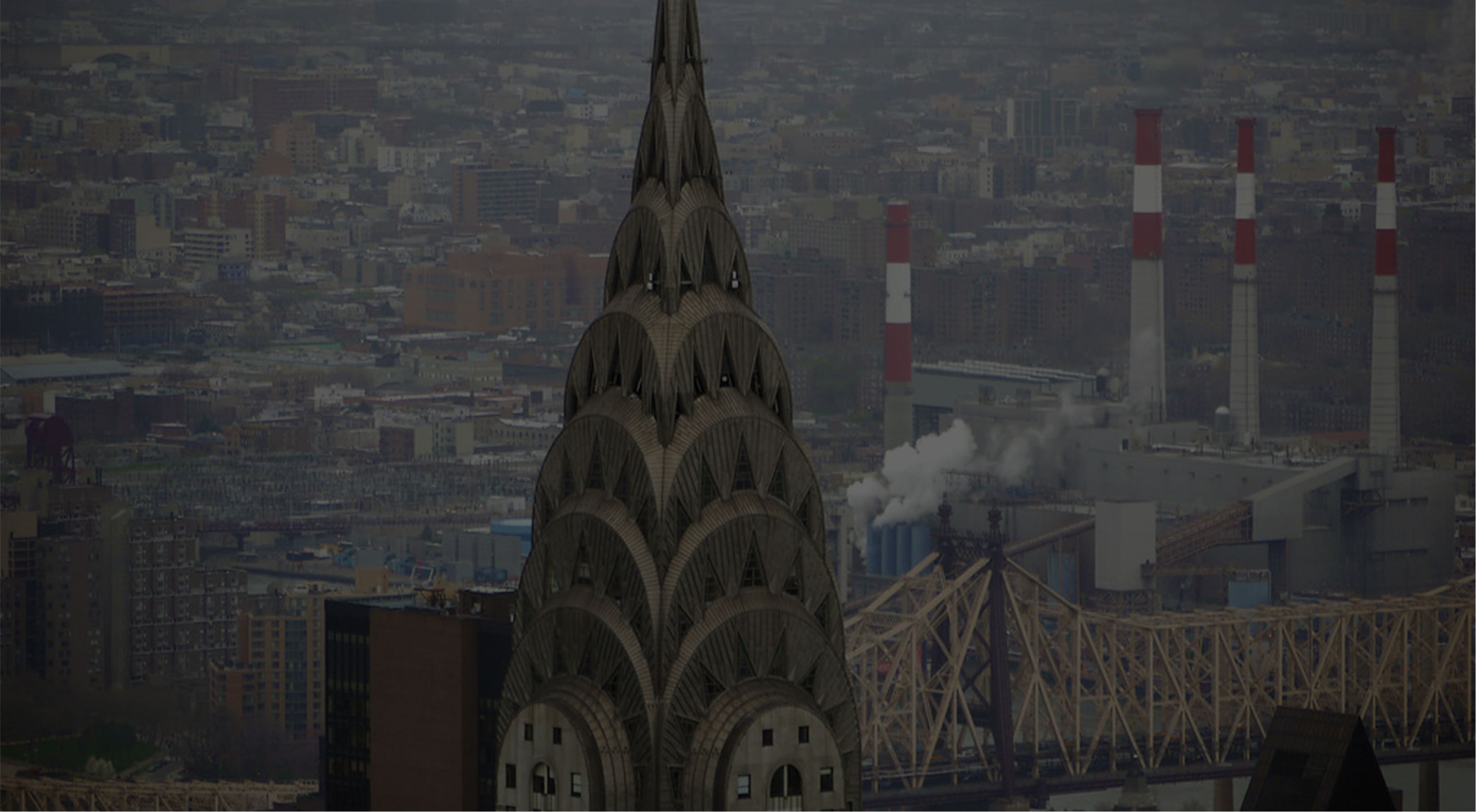



Gatsby Inspired Art Deco
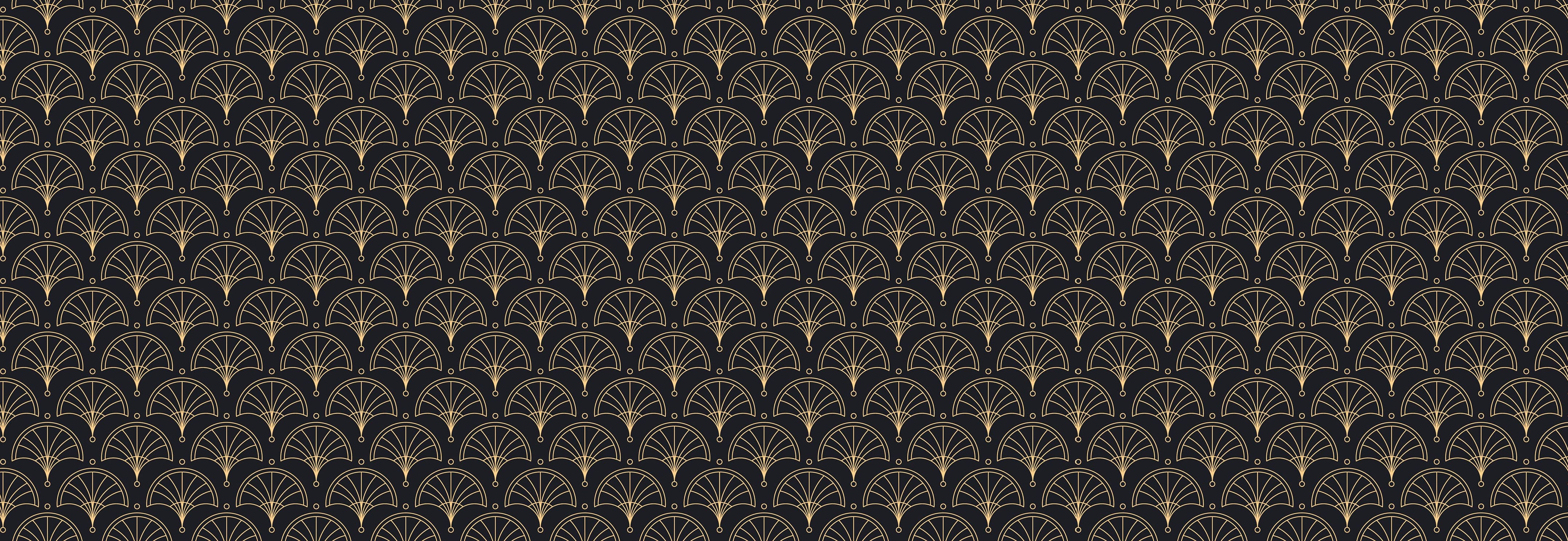
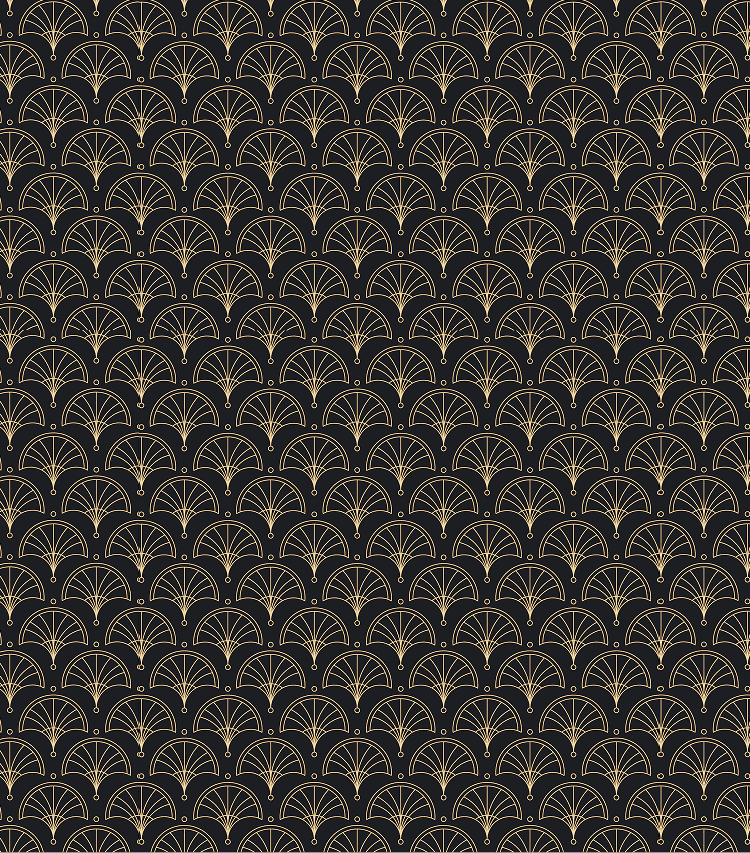
Geometric patterns
Bold, repeating patterns are a hallmark of Art Deco, adding a sense of movement and energy to your space. They found their place on everything from wallpaper and rugs to furniture upholstery.


Mirrors
These magical portals in Art Deco design bounce light around the room, creating an illusion of spaciousness and brilliance. Imagine stepping into a grand ballroom, with light reflecting off of every surface, creating a dazzling spectacle!
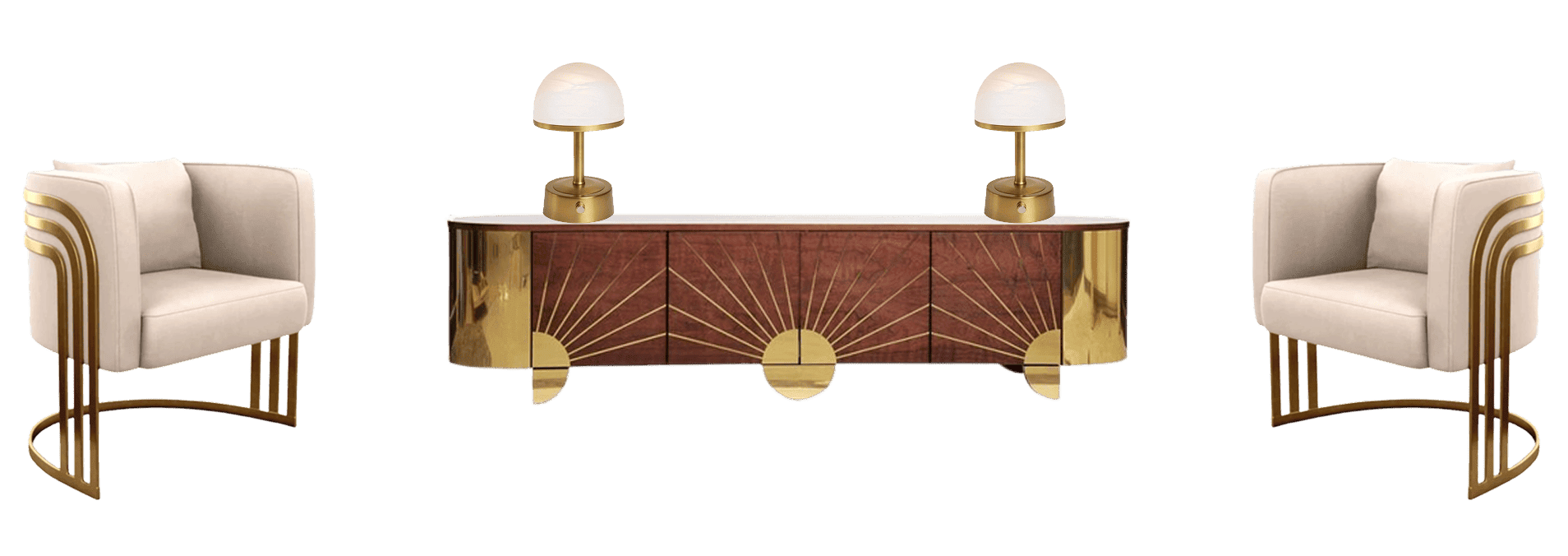
GLEAMING FINISHES
Polished chrome, shimmering gold, and smooth surfaces are characteristic of Art Deco design. Whether it’s the legs of a sleek coffee table or the frame of a stunning mirror, these details exude sophistication.



However, even art is not immune to human action.
The Great Depression of 1929, which lasted until 1939, and then World War II (1939–1945) significantly slowed the movement. People were scrambling to survive as basic necessities became scarce. In these bleak times, Art Deco was considered extravagant and inconsistent with the economic hardships and wartime austerity.


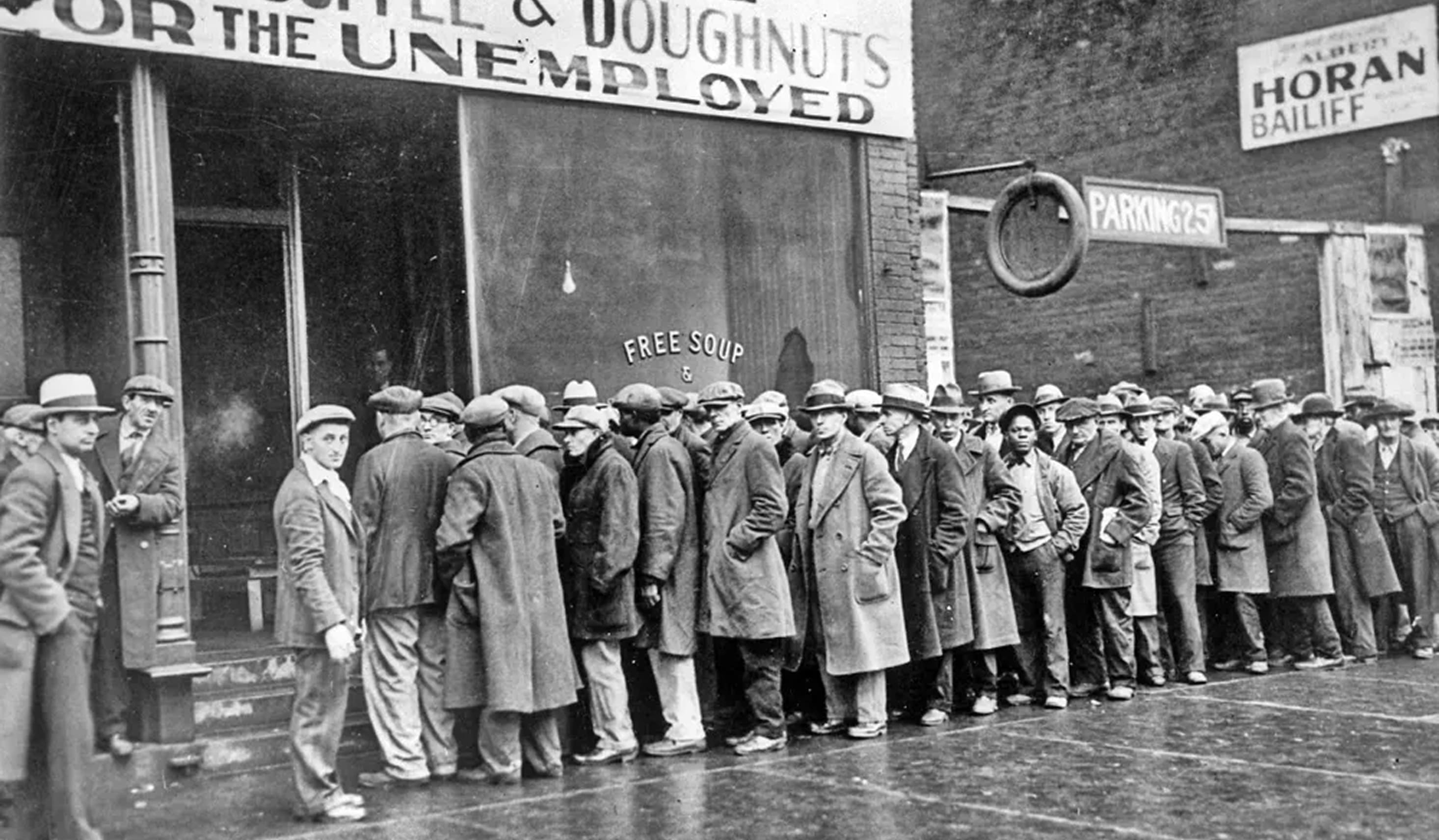
The Great Depression














- Bombay
- Mumbai
Art Deco entered India from Bombay (where the British were setting up trading establishments across port cities), making it the world’s second-largest collection of Art Deco buildings.
In 1929, The Backbay Reclamation scheme cleared up 439.6 acres of land which coincided with the period when Art Deco was spreading to different parts of the world. It marked the arrival of modernity in contrast to all the revivalist styles.
- Calcutta
- kolkata
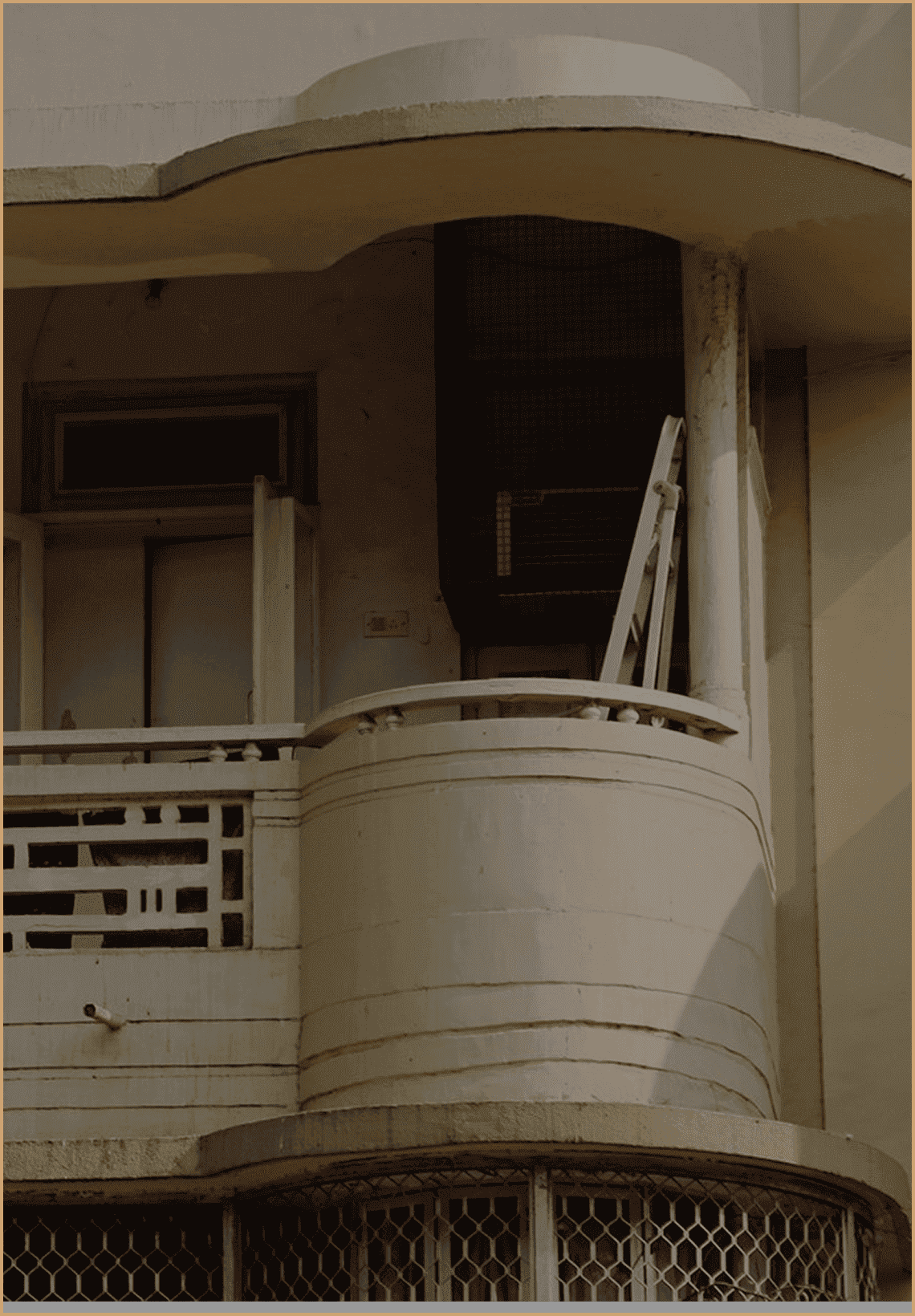
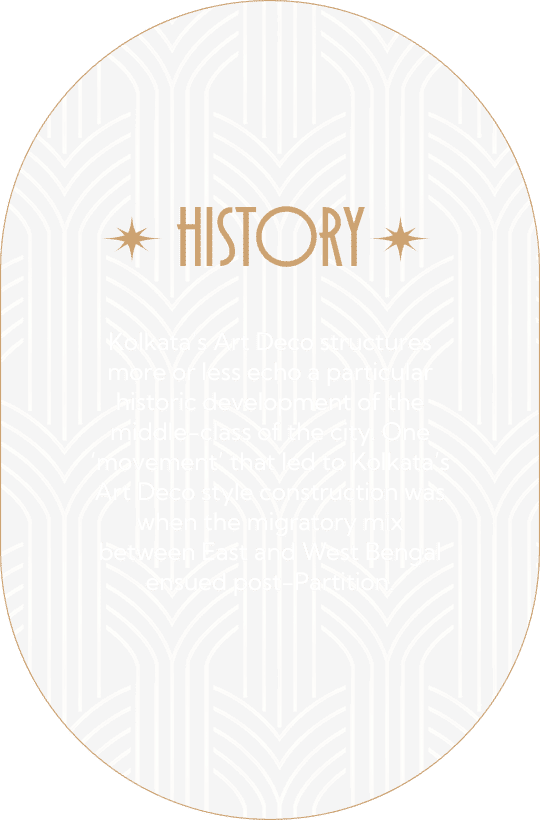
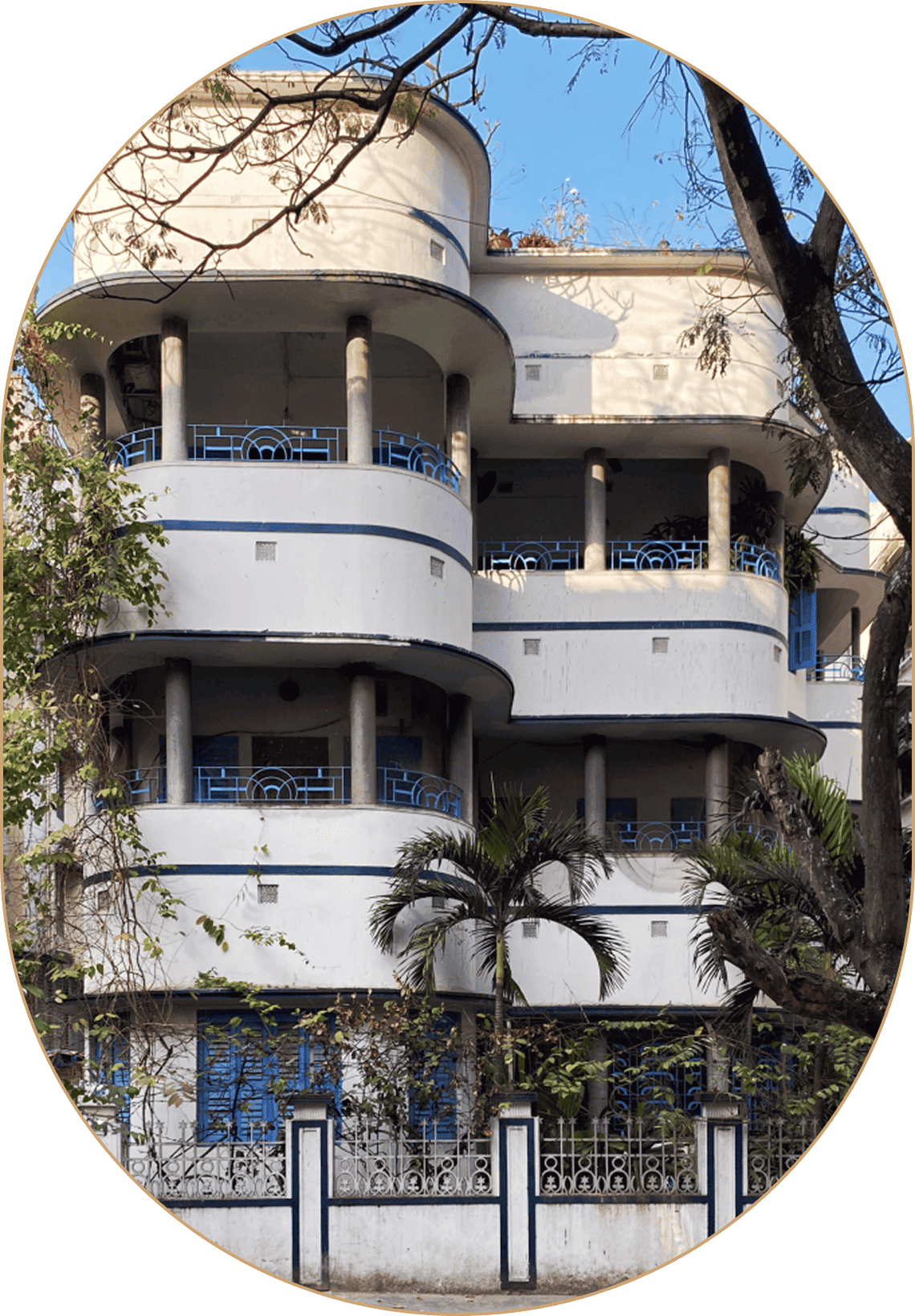
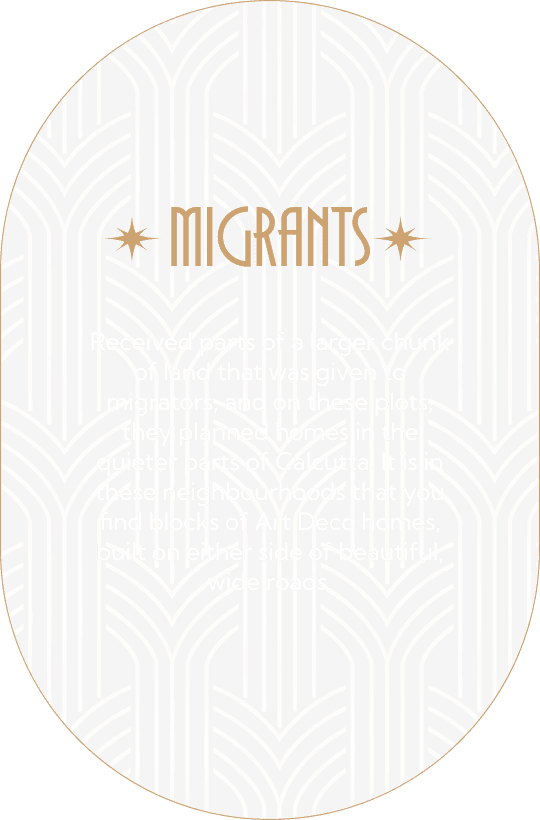
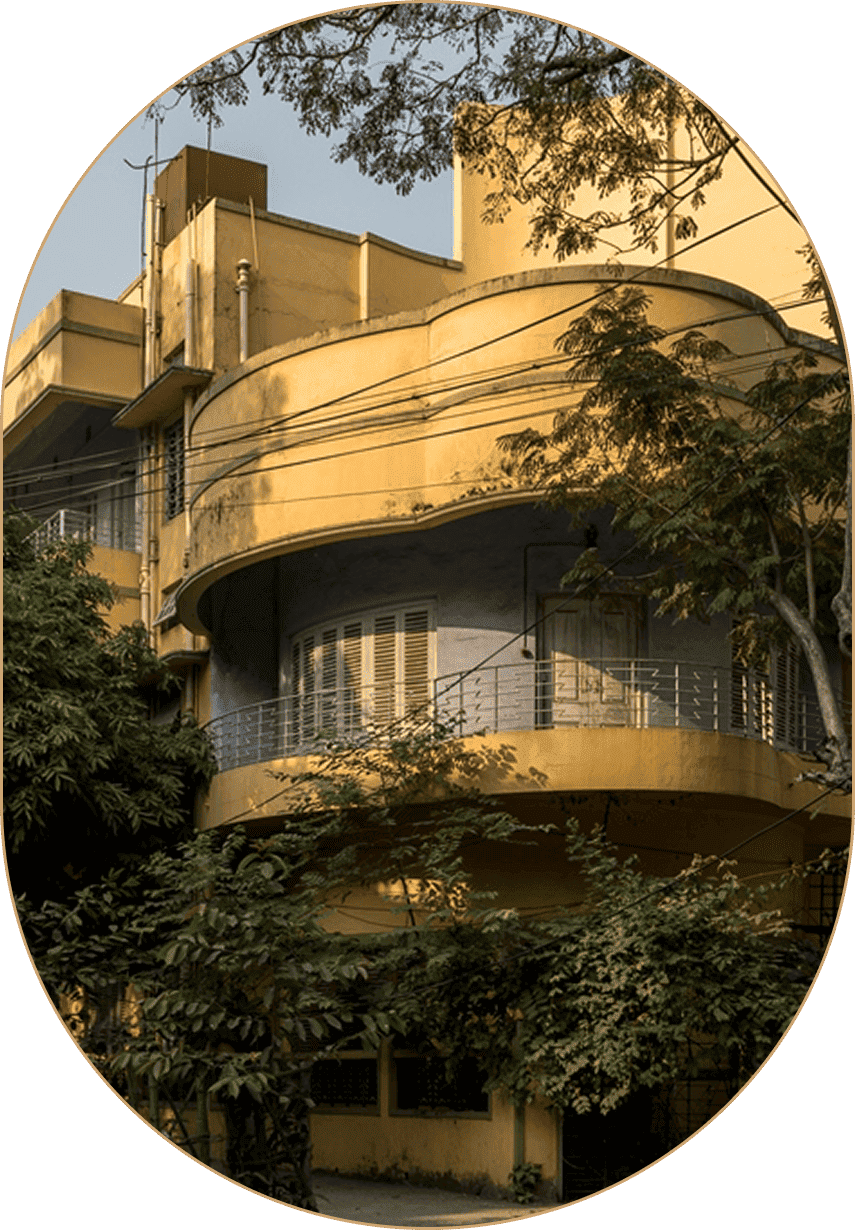
More or less overlapping the above, was the building boom in South Kolkata that occurred when large numbers of people moved out of the North. These were middle-class families, who had some money but not nearly enough to build the grand mansions of North Kolkata which then tended to follow the model of rooms arranged around a central courtyard. Having communal space for larger, wealthier families was less appealing to the crowd that settled in the South, wanted more personal space and also had less deep pockets.

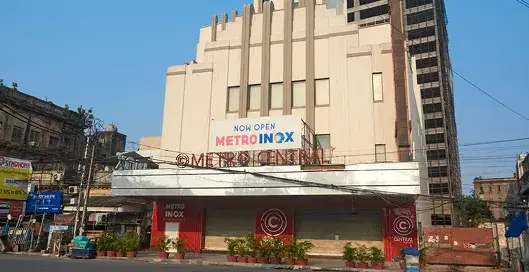

baadi baniye dao


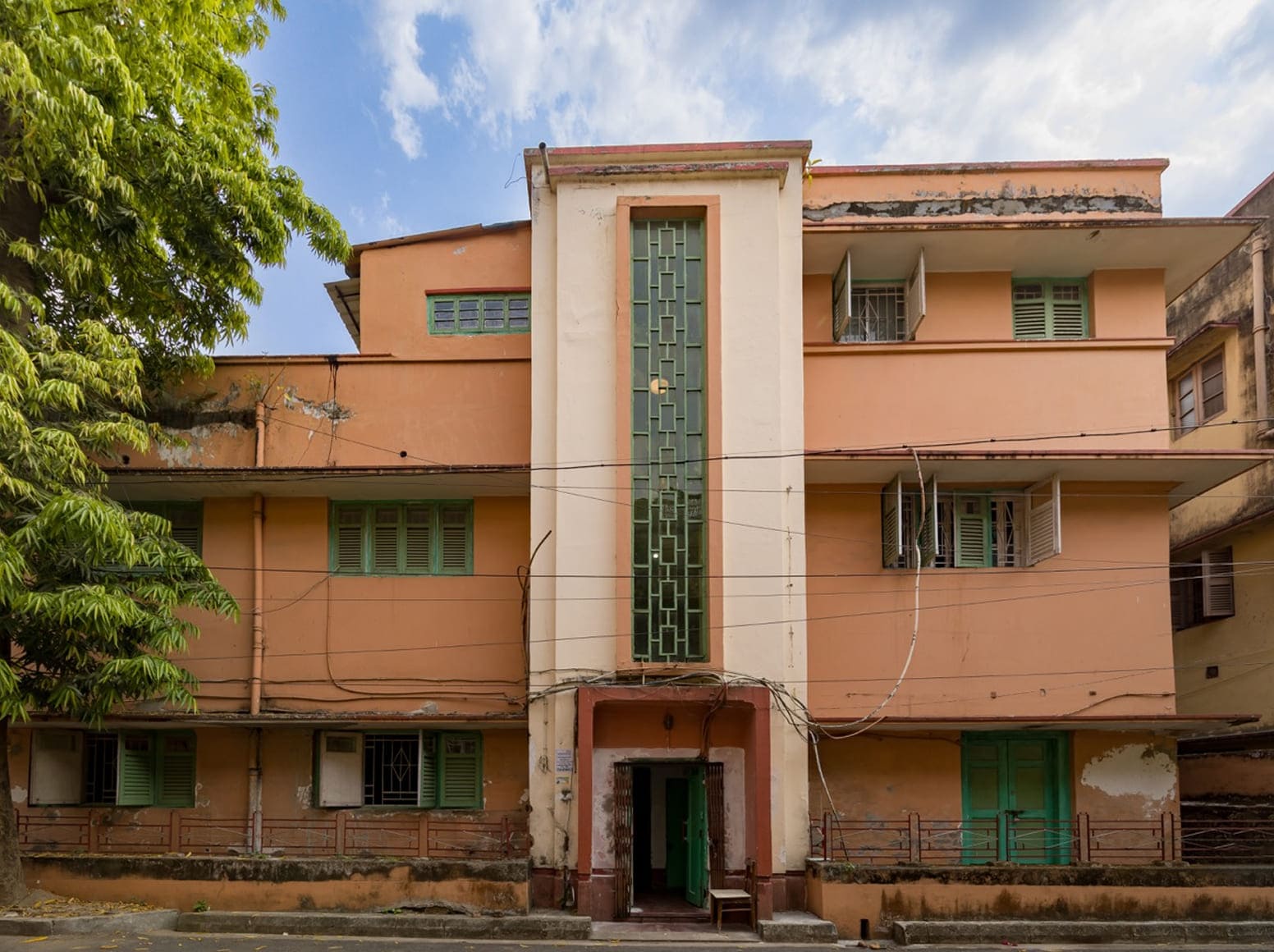
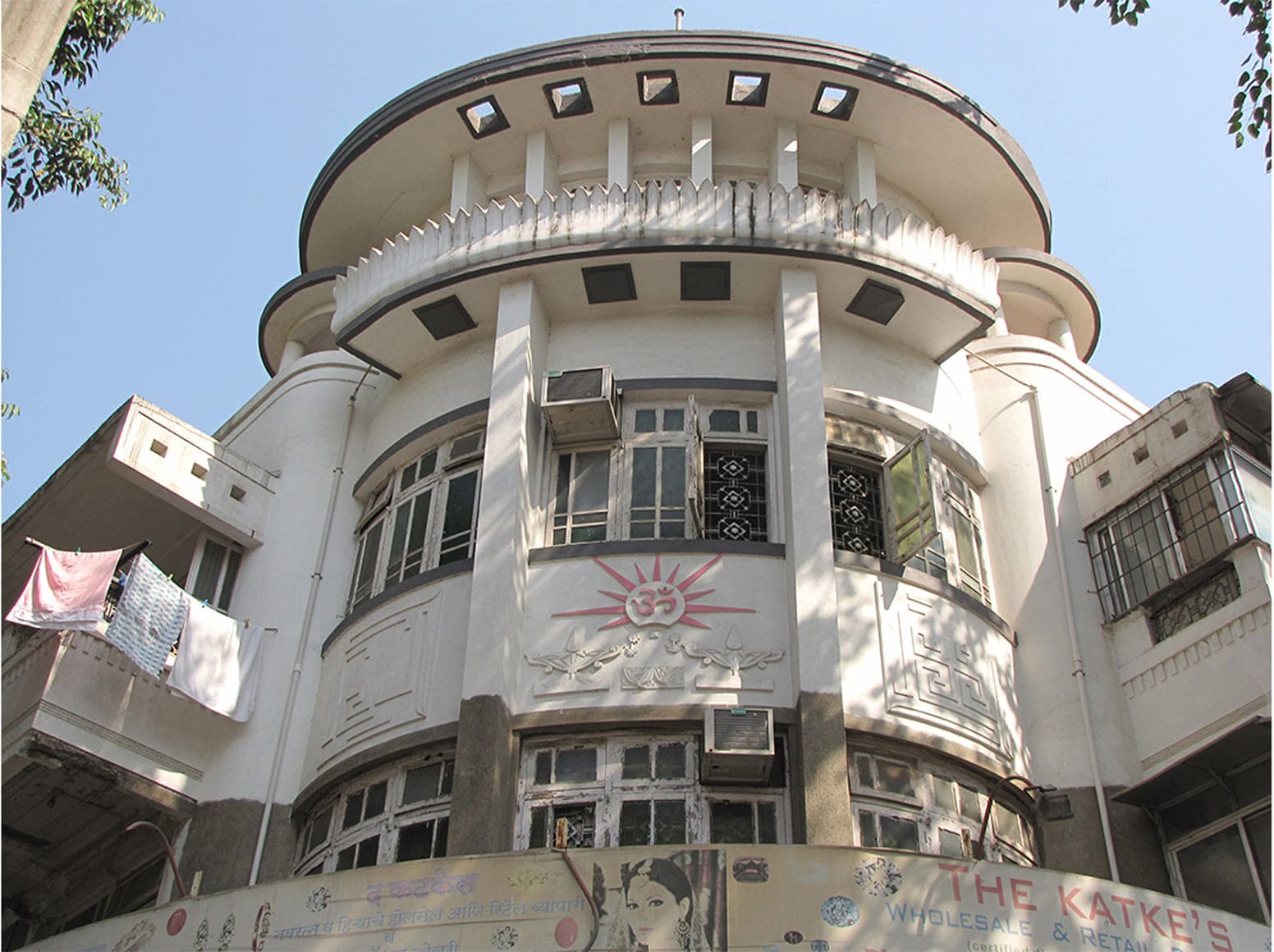
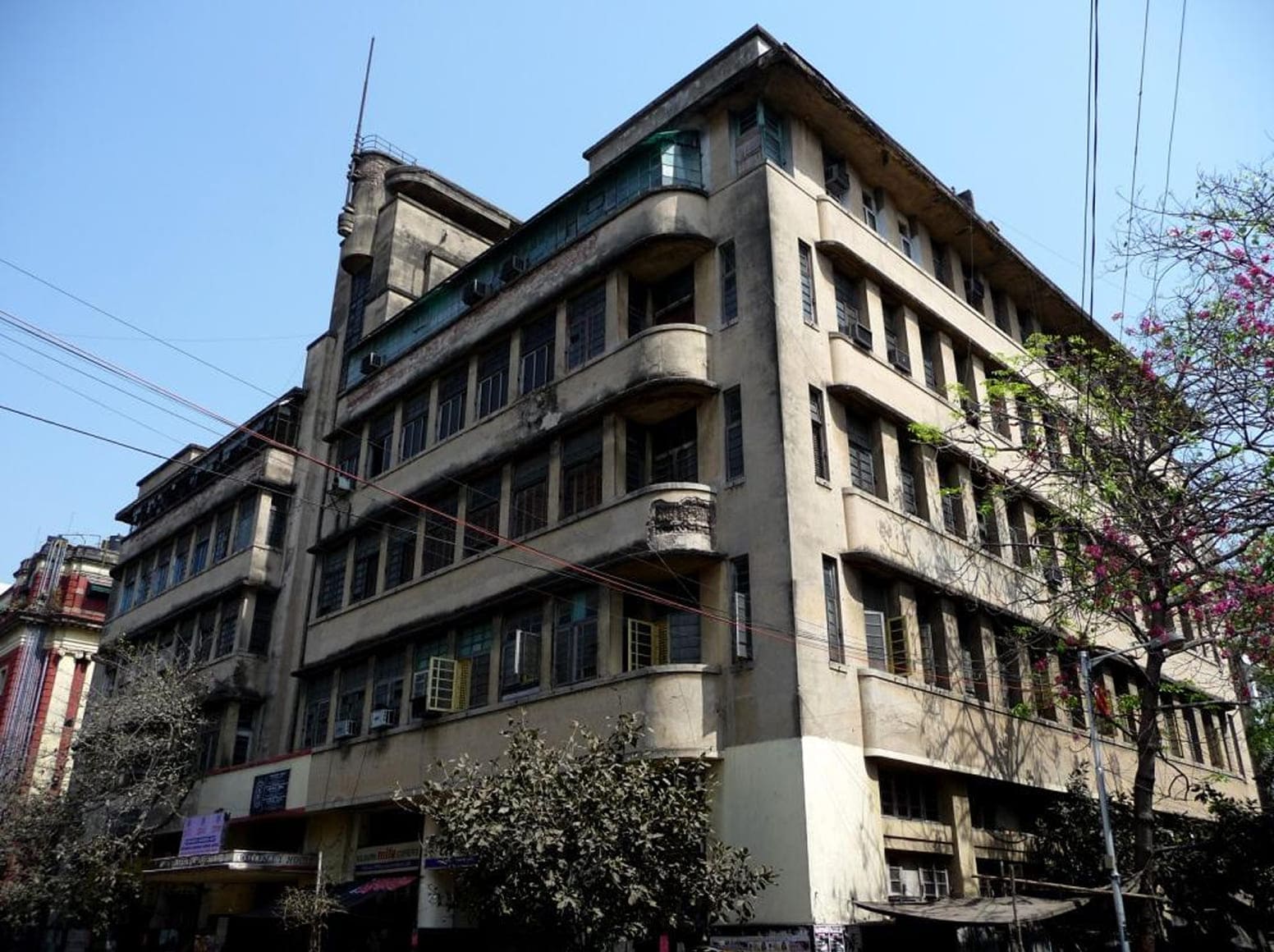
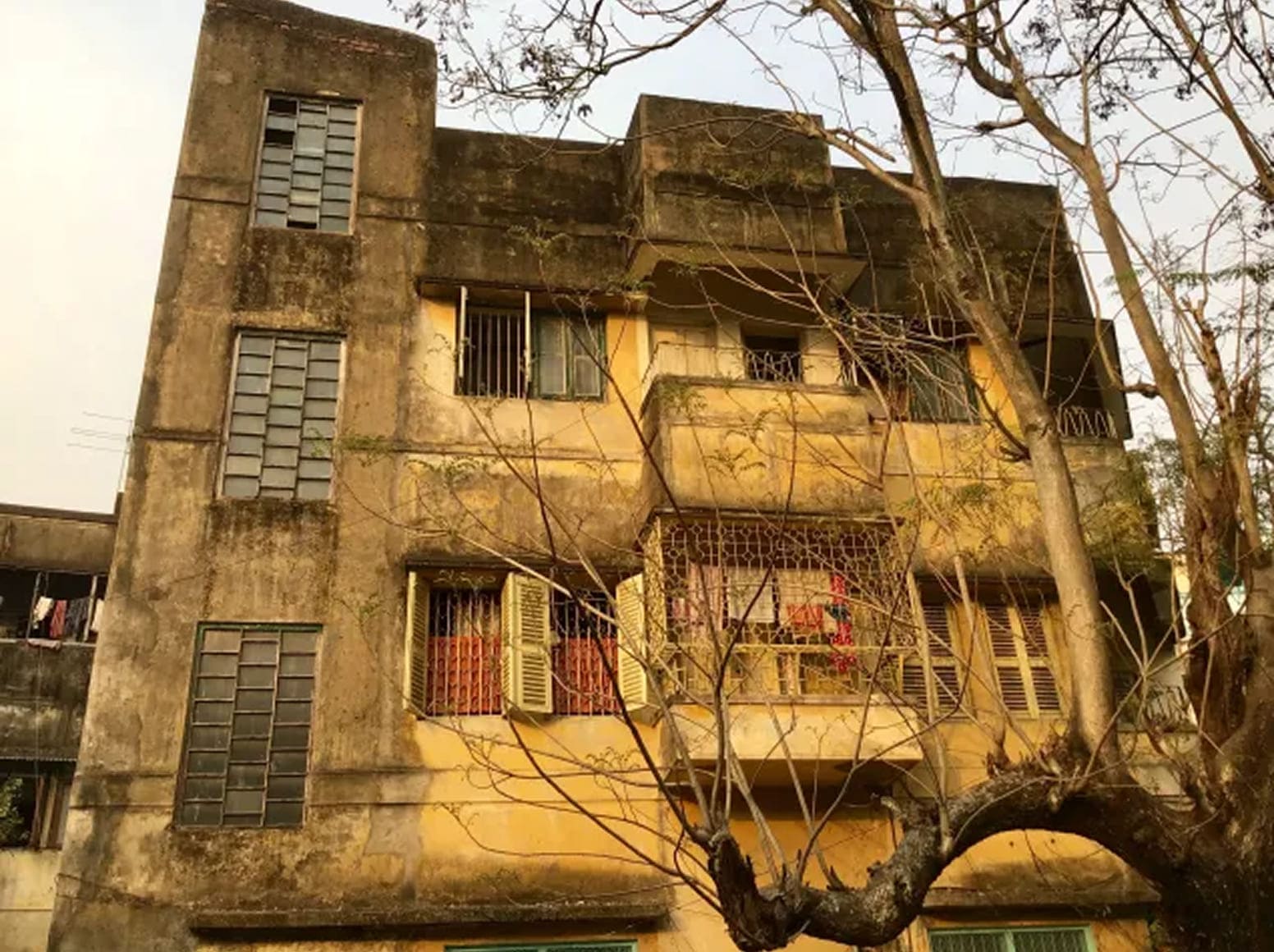

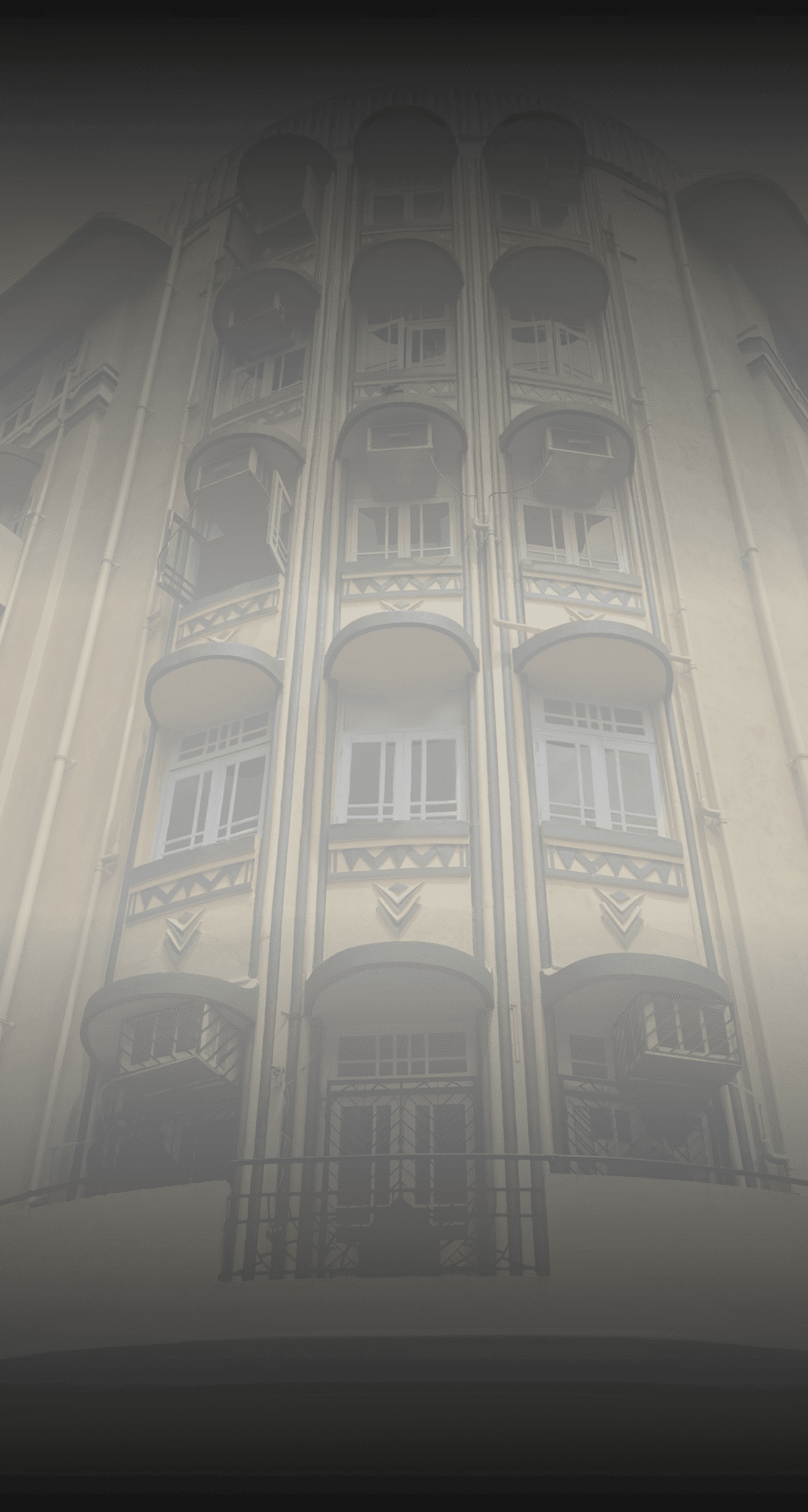
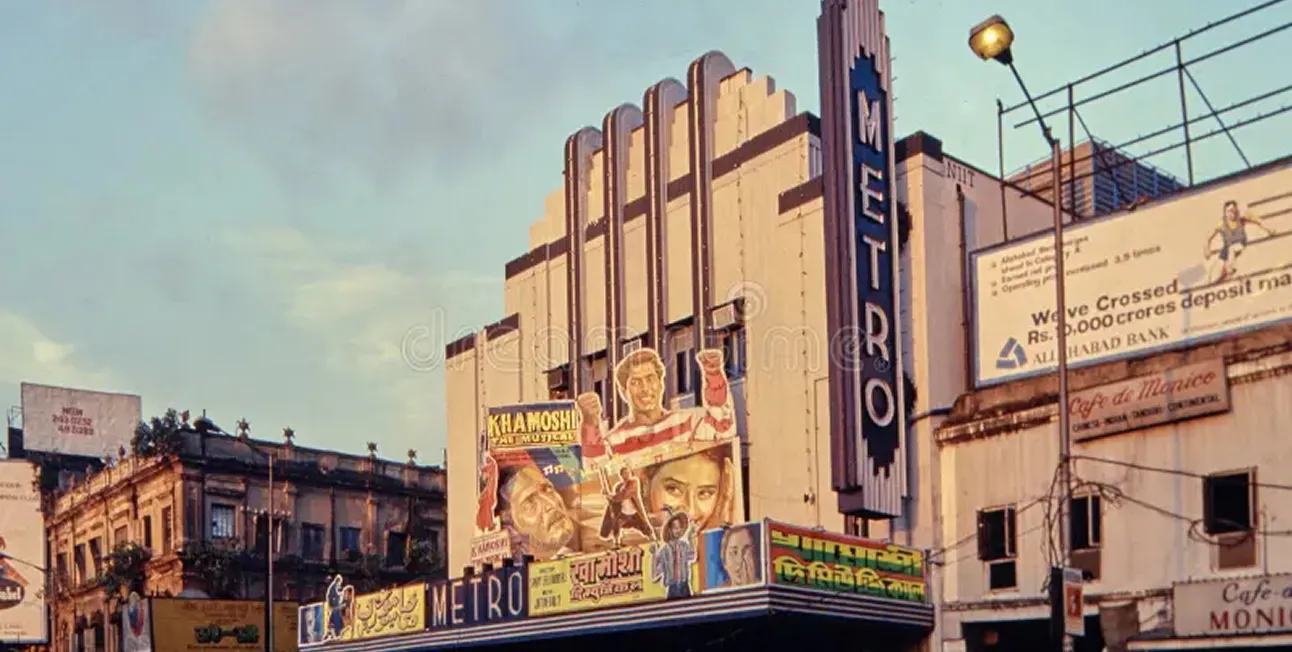
First on the list of public Art Deco edifices is the Metro Cinema, a star of the urban landscape of Kolkata whose regal façade became the blueprint for many Art Deco style structures in the city. It was opened in 1935 and belonged to the era of jazz on Park Street, ‘English-style’ club parties and cakes at Flurys.
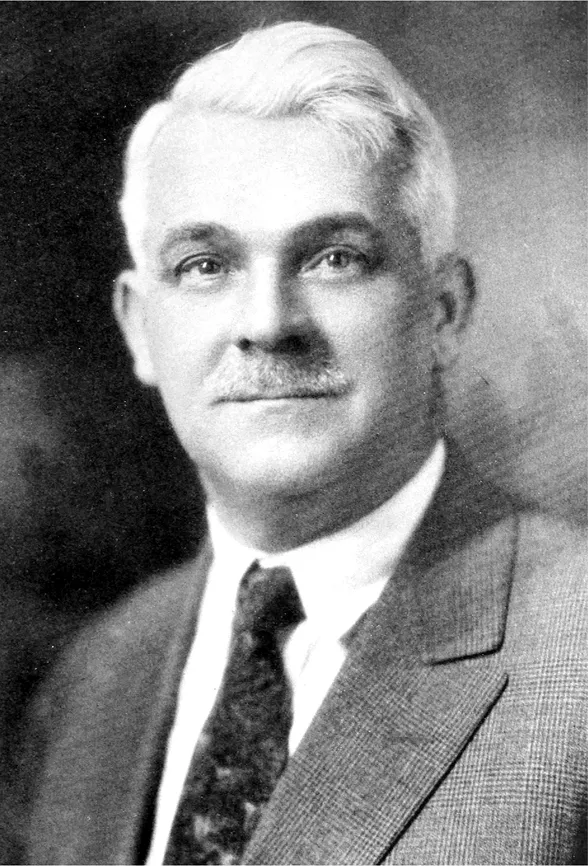
Metro Cinema was designed by Thomas W. Lamb, a Scottish-American architect of several cinemas in the United States.
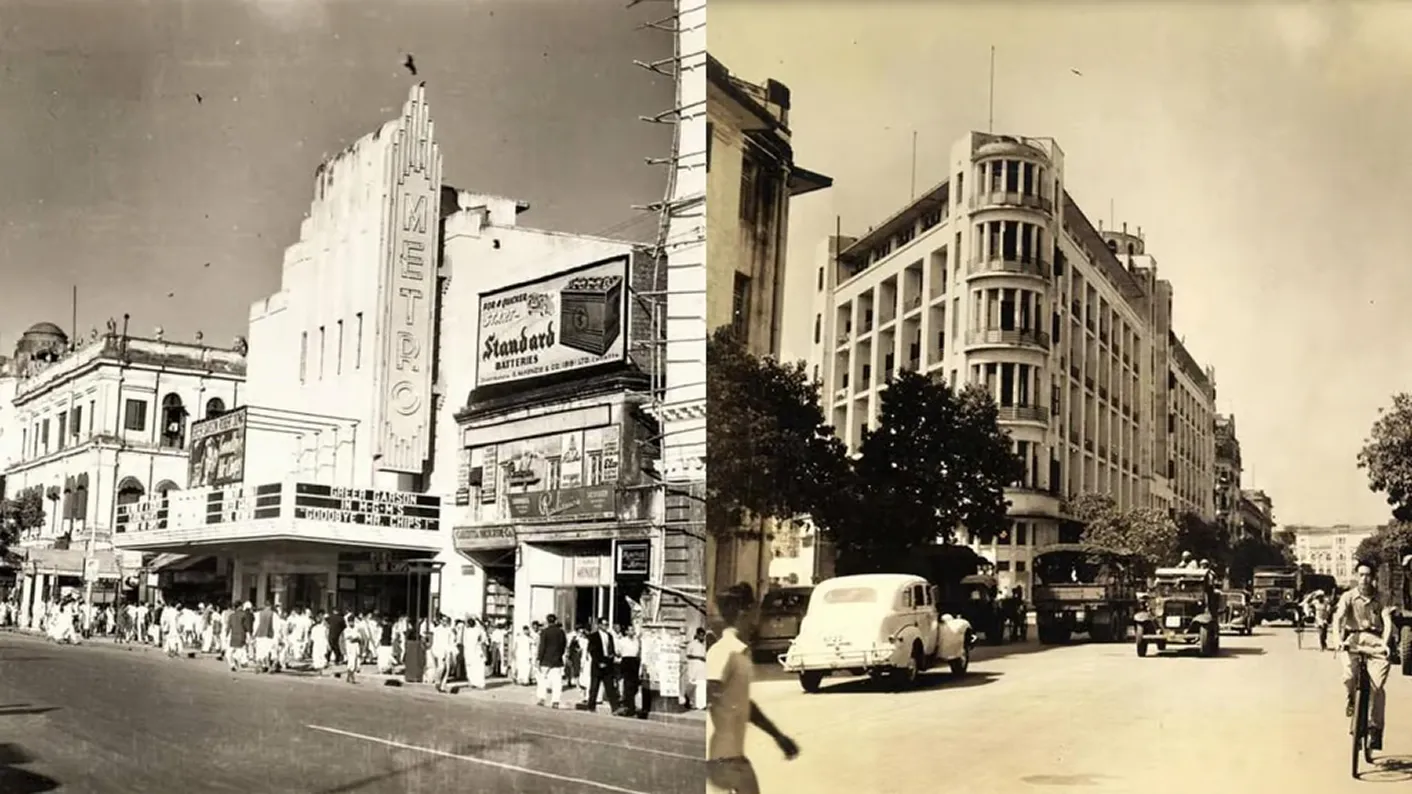
With its water-fall style columns, stepped facade, vertical signage, lavish foyer and grand staircase, Metro became the place for movers and shakers of society to be seen, and represented the lifestyle that the upcoming class of Bengalis wanted to ape. Today Metro Cinema is a cinema hall and mall, and though its former glamour has faded, it continues to symbolise the city’s architectural heritage.
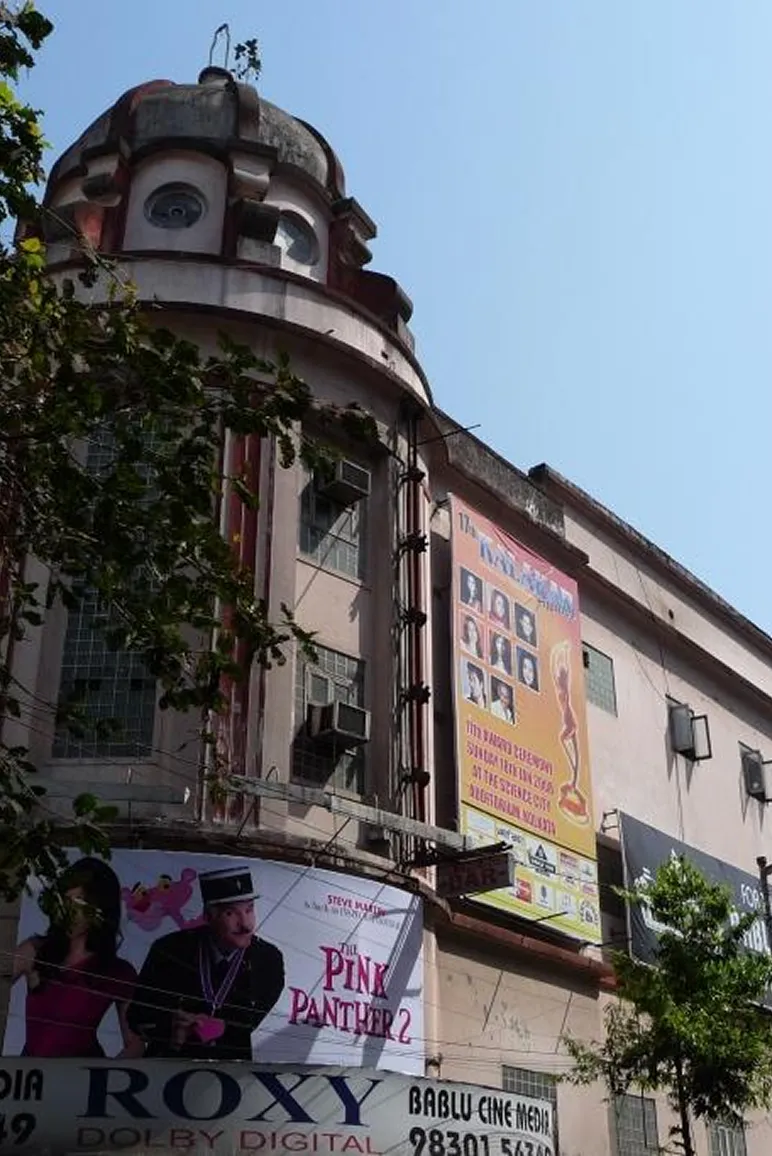
Roxy Cinema has suffered a worse fate than Metro. It had all the makings of a very handsome Art Deco building with the right lines, curves and balustrades but found itself covered in glass sheathing and caught in the throes of developmental neglect over the past few decades. In 2005 the theatre was renovated and lost much of its former grandeur and in 2011 the Kolkata Municipal Corporation seized the theatre.
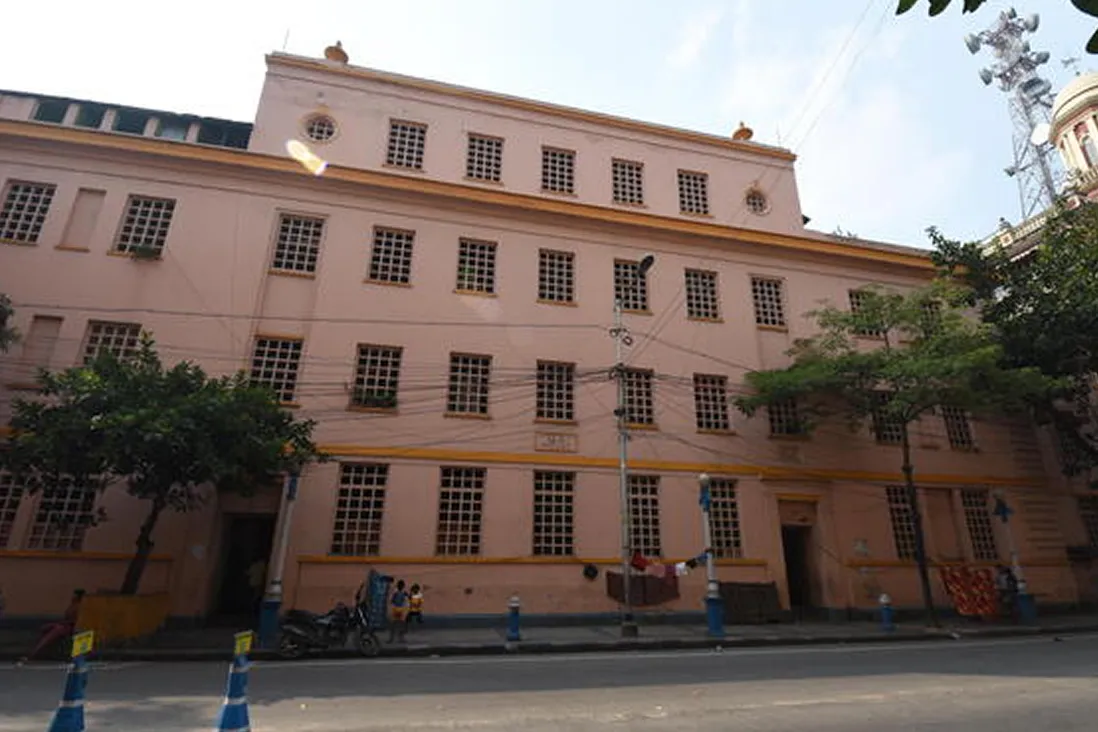
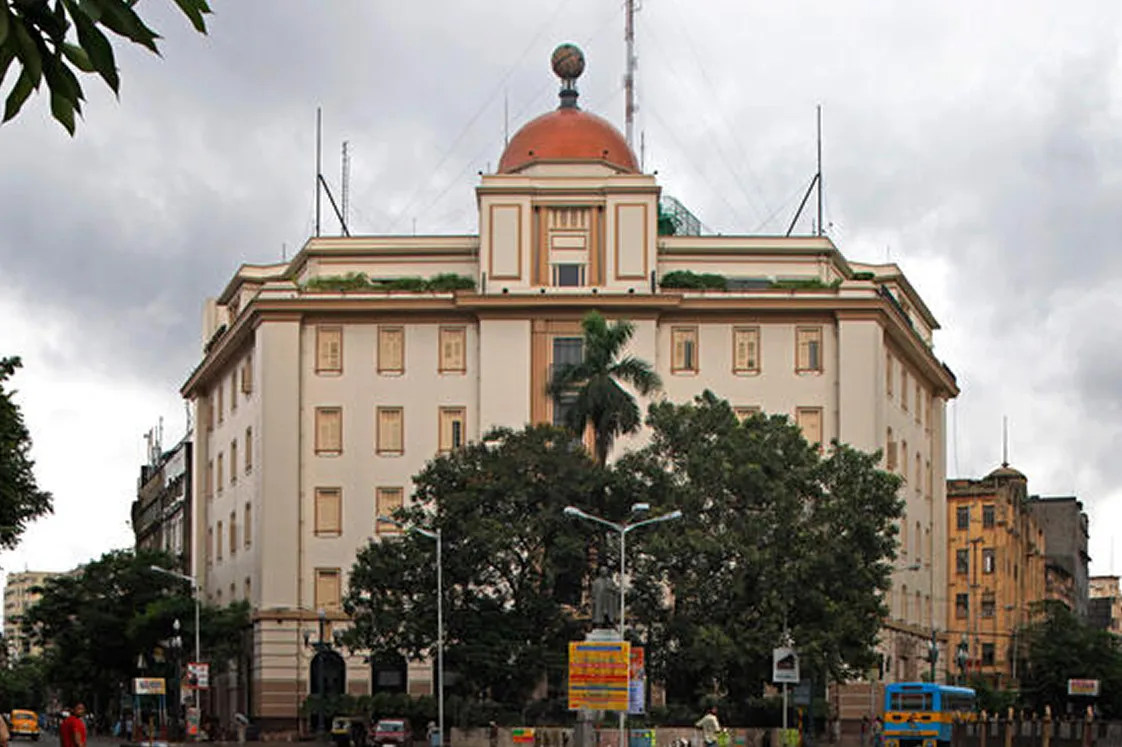
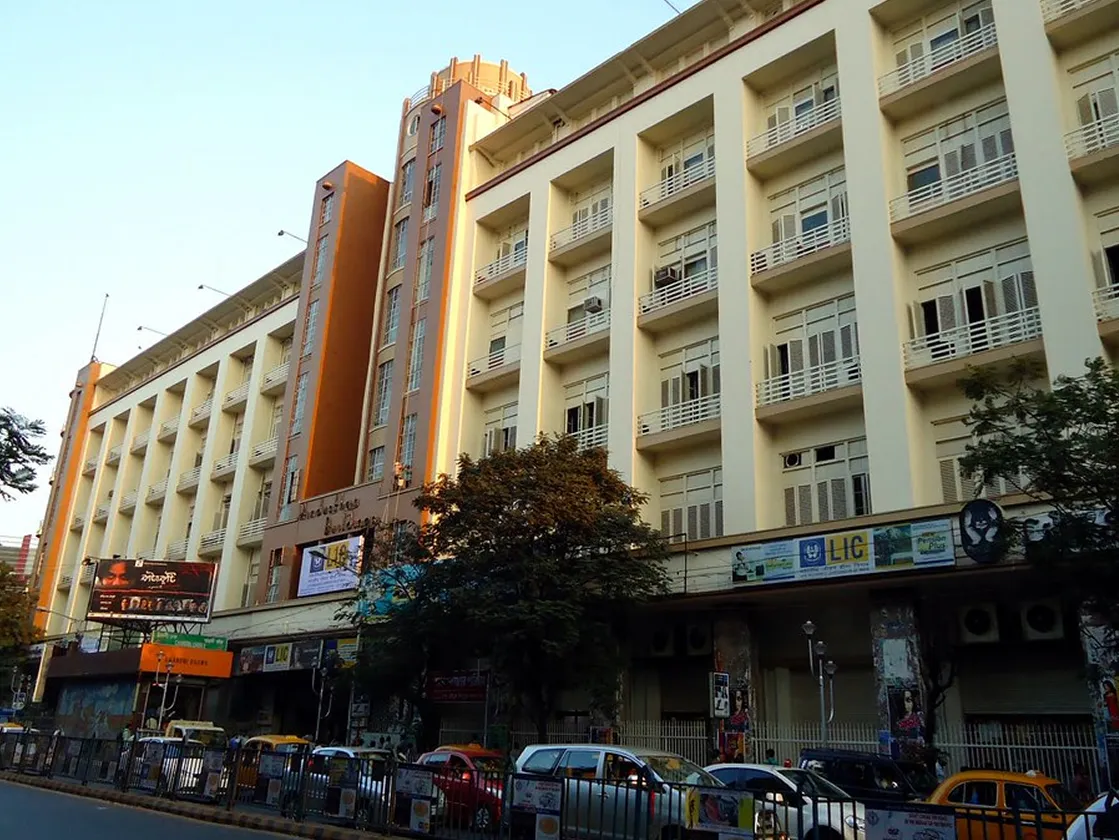
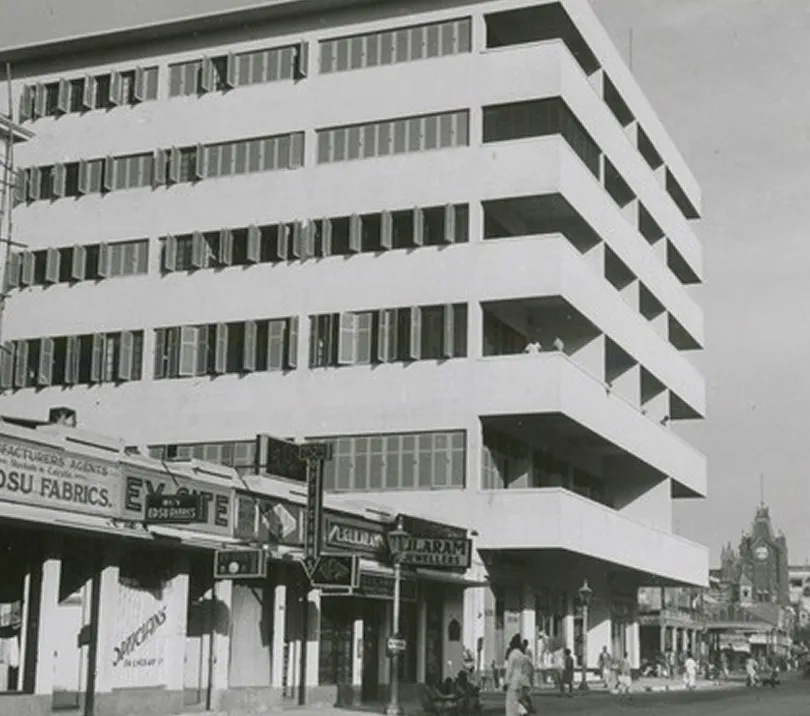
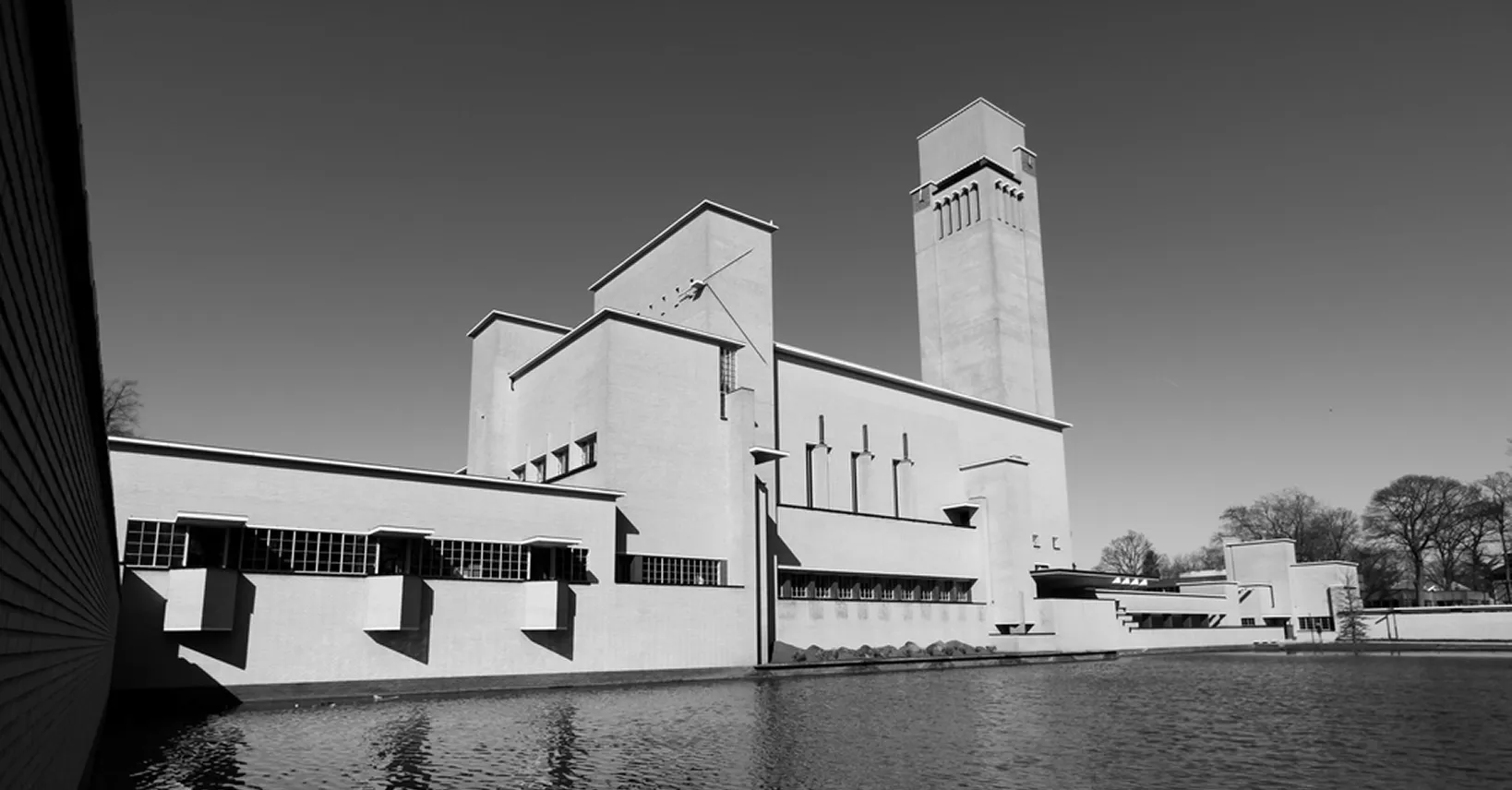
W.M. Dudok
Unfortunately, the complex fell to despair and ruin. It was used as a department store and, after a major fire in 2014, it was demolished.
Art Deco structures in Kolkata are realised as a reprise. There are many more beautiful Art Deco buildings in both South and North Kolkata than are immediately or evidently visible today. Several of these buildings were demolished as the city ‘developed’, and the rest, you might perchance discover as rundown structures identifiable only by remnants of their original design elements of semi-circular balconies, porthole windows or sunray motifs.
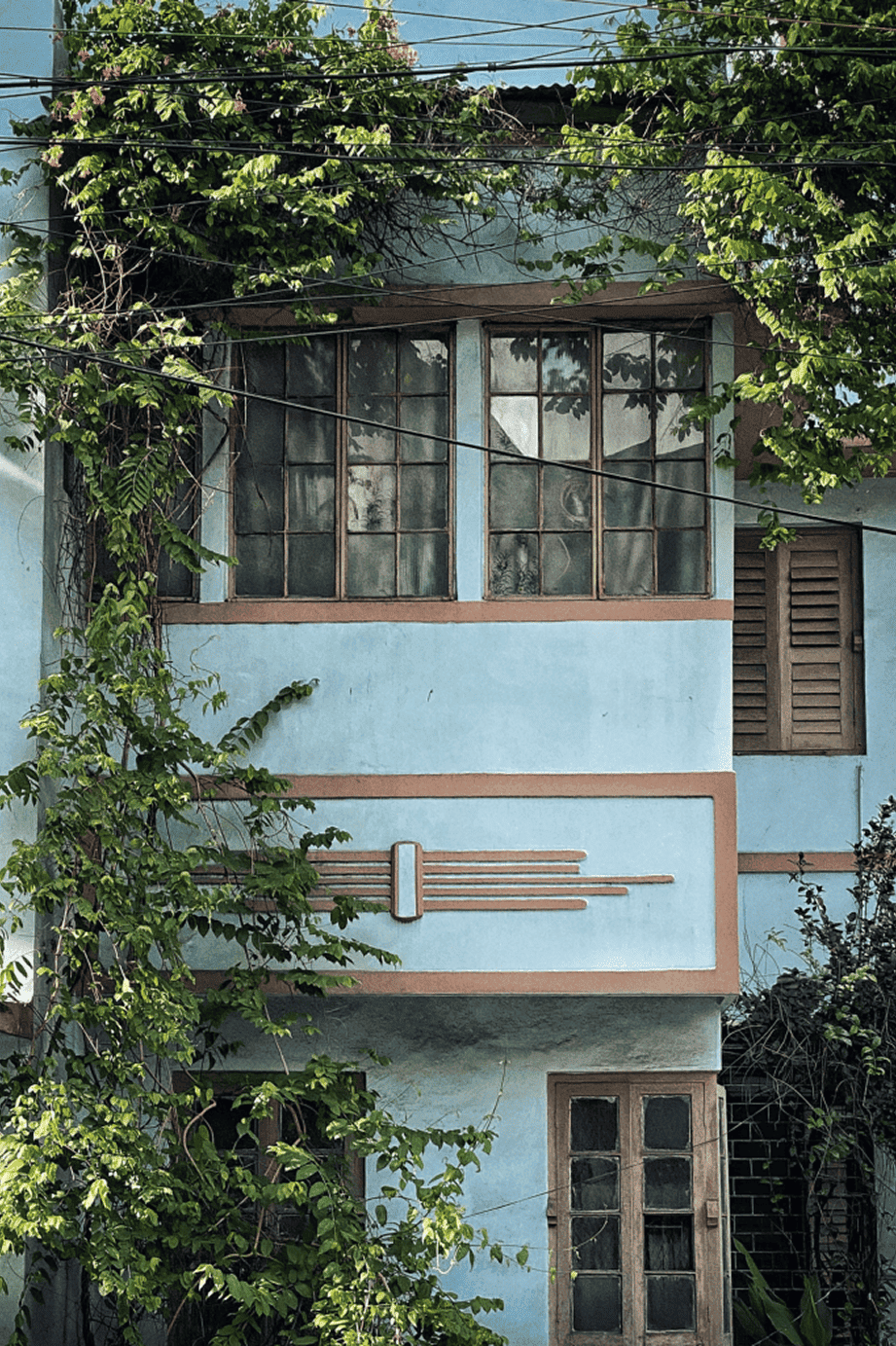
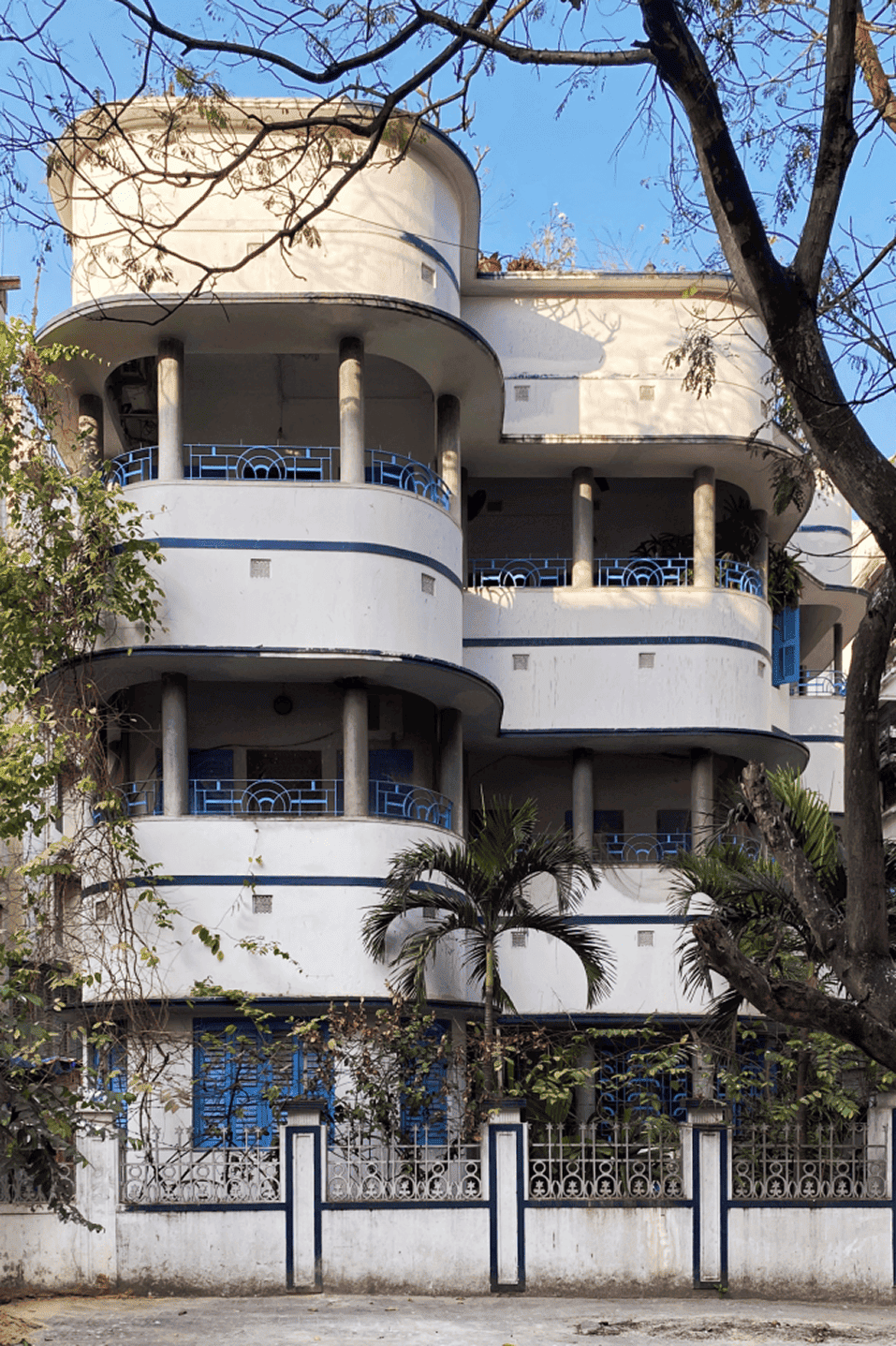
HOUSES OF CONSERVATION
The fate of several of the public Art Deco buildings is sealed in glass, plastic or ruin but the Art Deco homes of the middle-class Bengali professionals that share common elements of the Art Deco legacies of Kolkata, have a more uncertain and perhaps hopeful future.
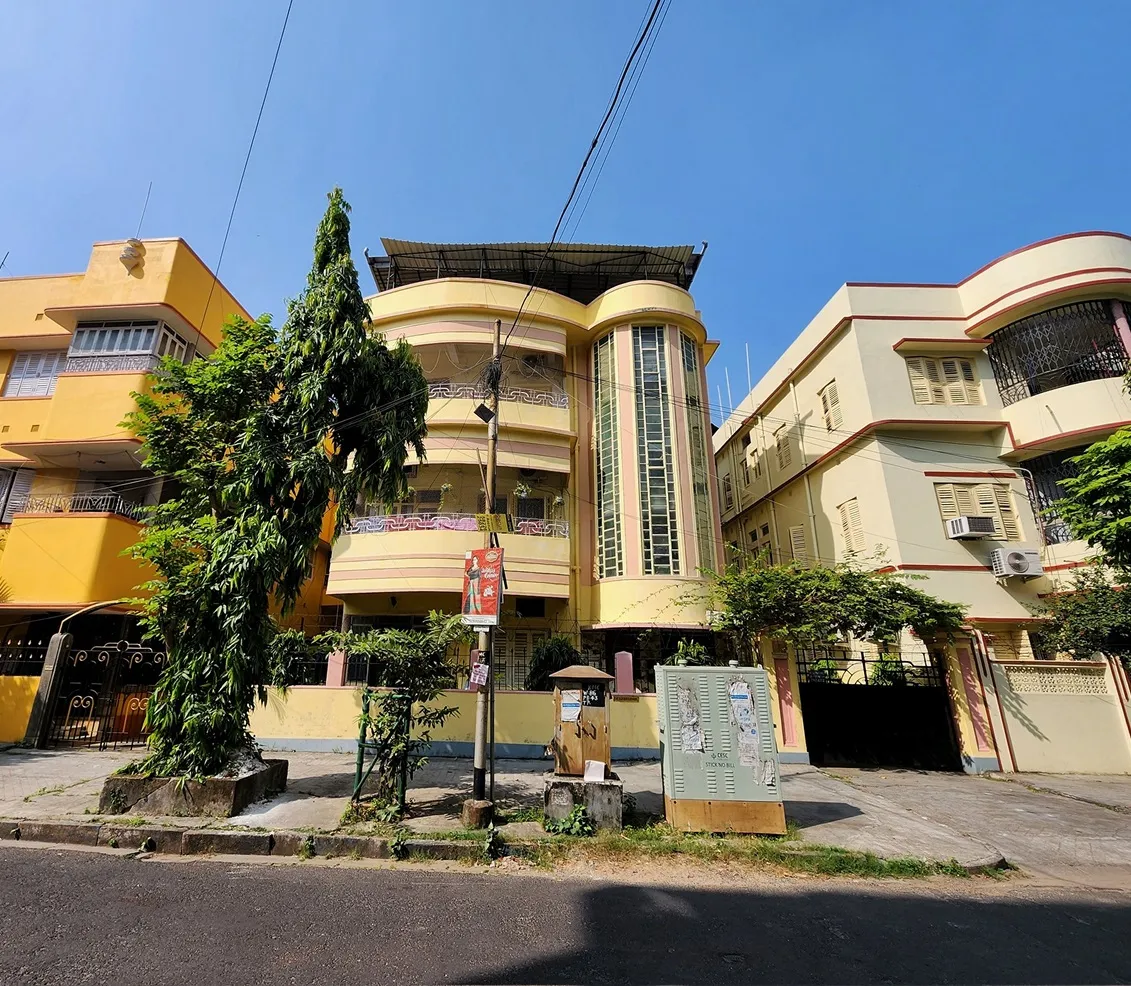

Author Amit Chaudhuri spearheaded a movement to preserve ‘ordinary’ Bengali homes in South Kolkata and created Calcutta Architectural Legacies, which brings into the spotlight buildings that Kolkatans might not think of as ‘heritage structures’ worthy of saving.
READ MORESome of these homes have been refurbished as fancy shops, restaurants and hotels
all of which come under the larger umbrella of gentrification.
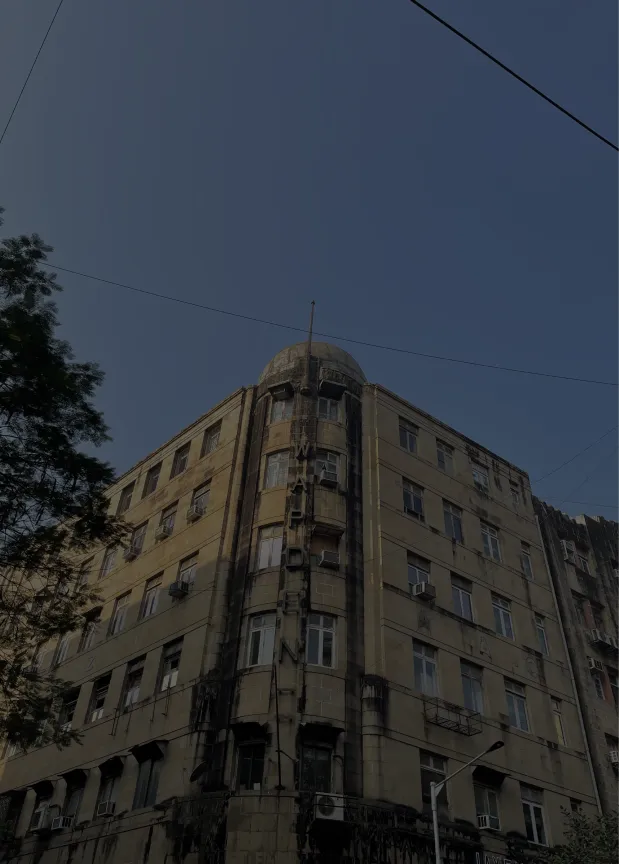
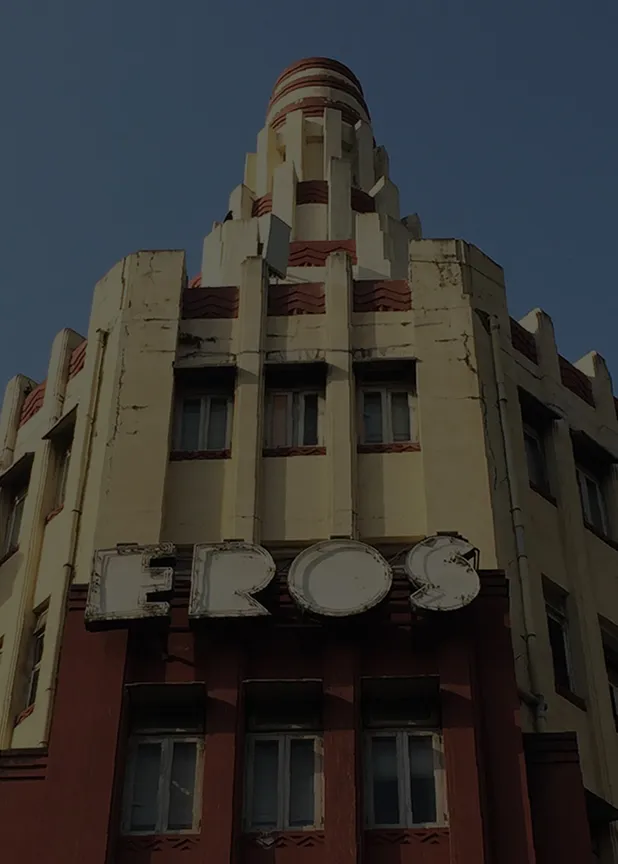
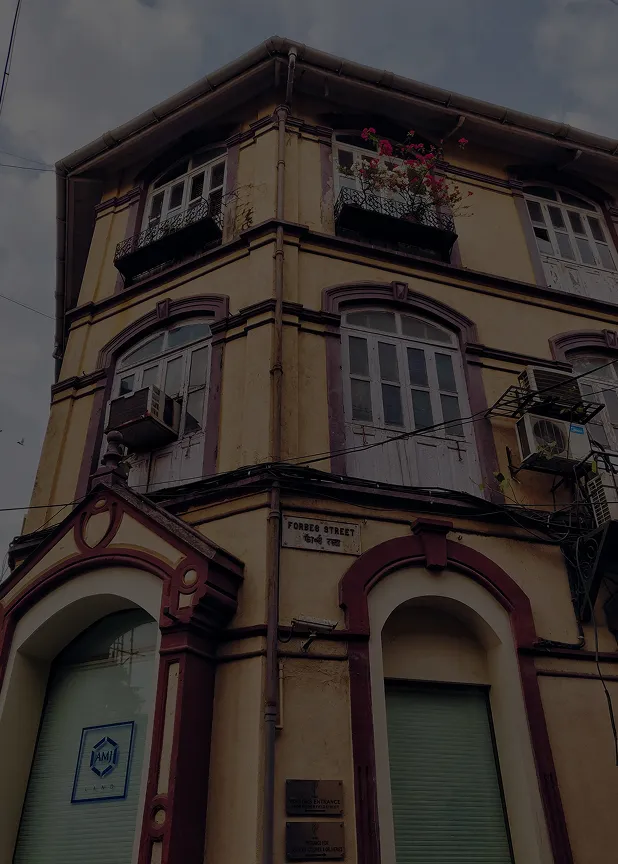
While you might be more familiar with the Bombay Art Deco landmarks, Kolkata might be no different.
The ‘fications’ are certainly better than houses being torn down and lost forever. Although Mumbai Art Deco buildings on Marine Drive and Oval Maidan are more 'famous', what makes South Kolkata’s Art Deco homes unique is the fact that they are more a result of “jugaad than formal architectural decisions, and that most people are intimately familiar with them without even realising it”.
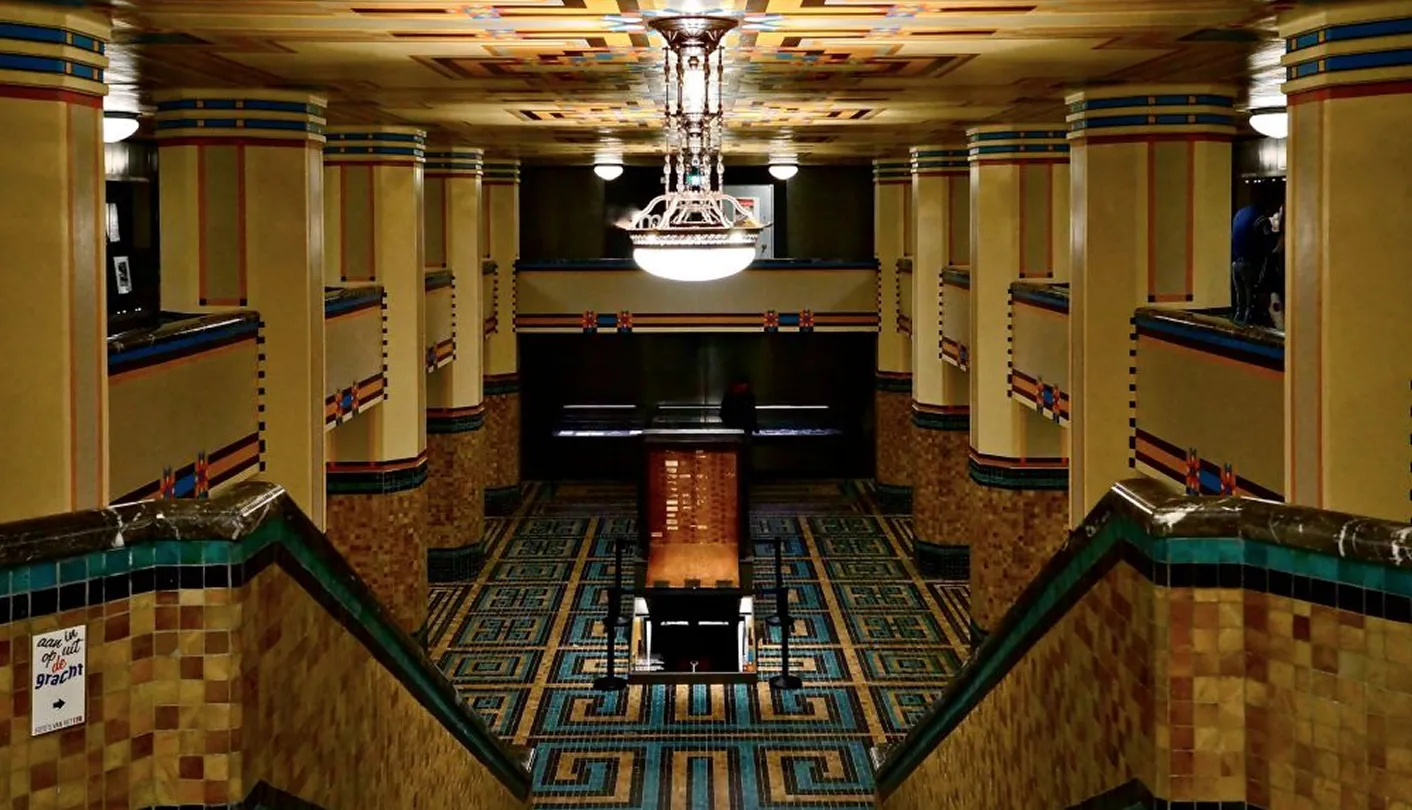
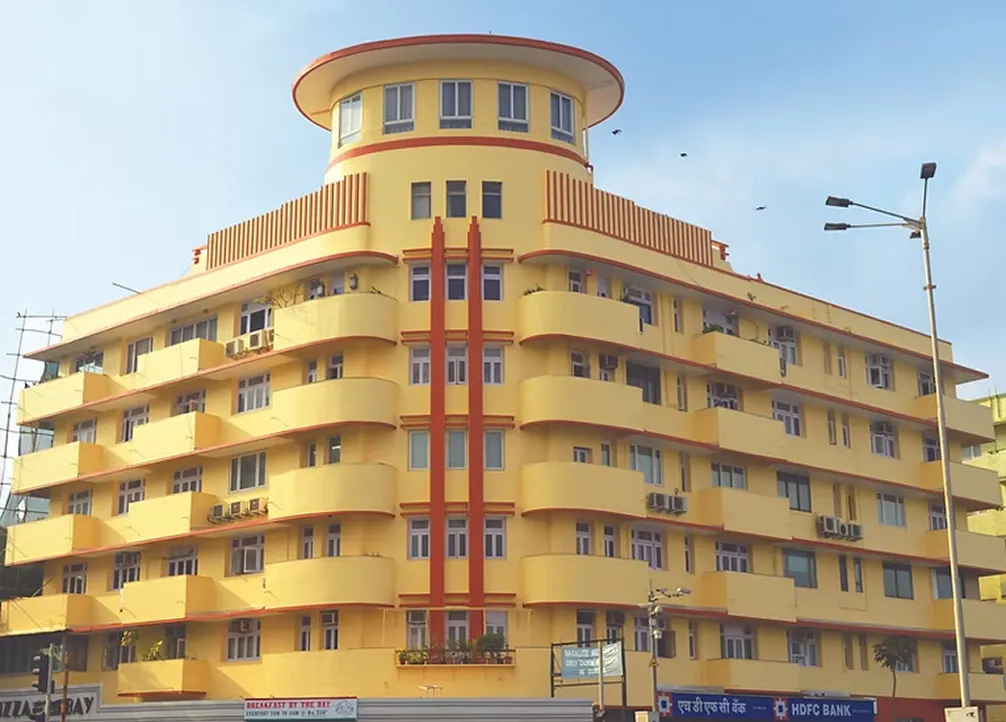
Perhaps the onus to save these structures lie within communities that inhabit these homes… but economics dictate otherwise. We can cite the ‘renewal’ of NY, Berlin and Amsterdam but once again the economics are hugely different, both at the personal level as well as the government and municipal level.
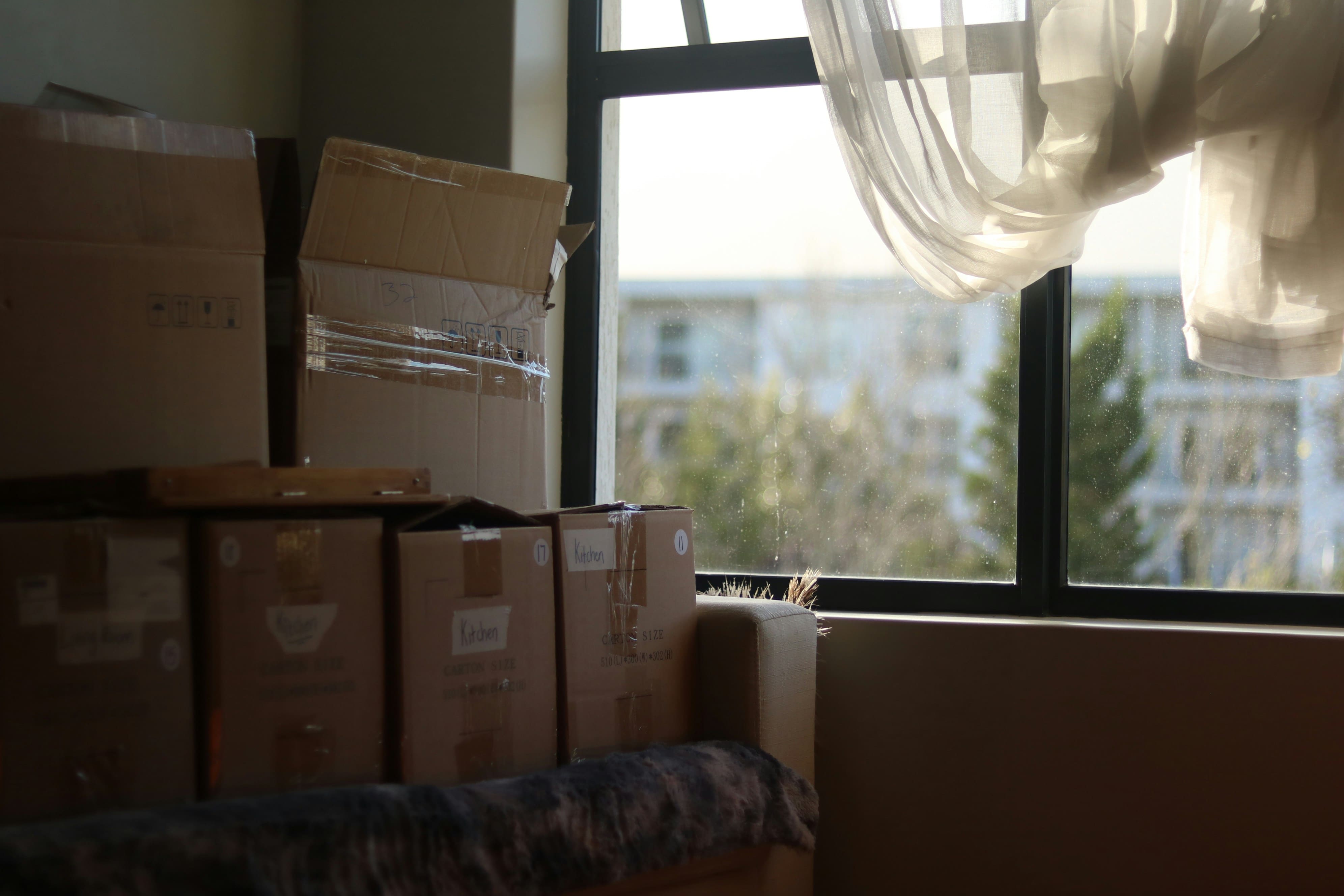
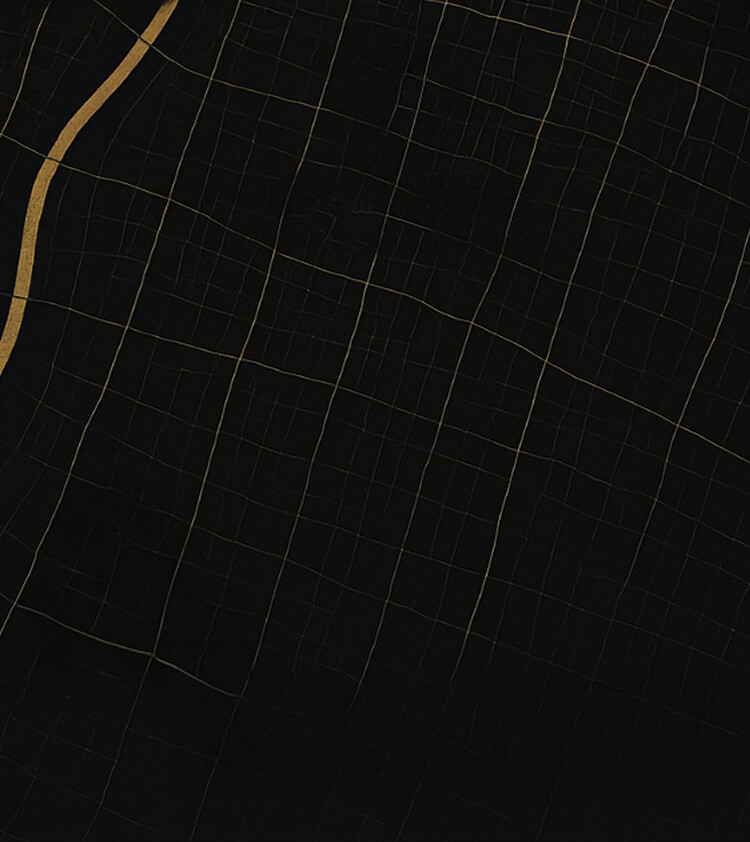

For this story we have relied on images and references that have been sourced online and from many quarters - all sources who we are sure share a love for Art Deco. In case we have missed out on any credits inadvertently our apologies and a few warm hugs.







